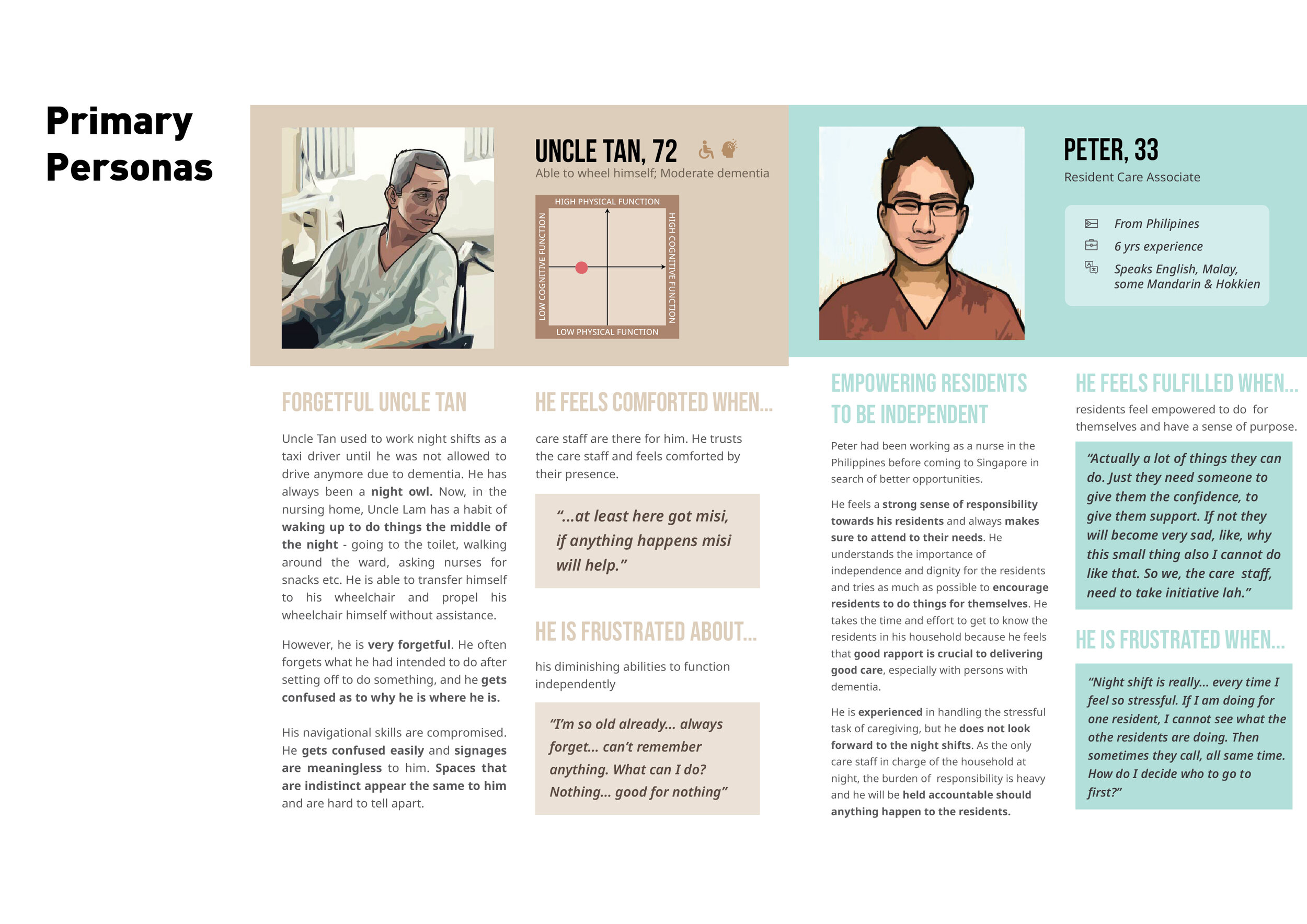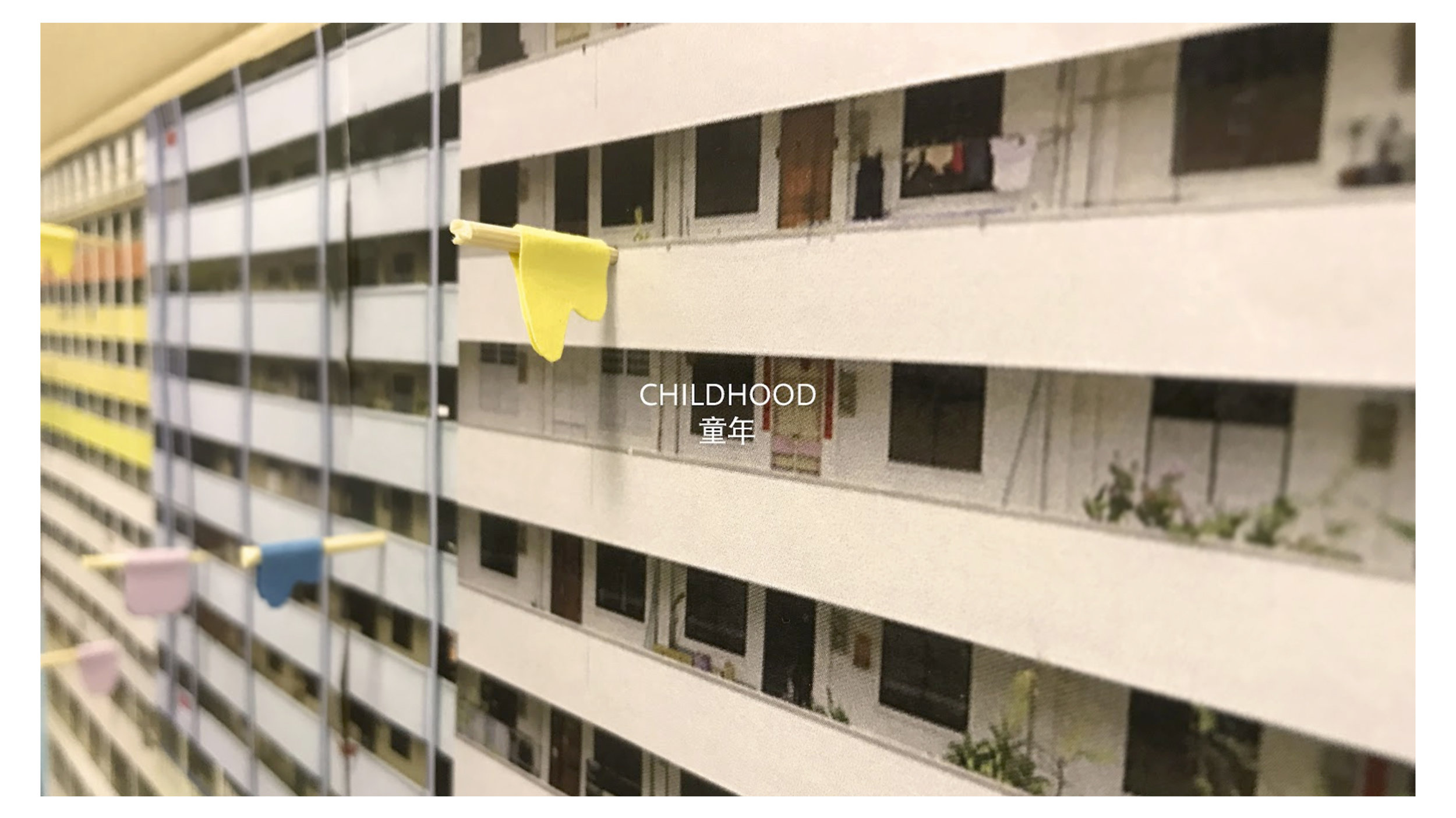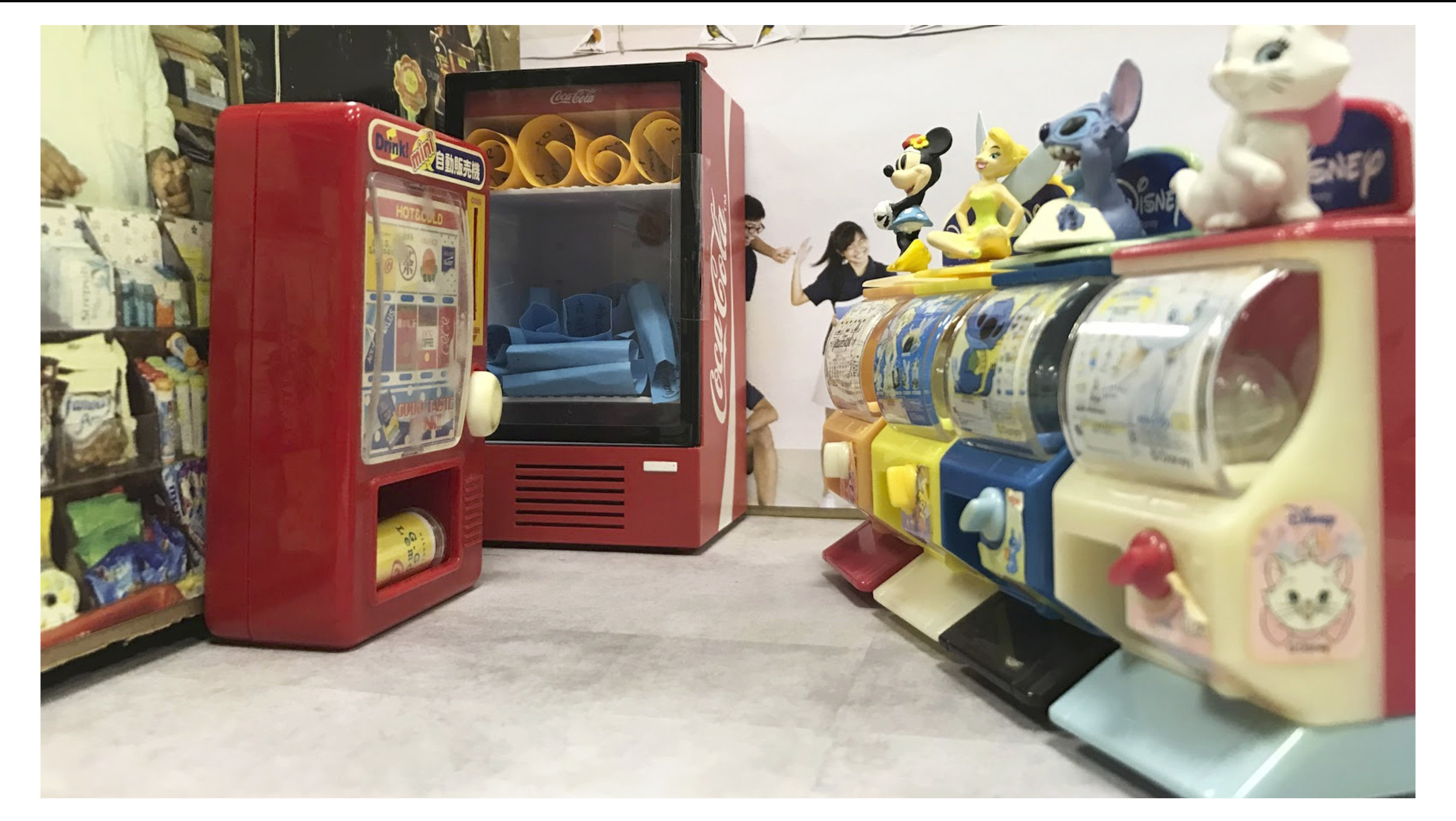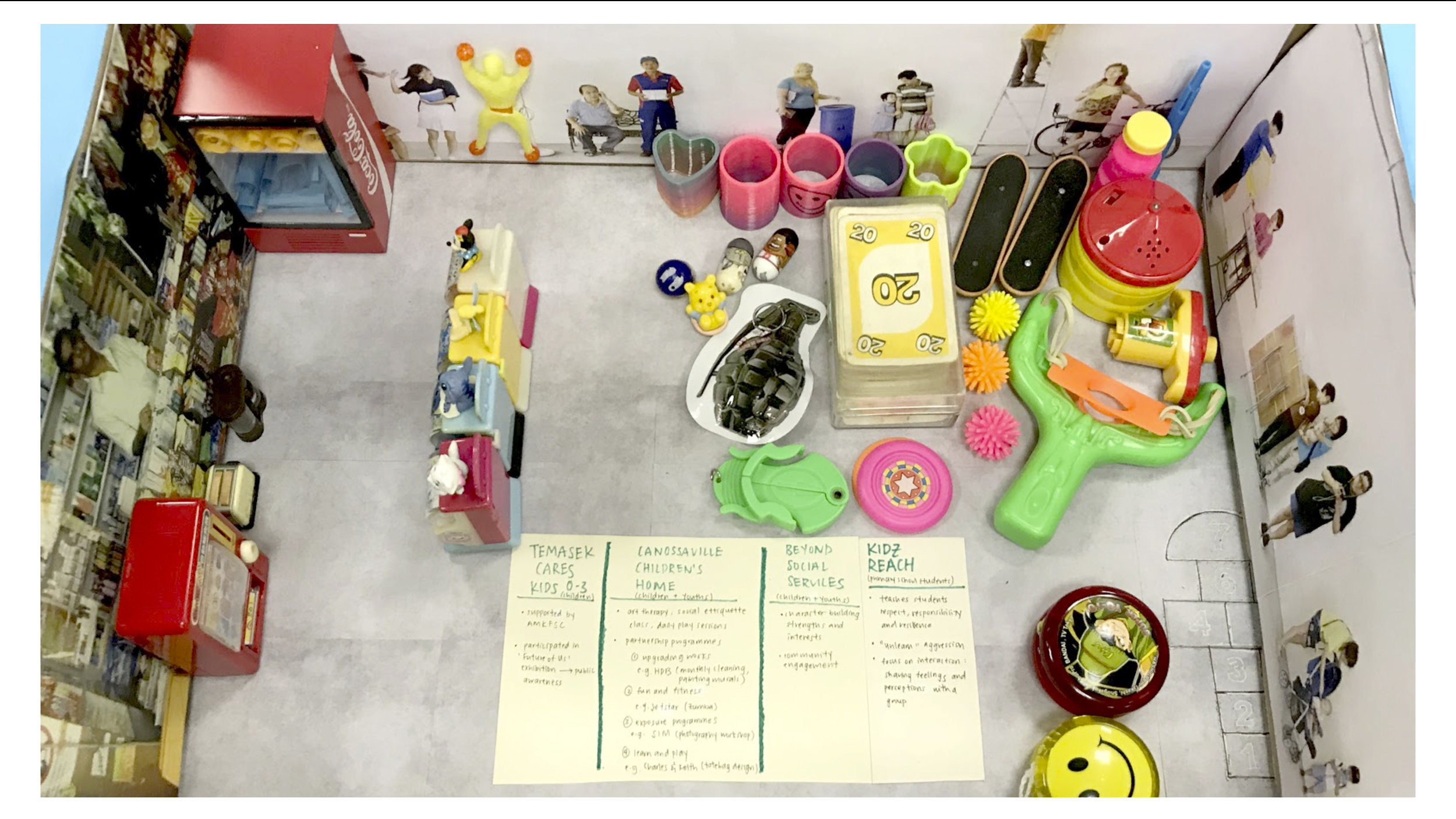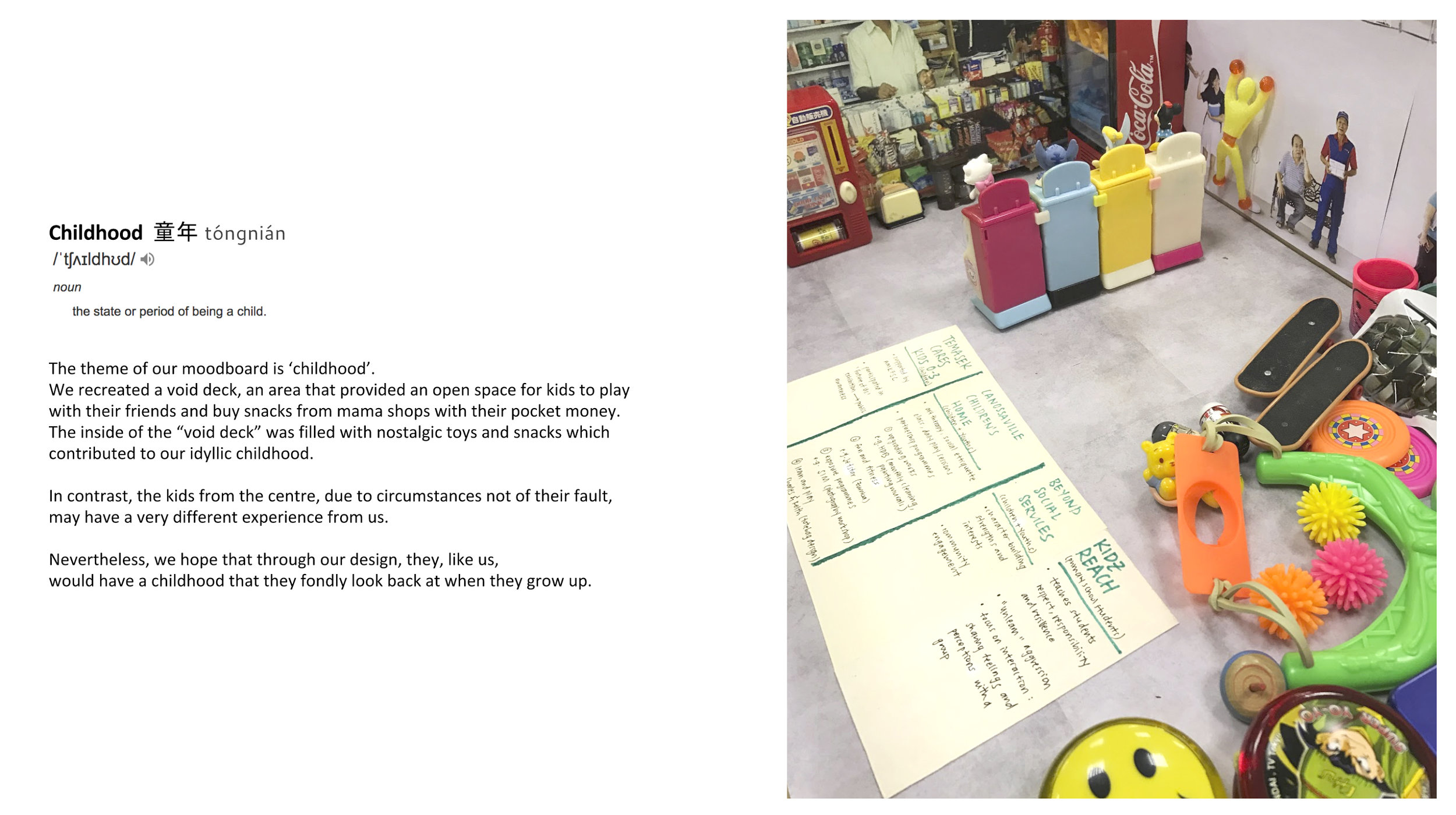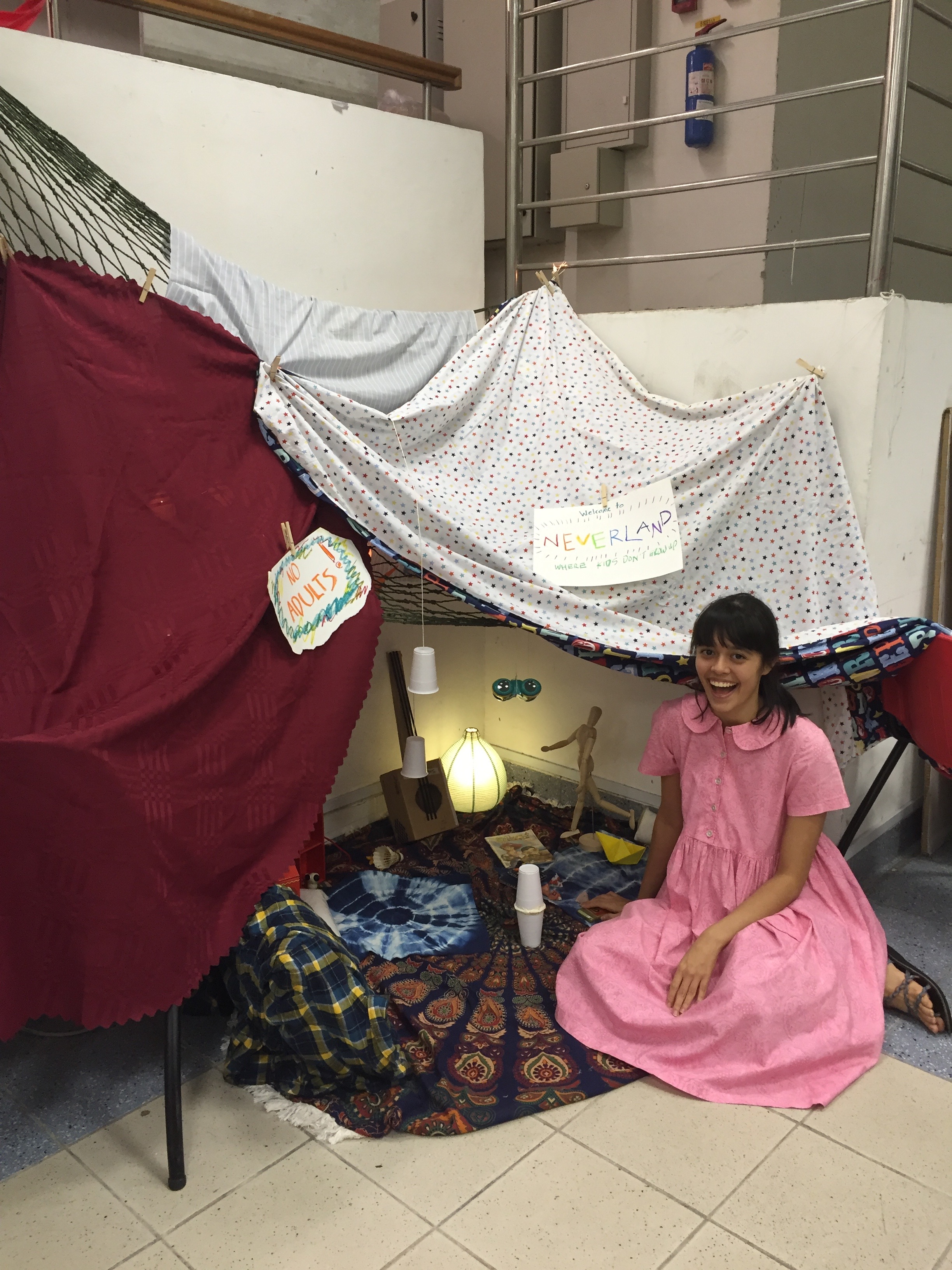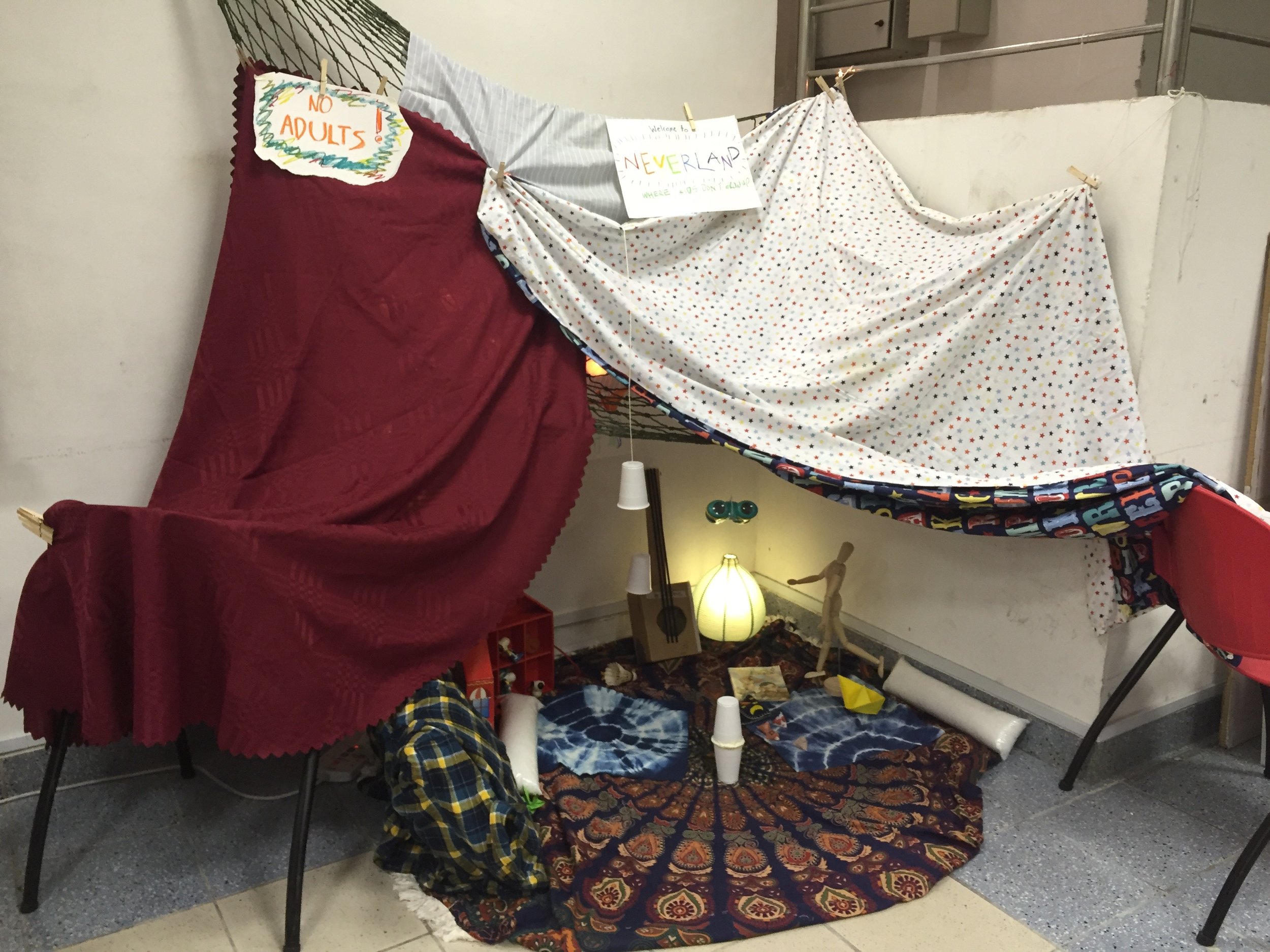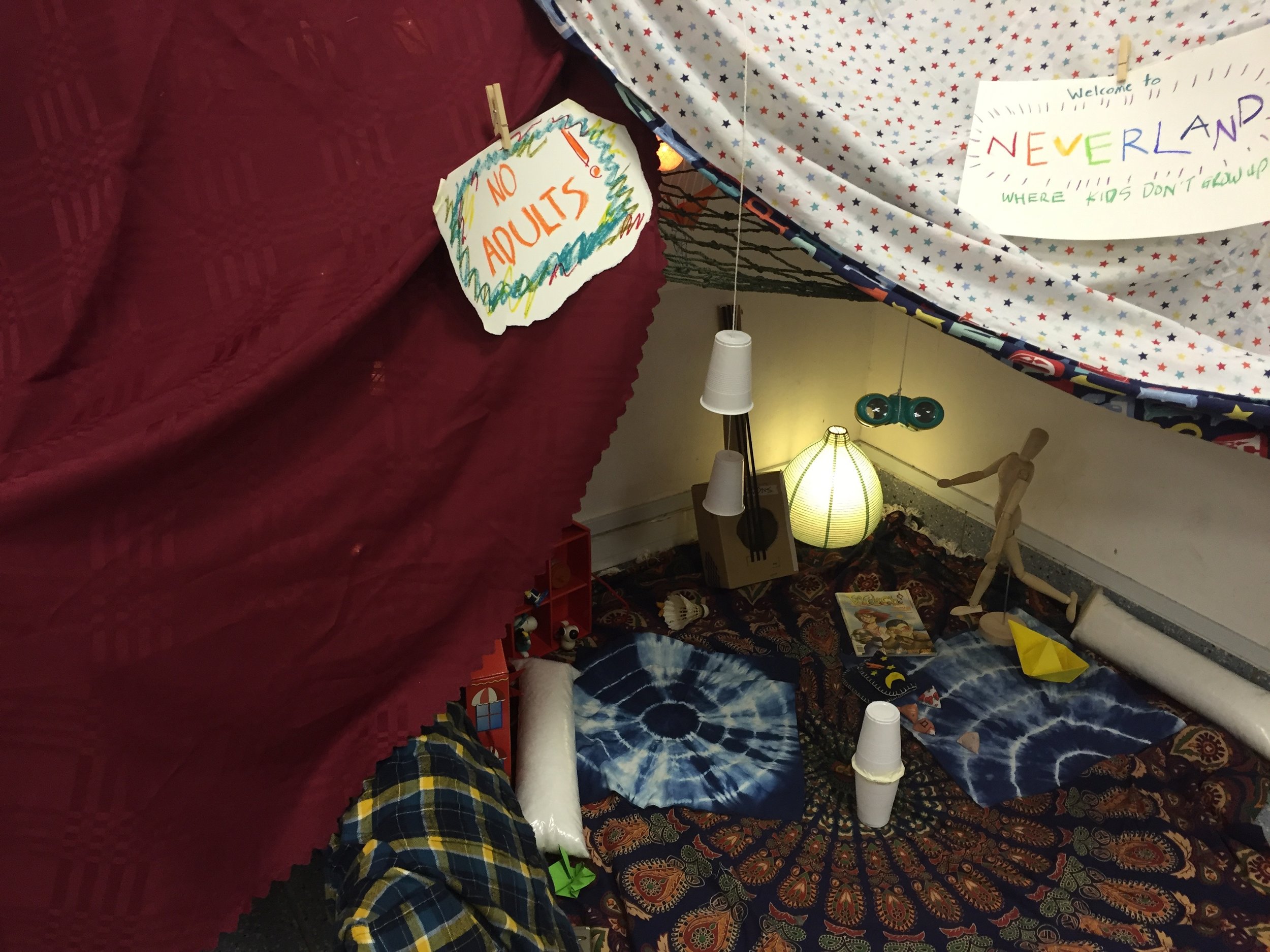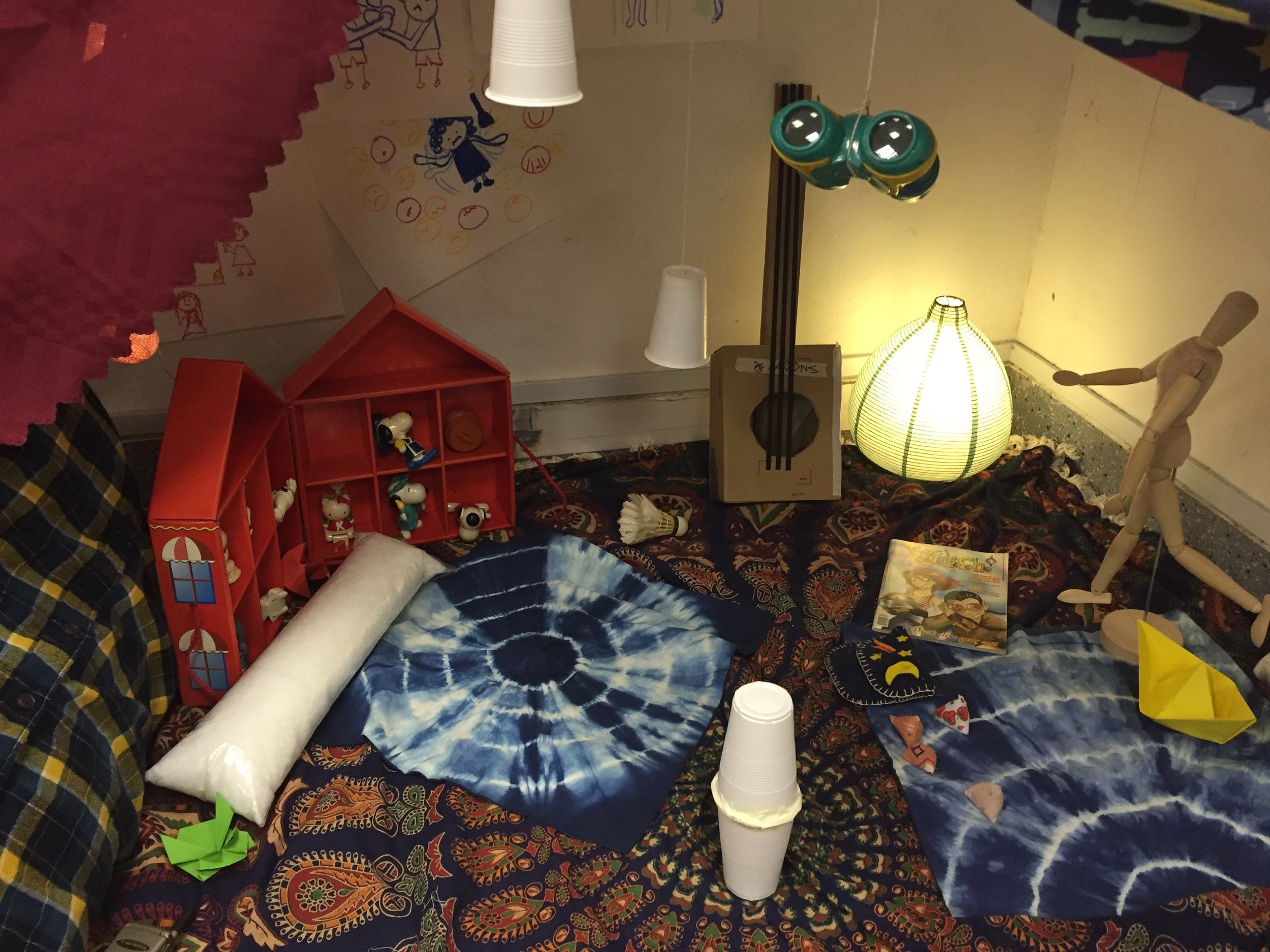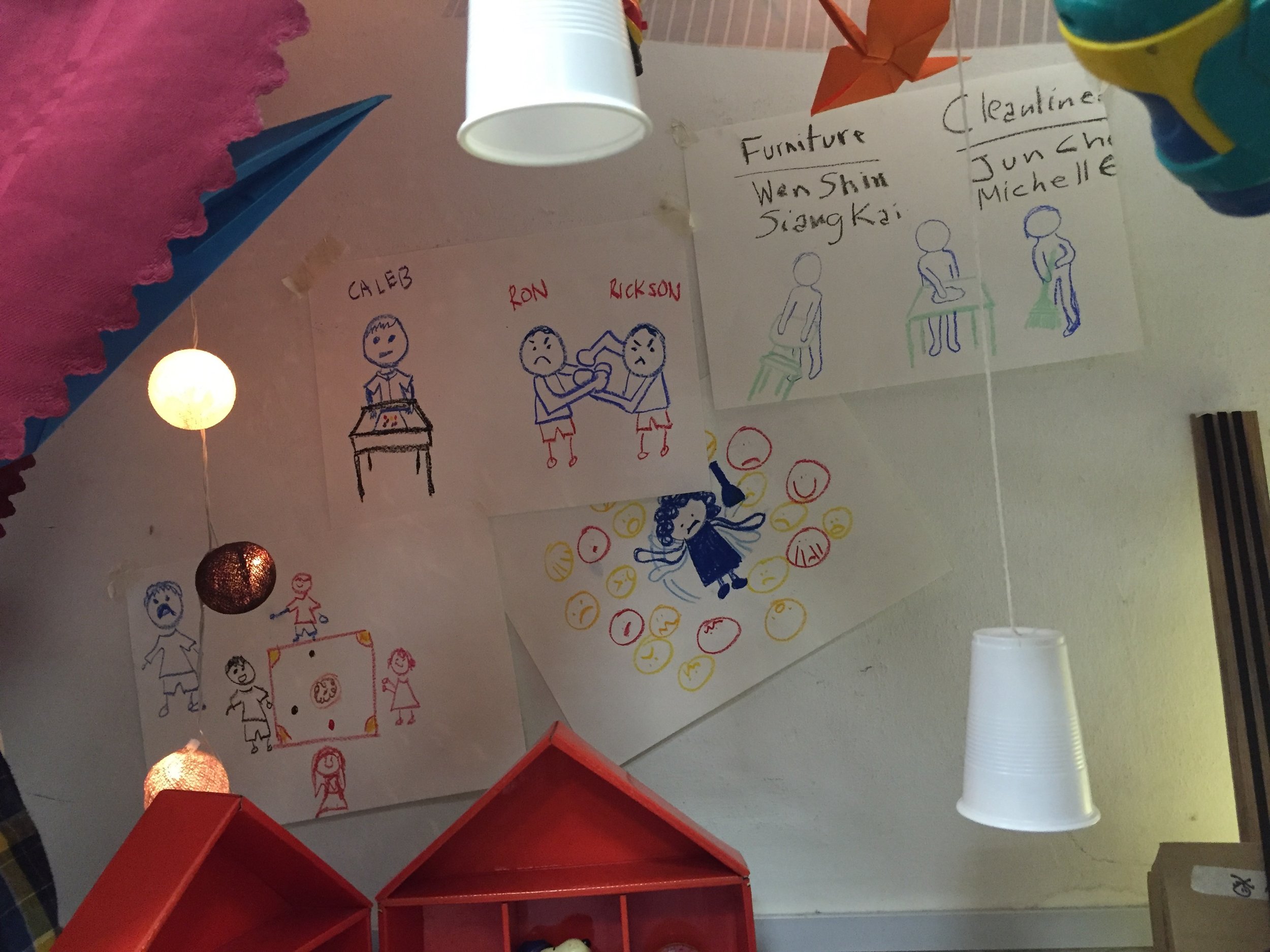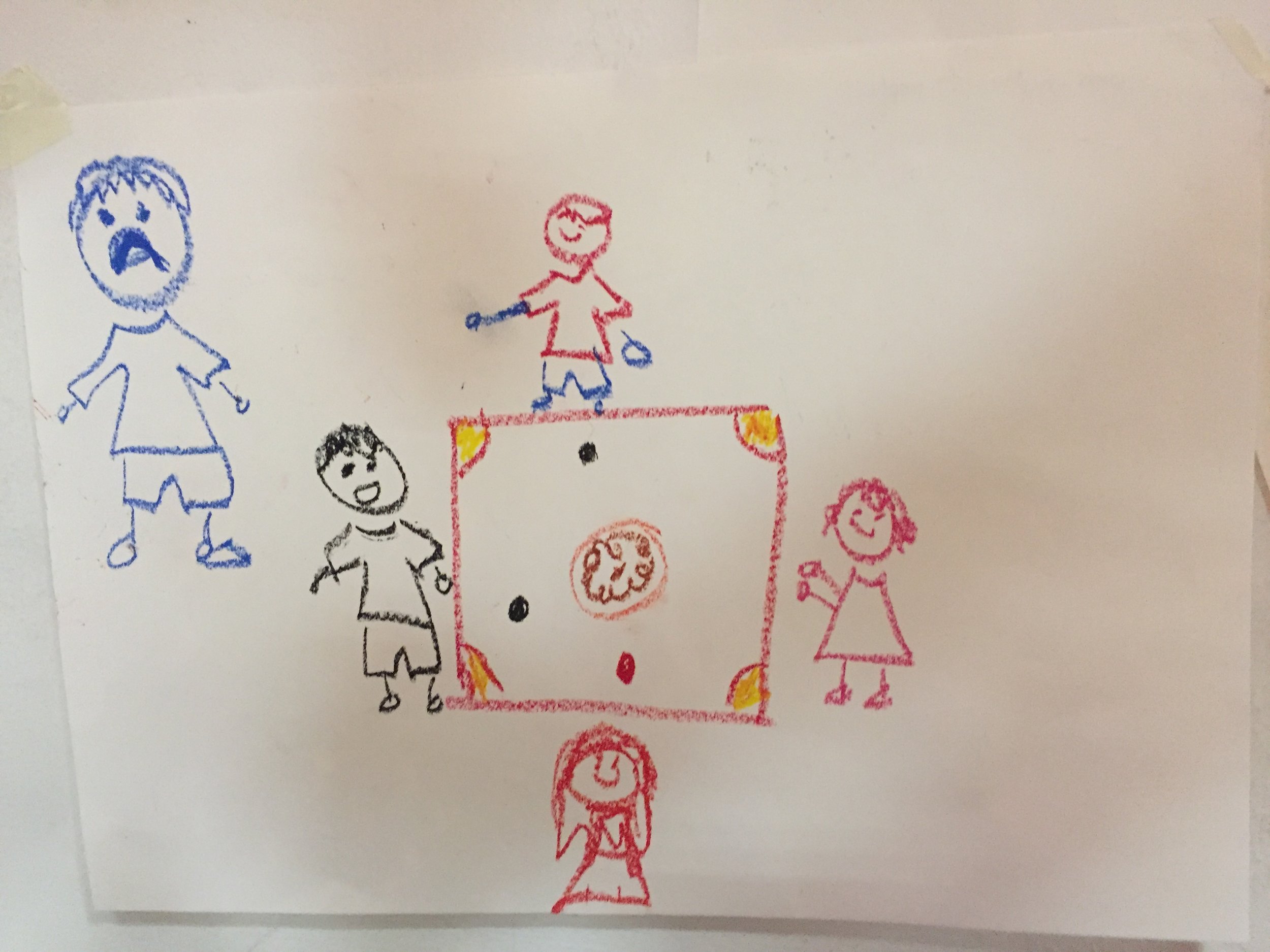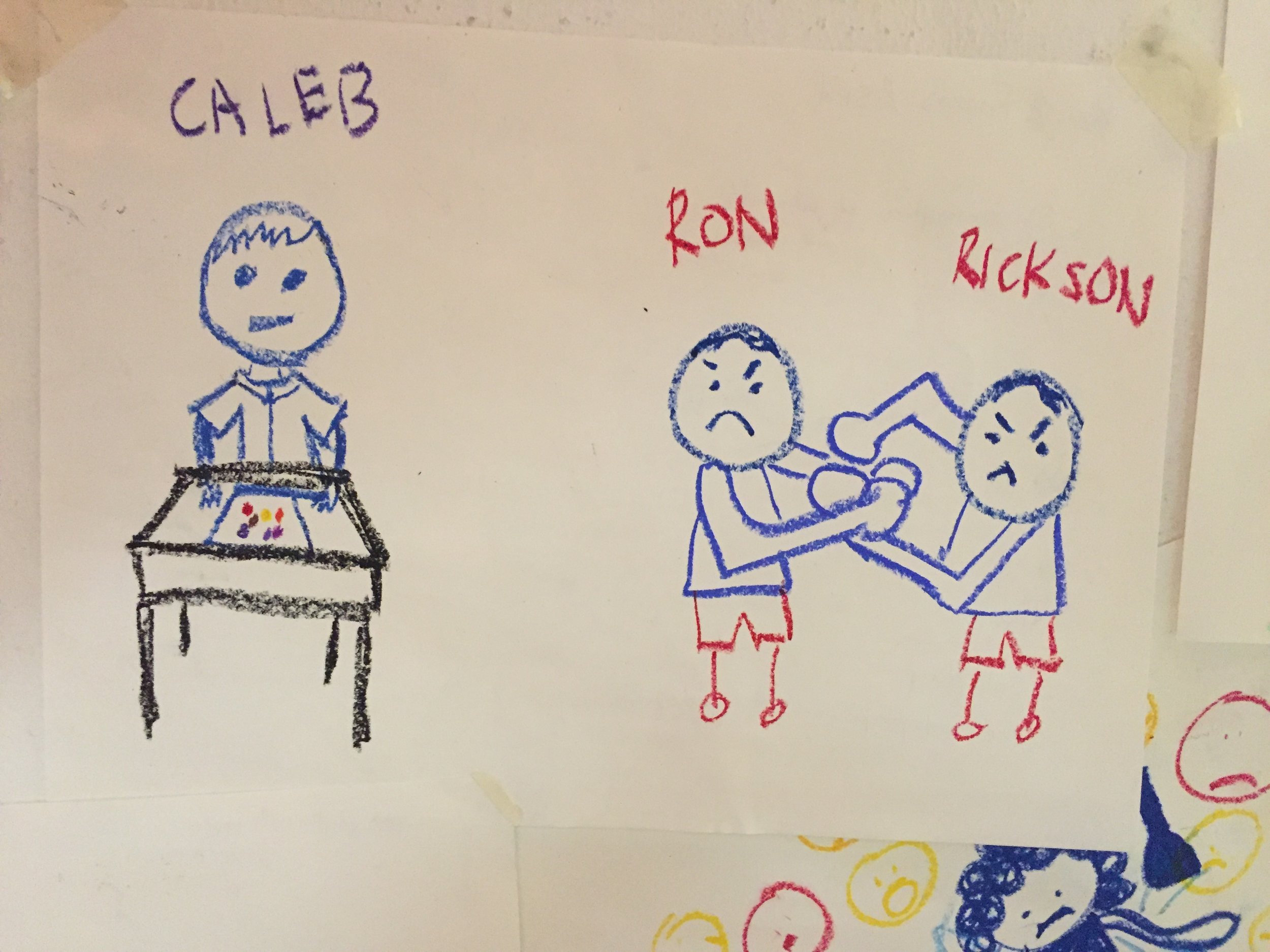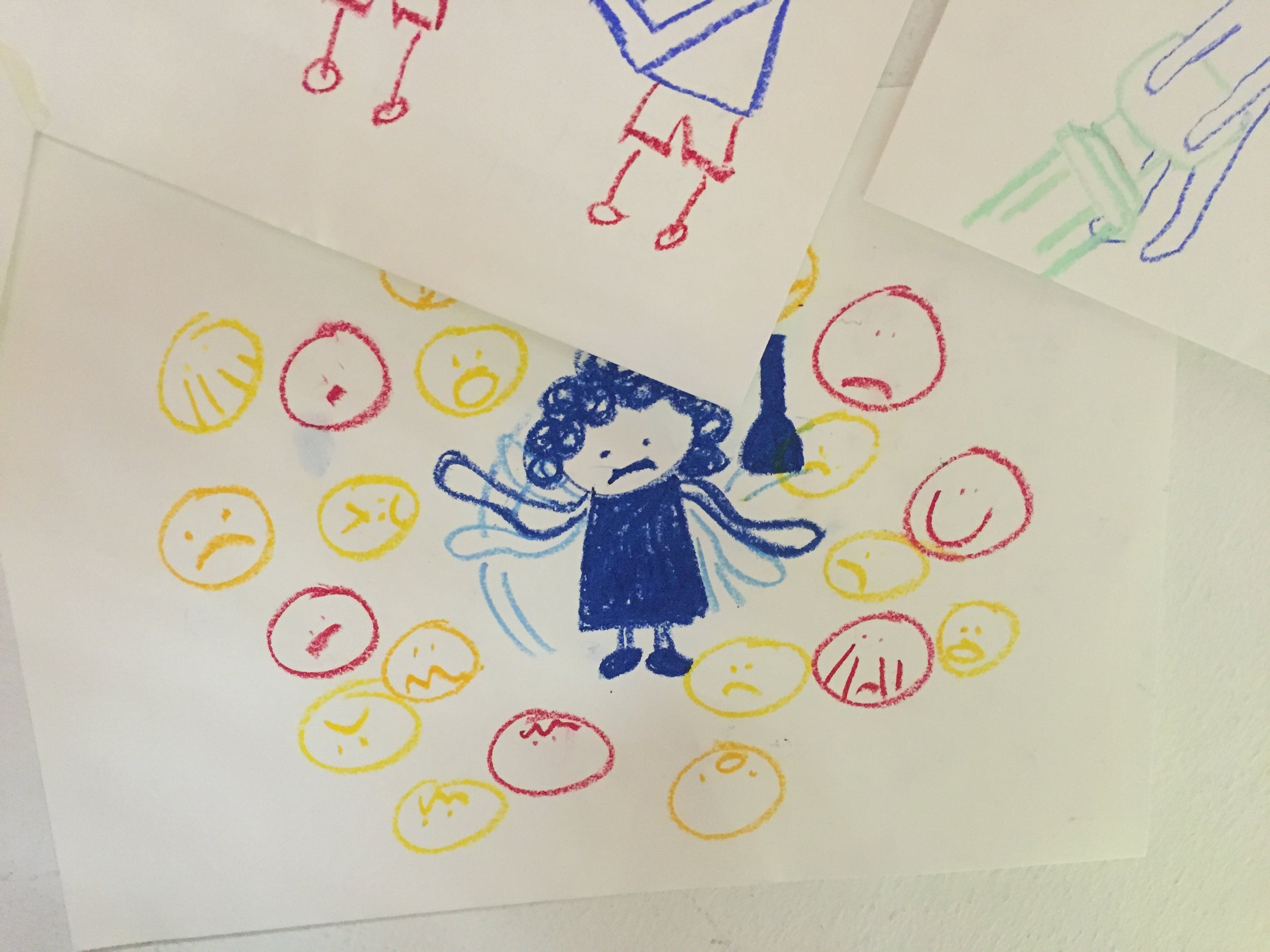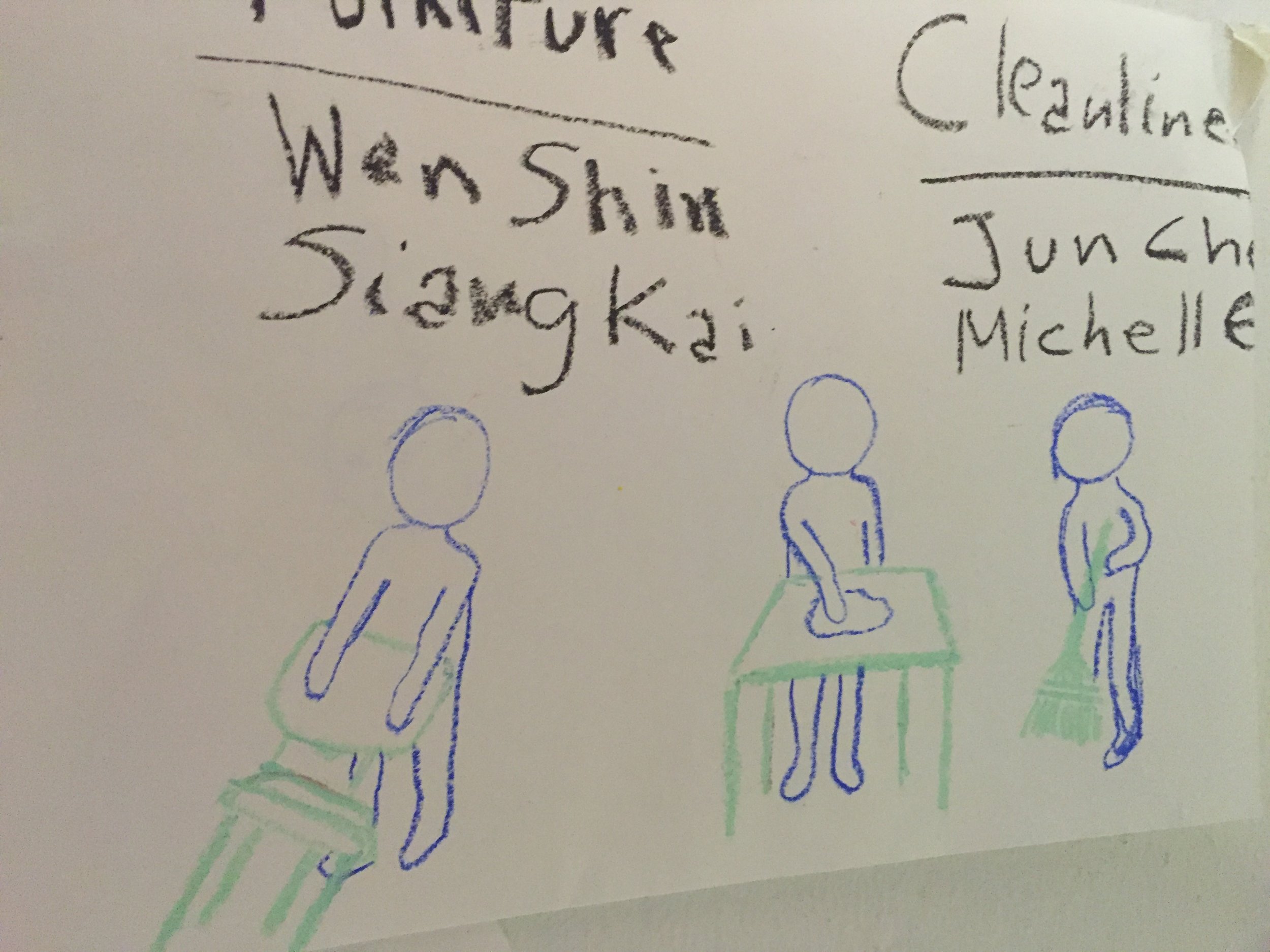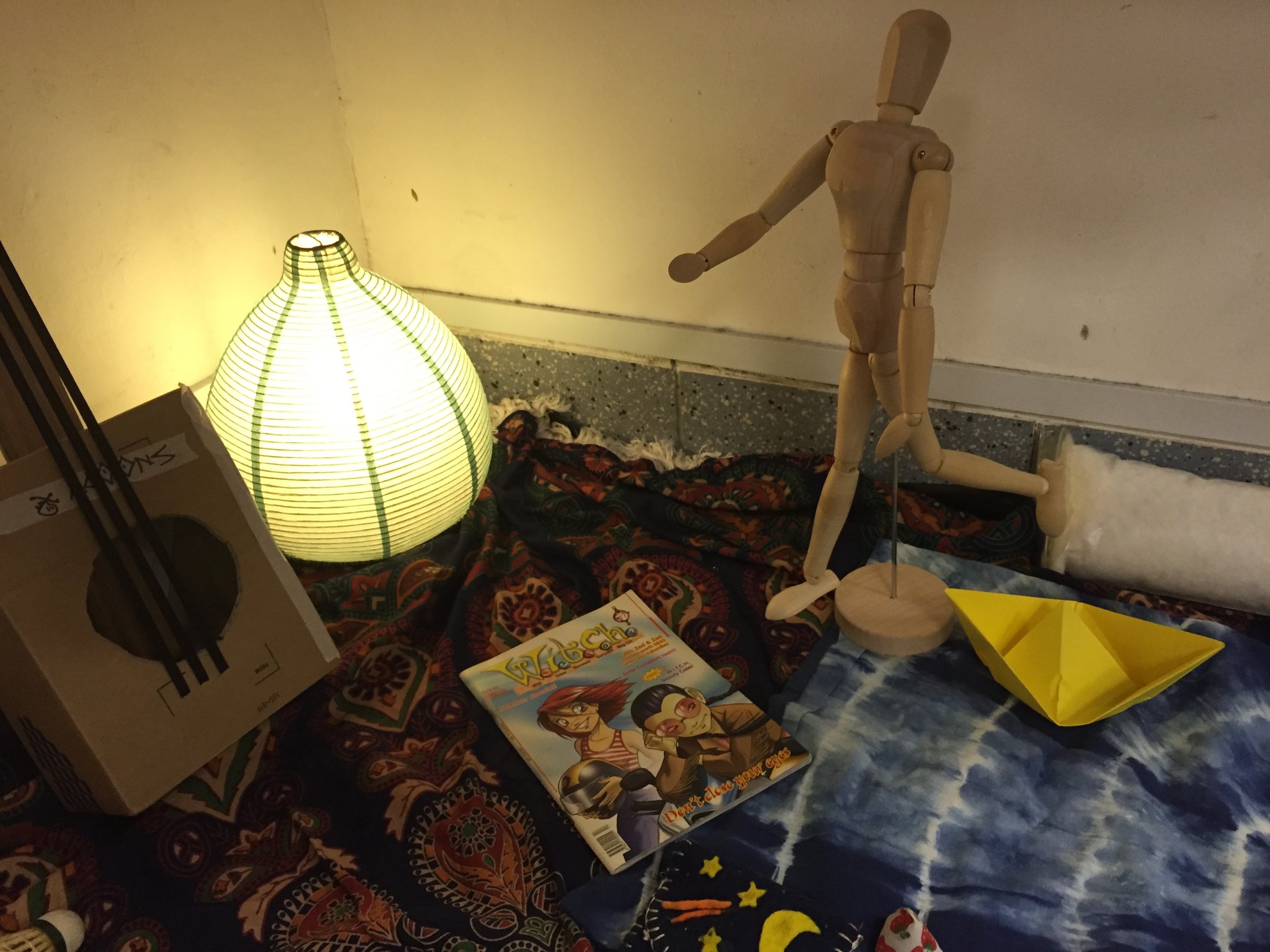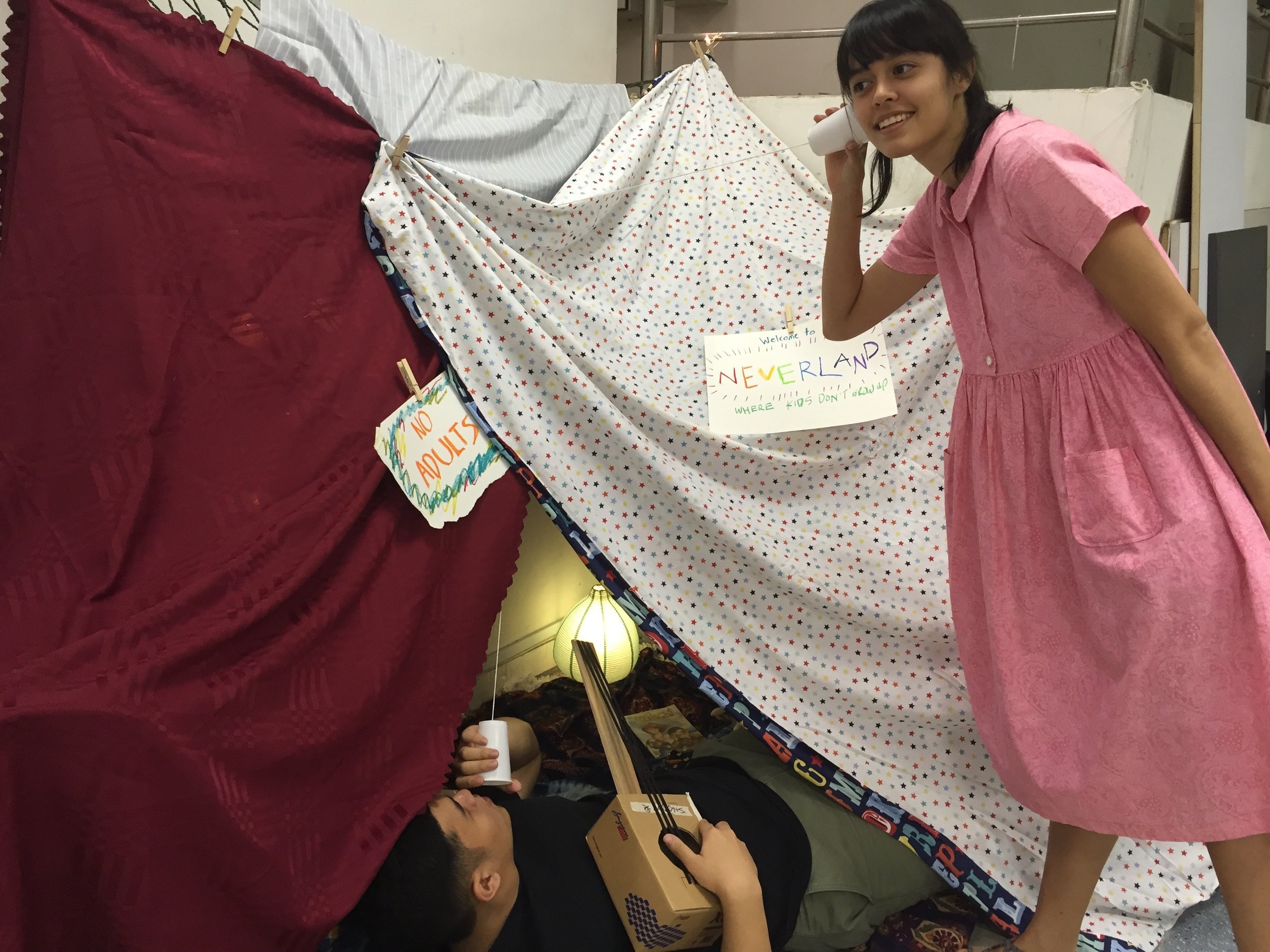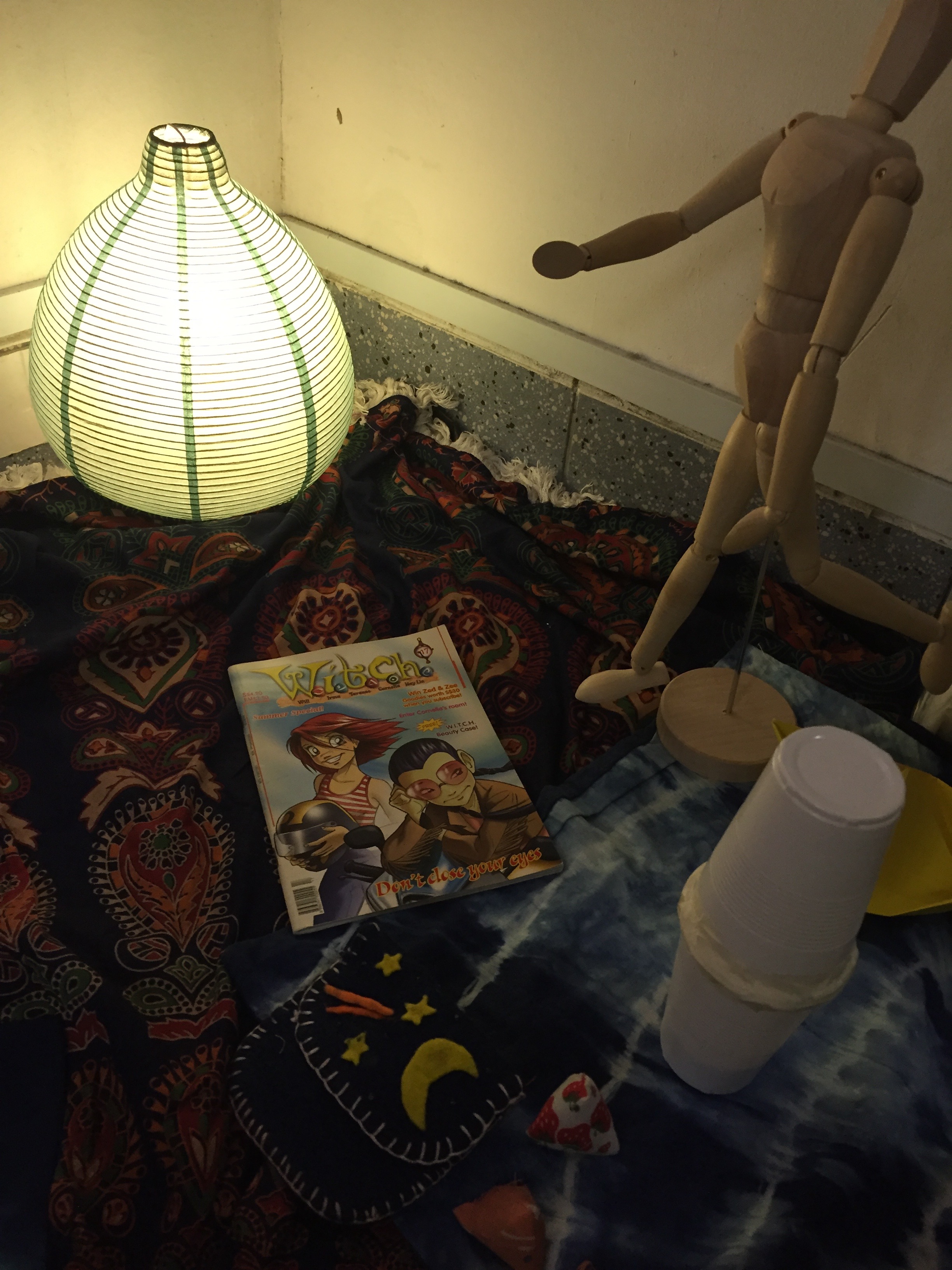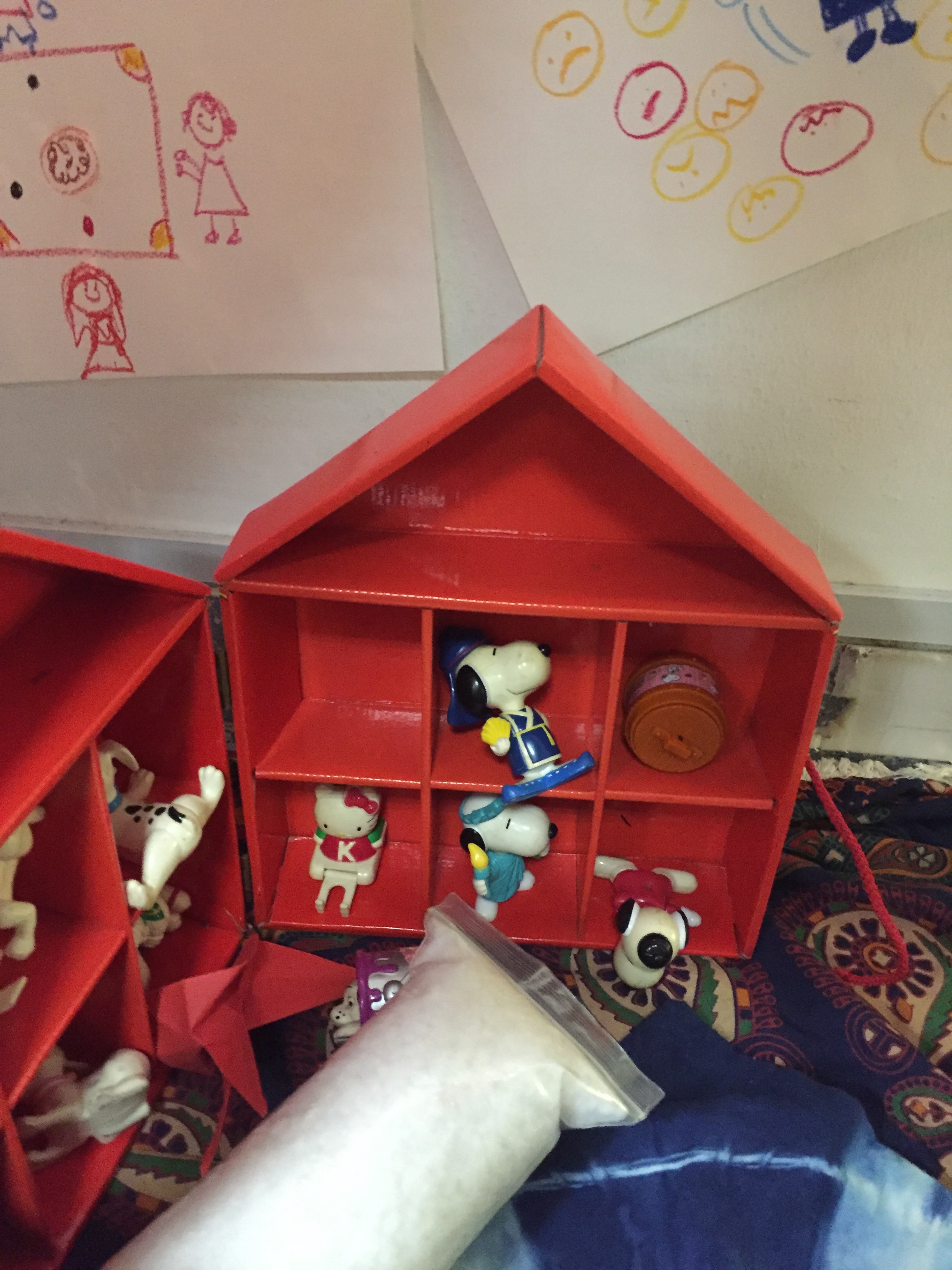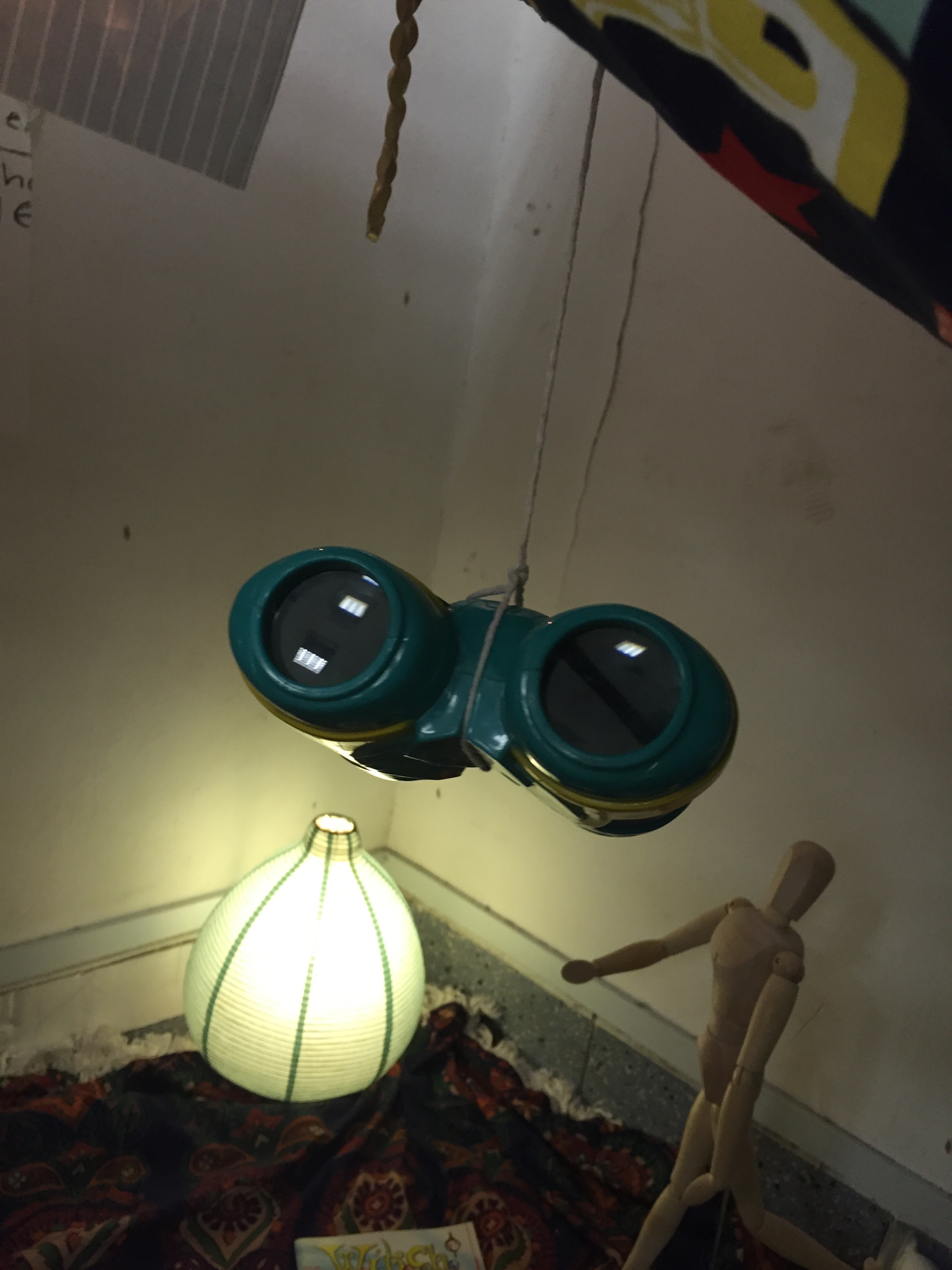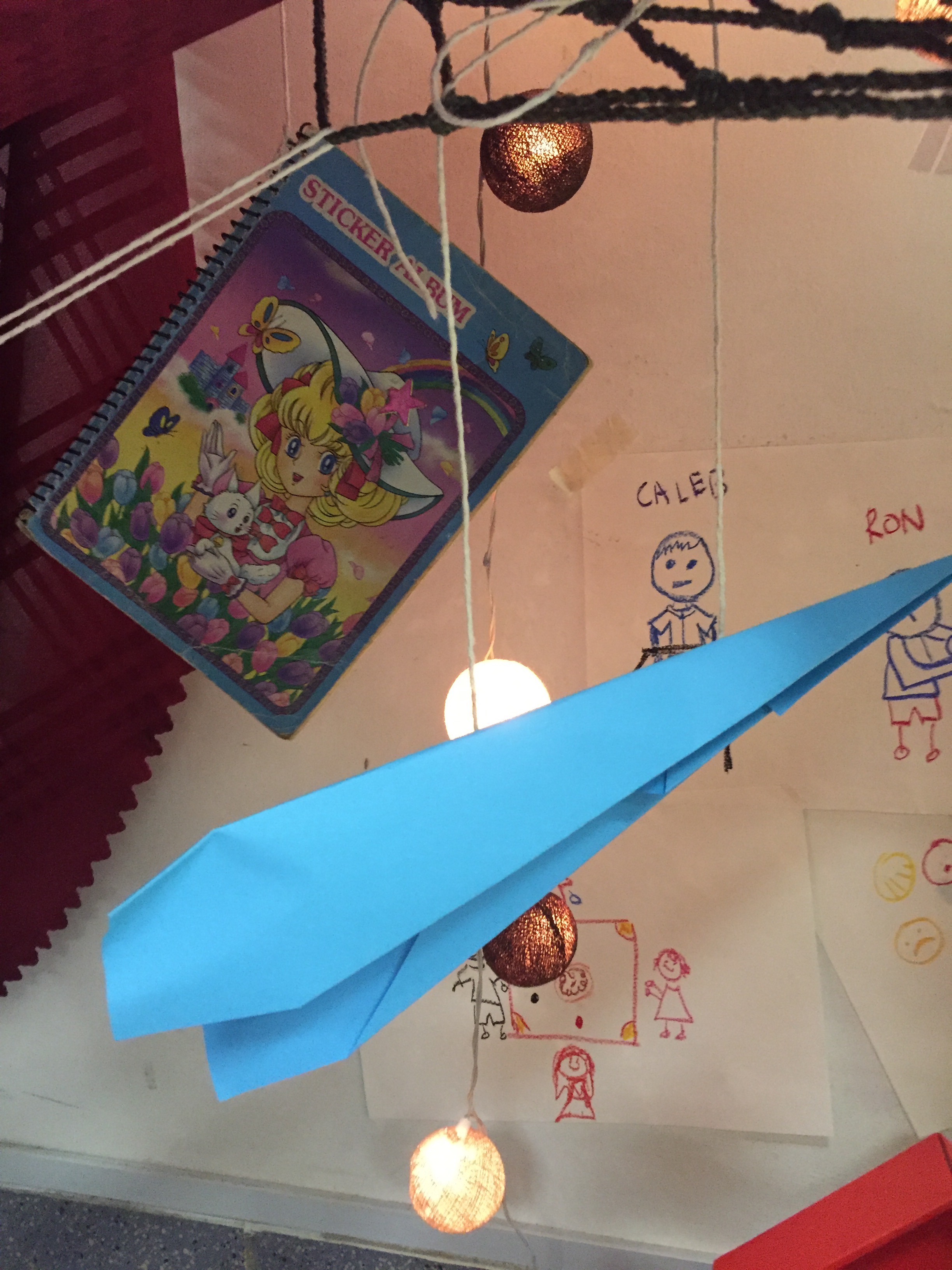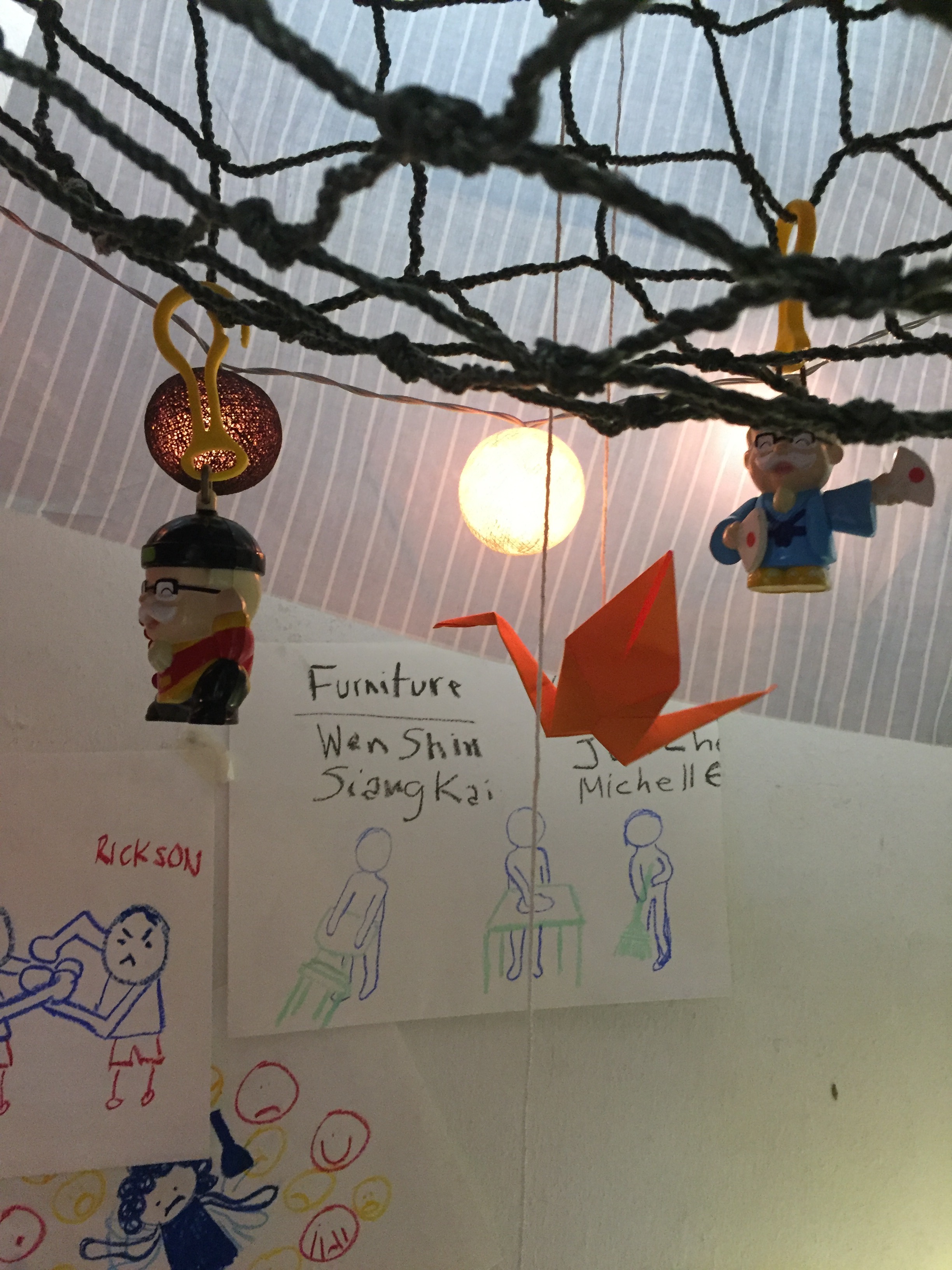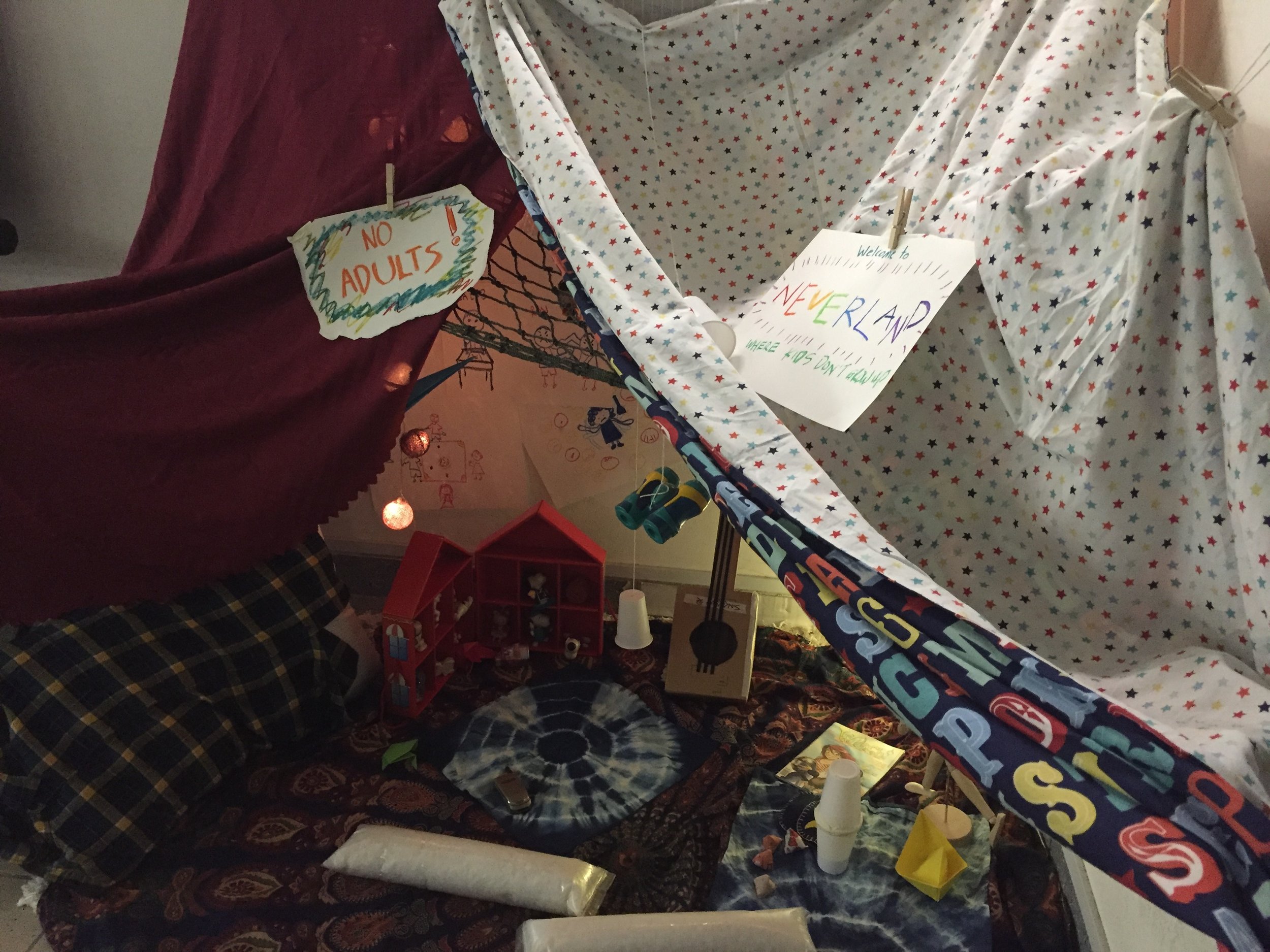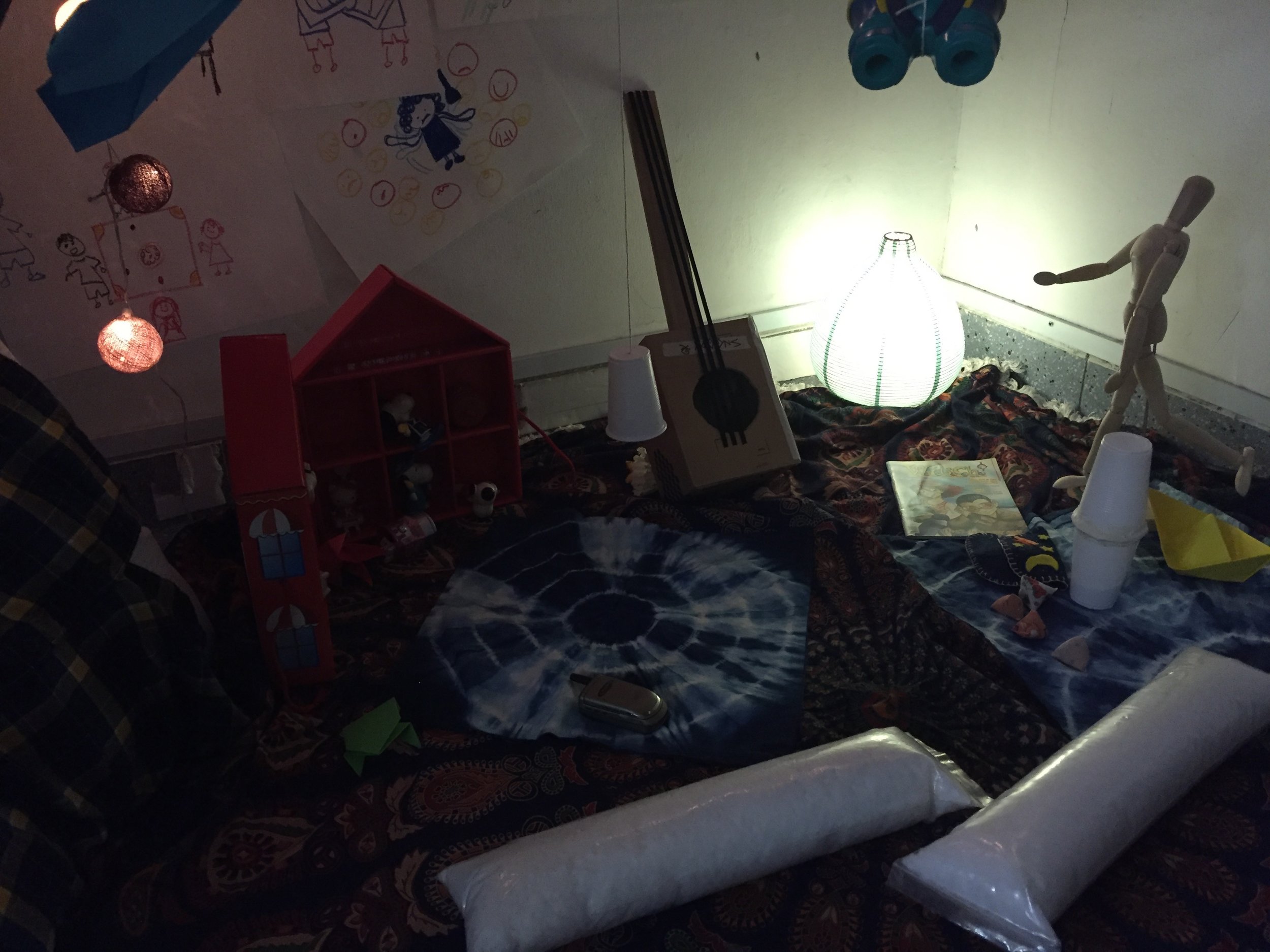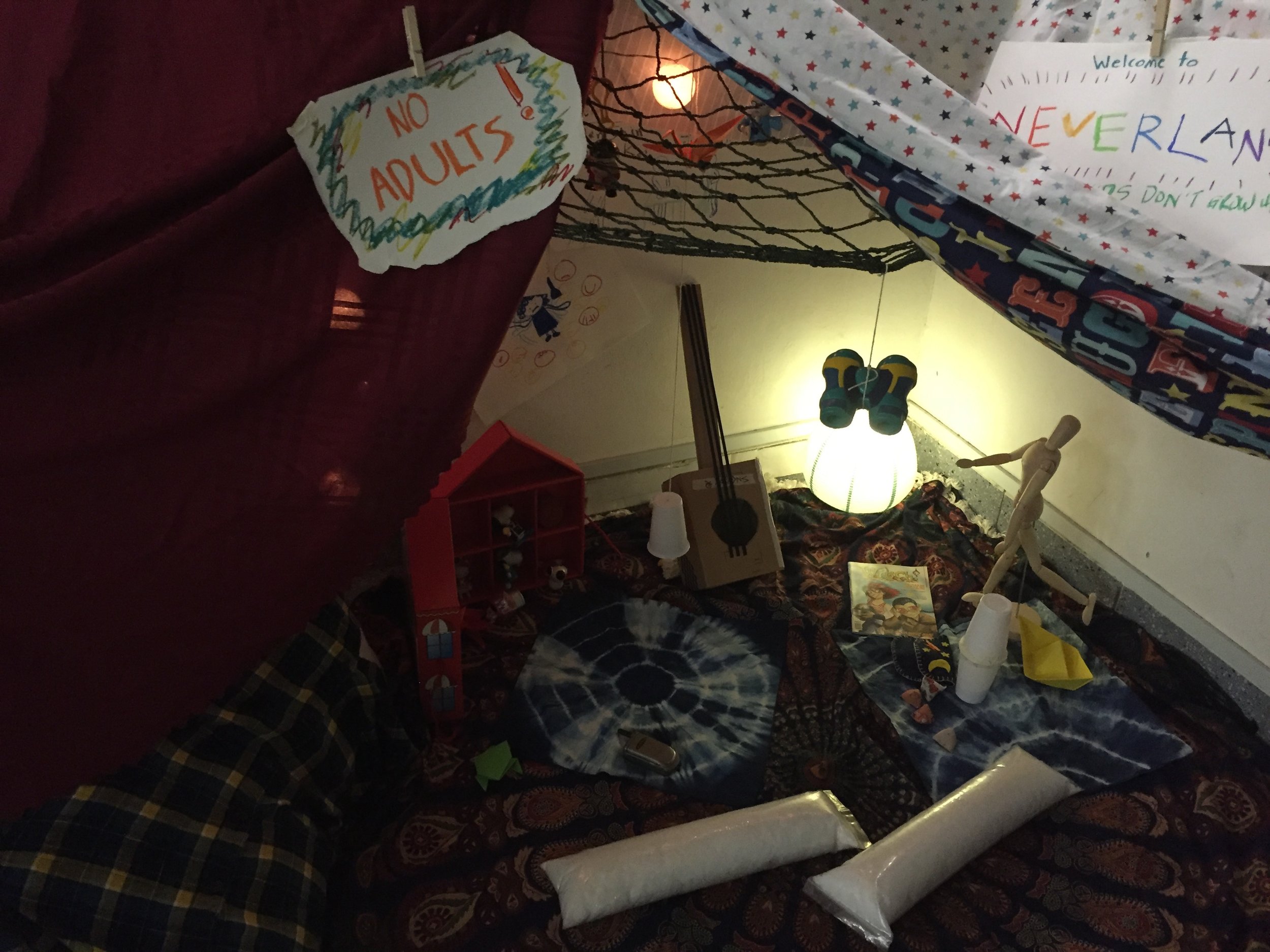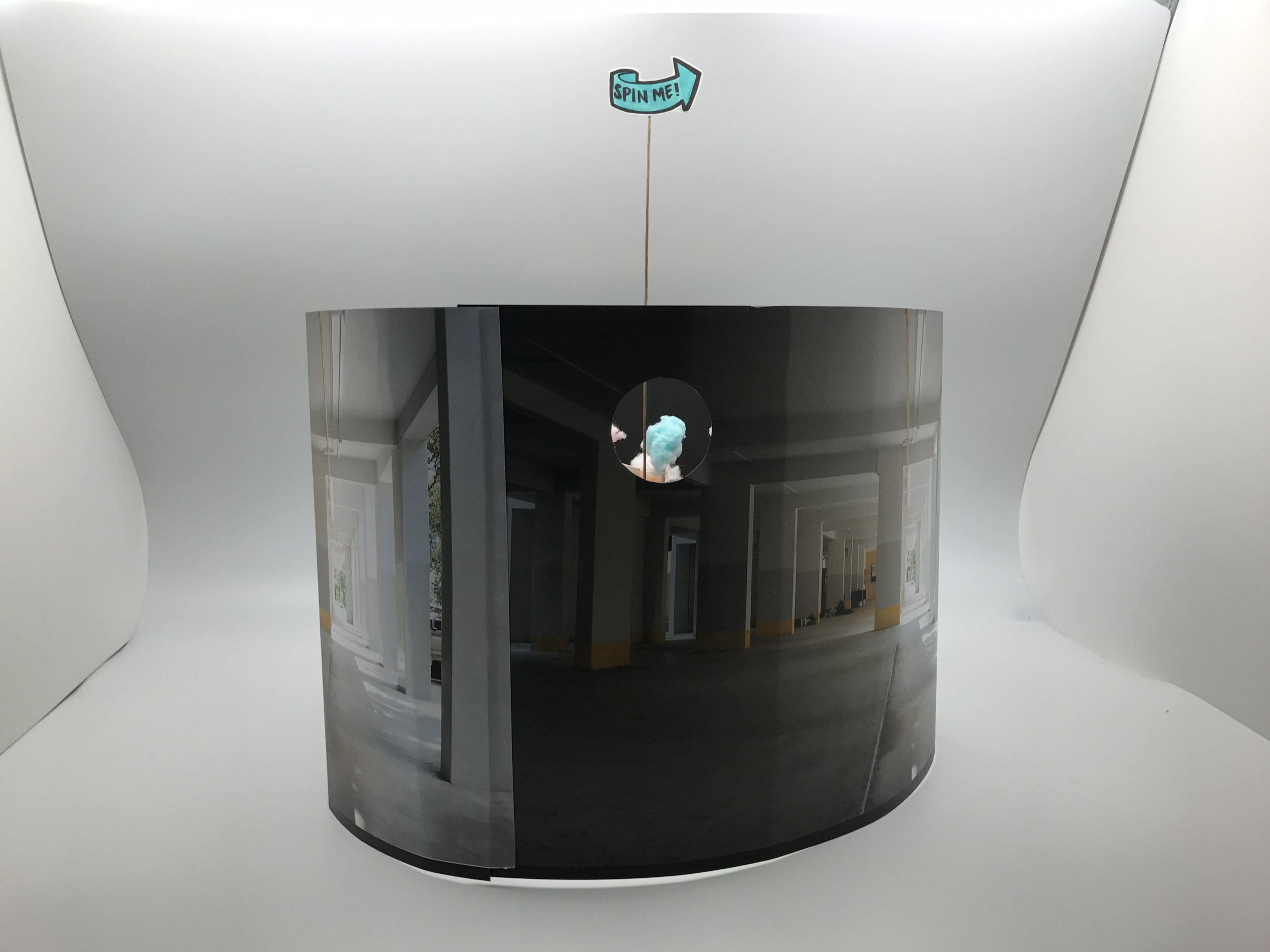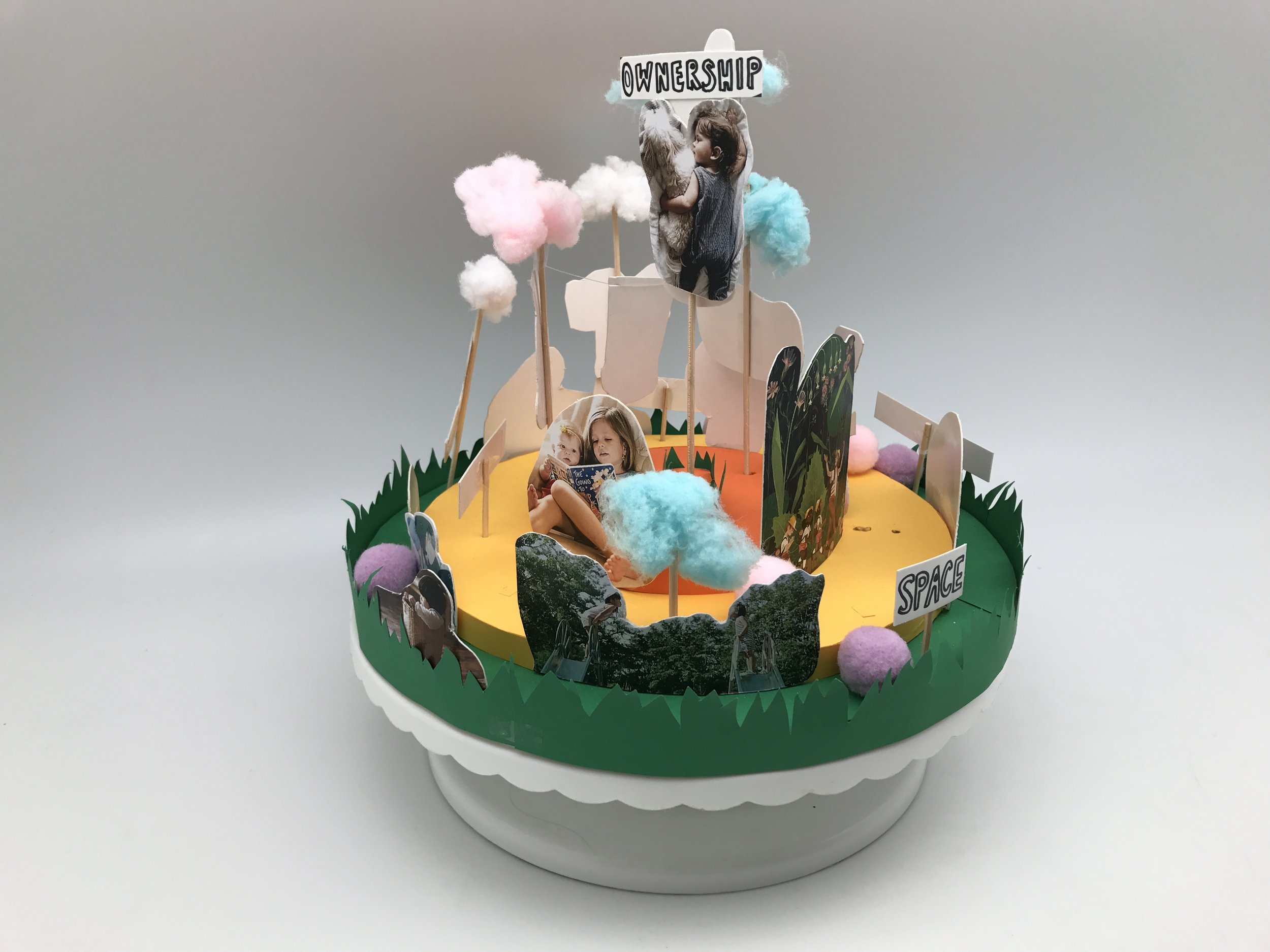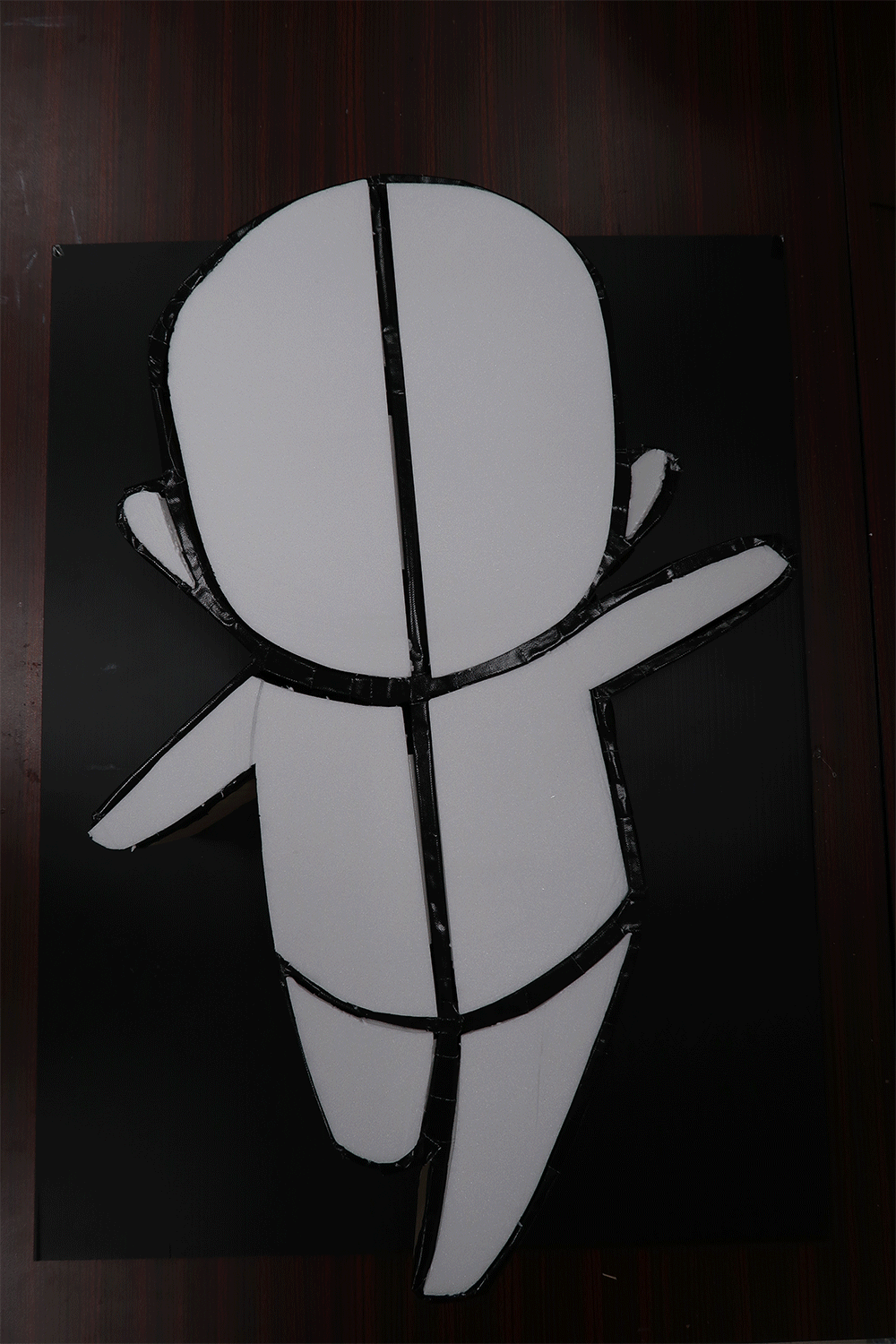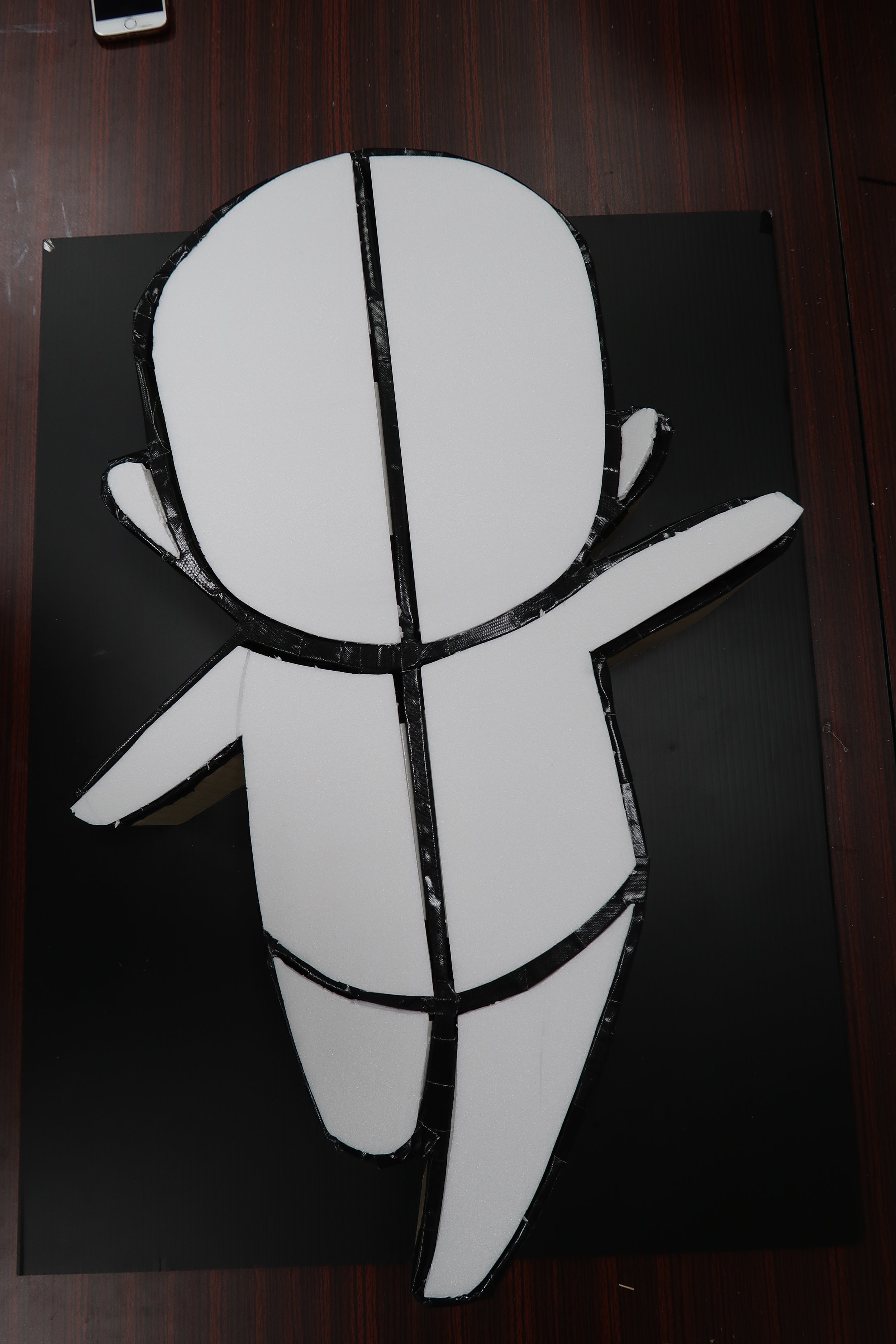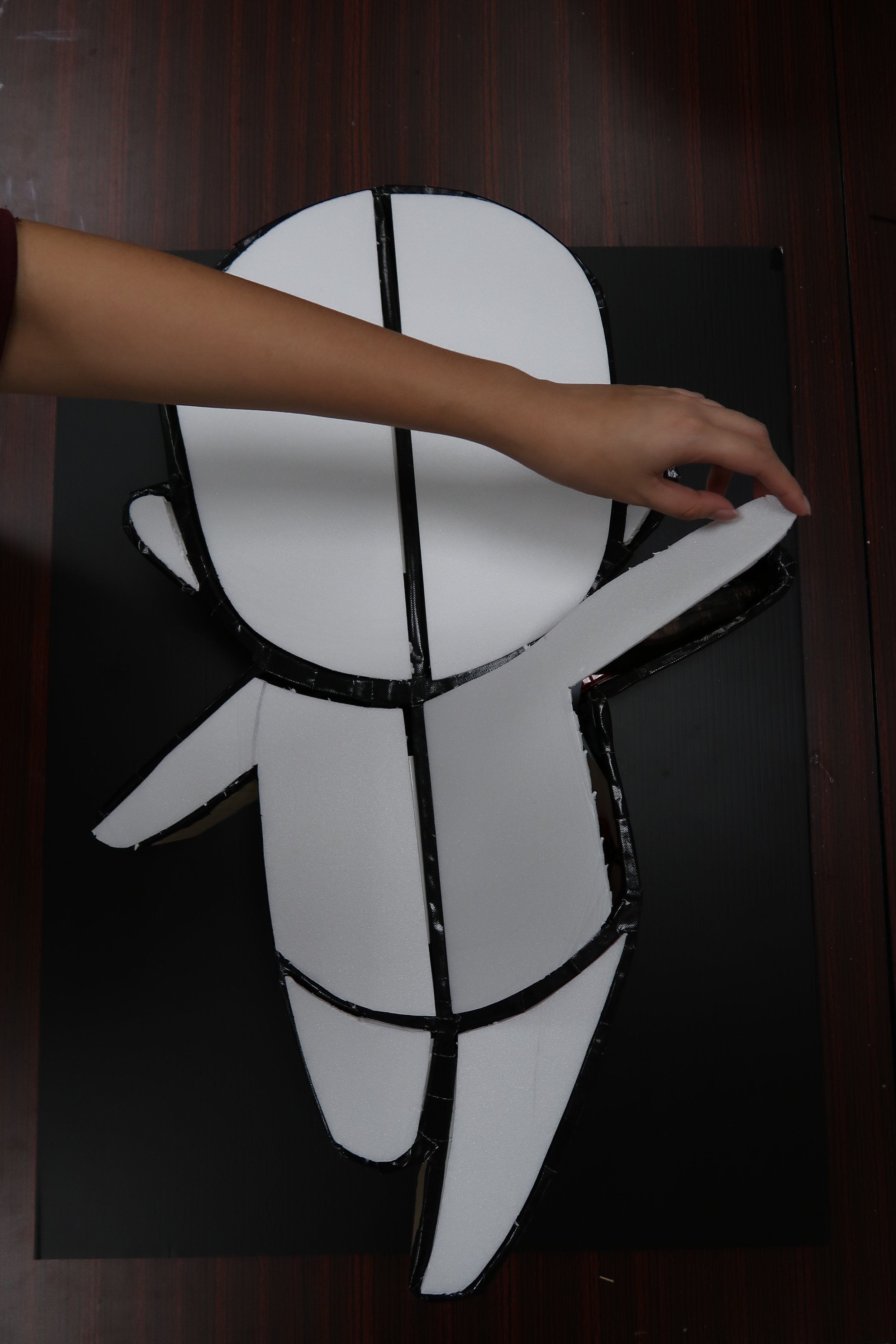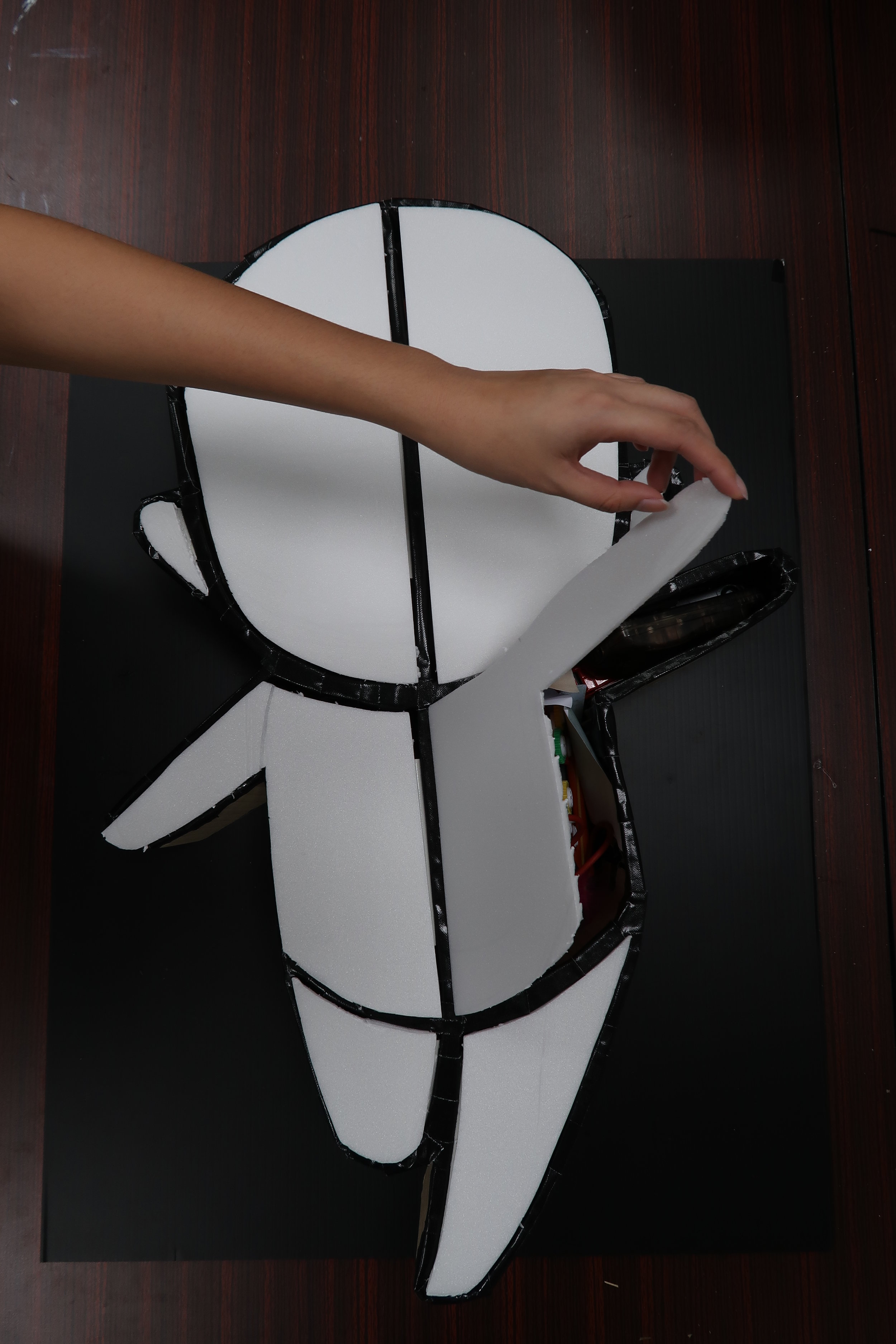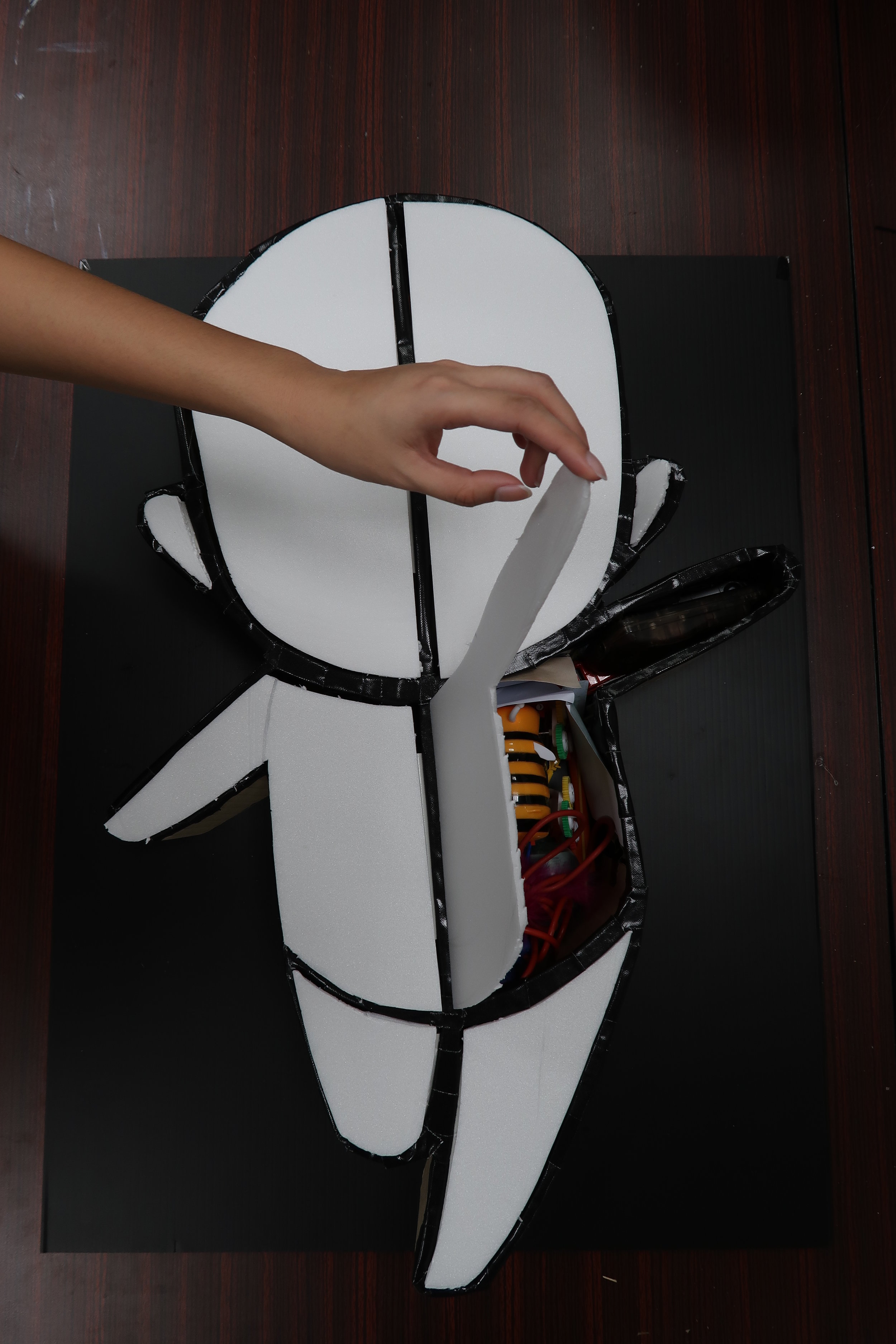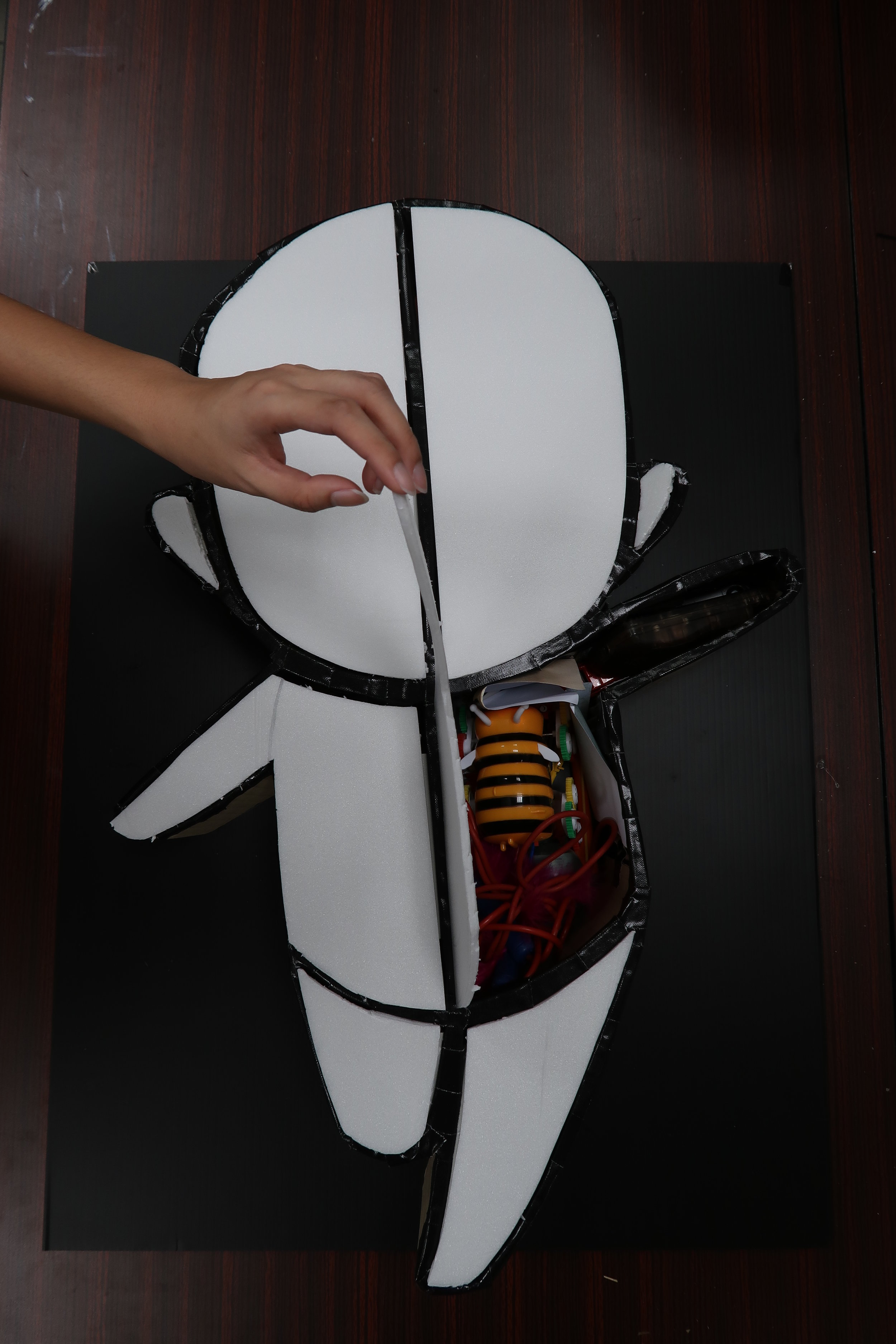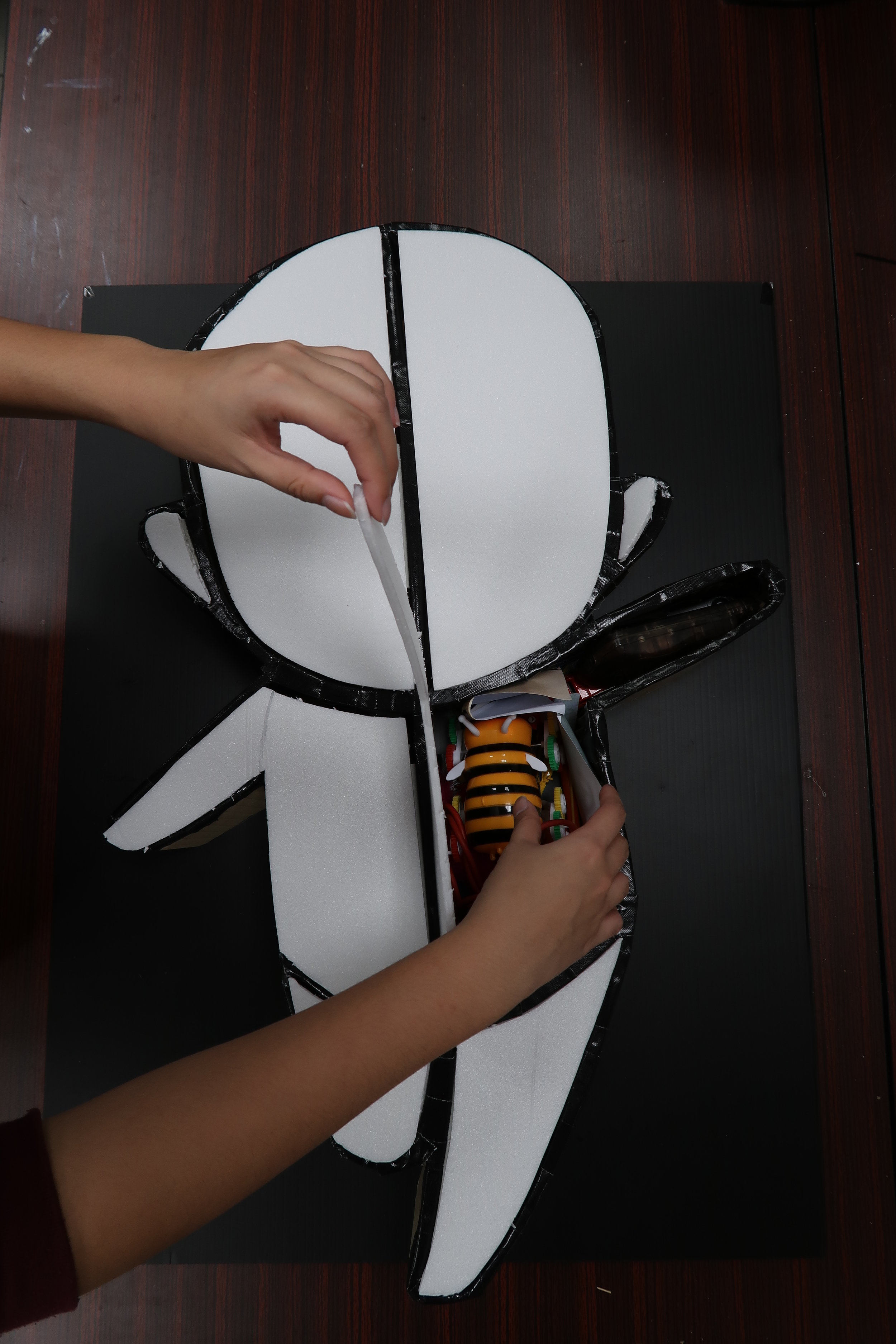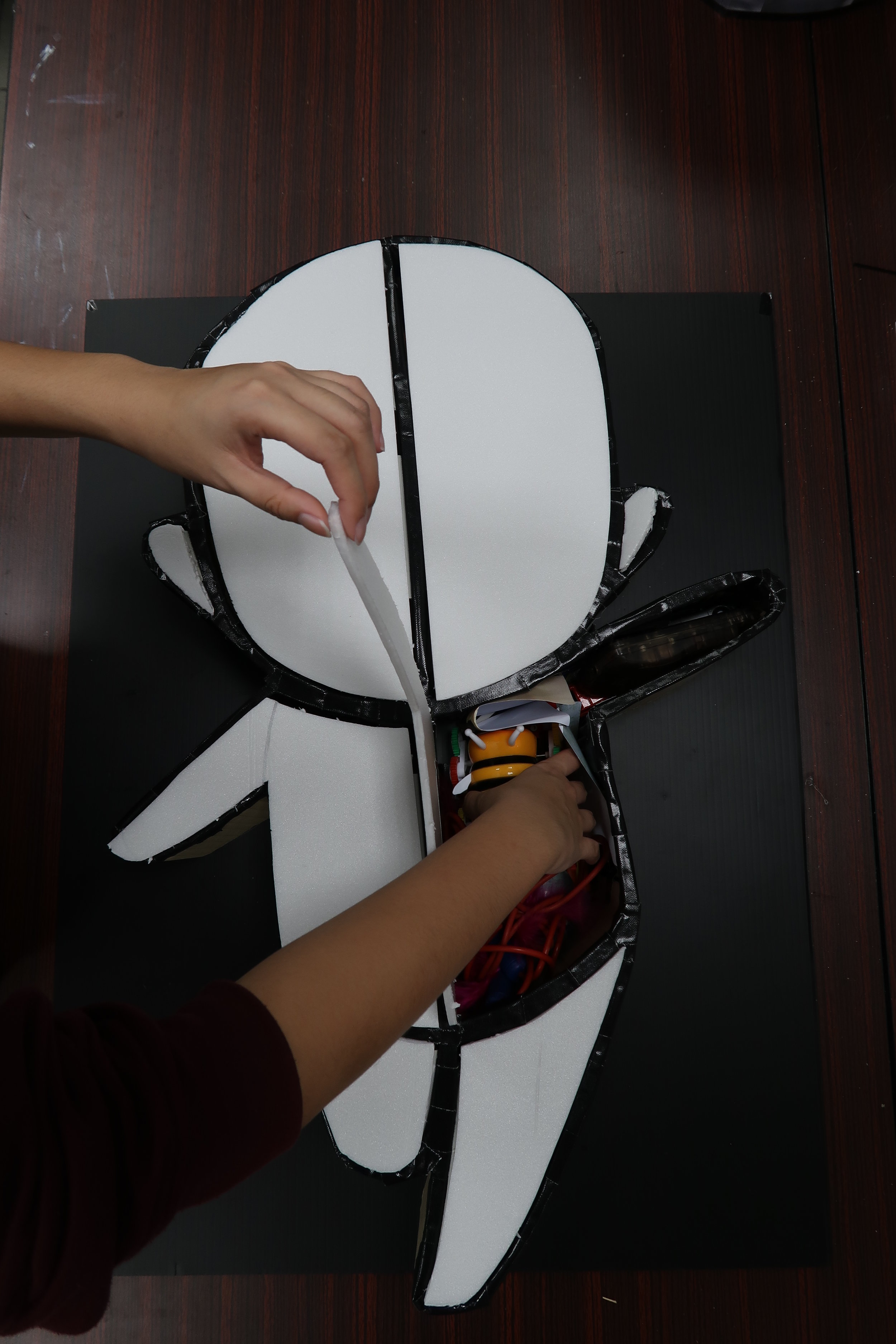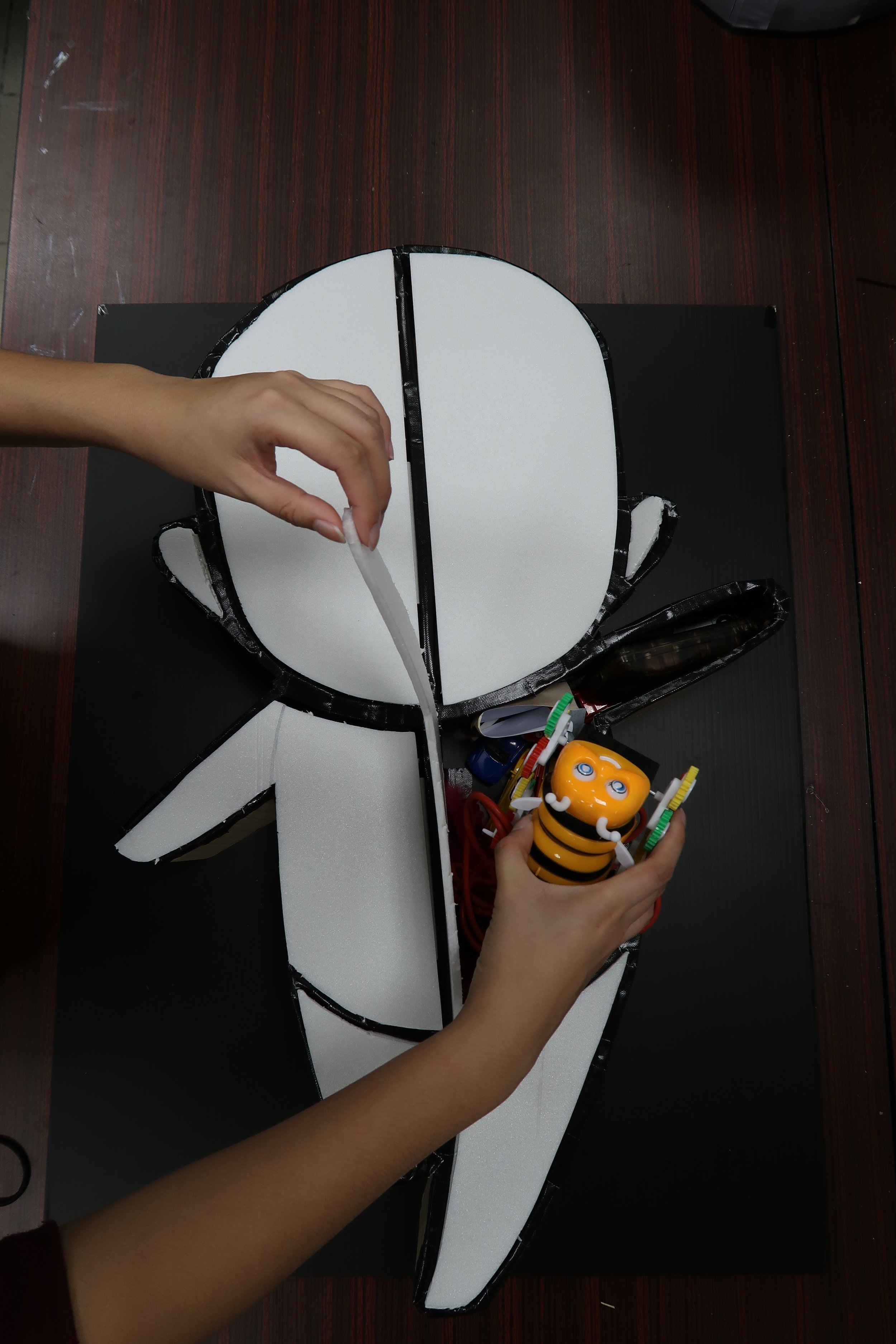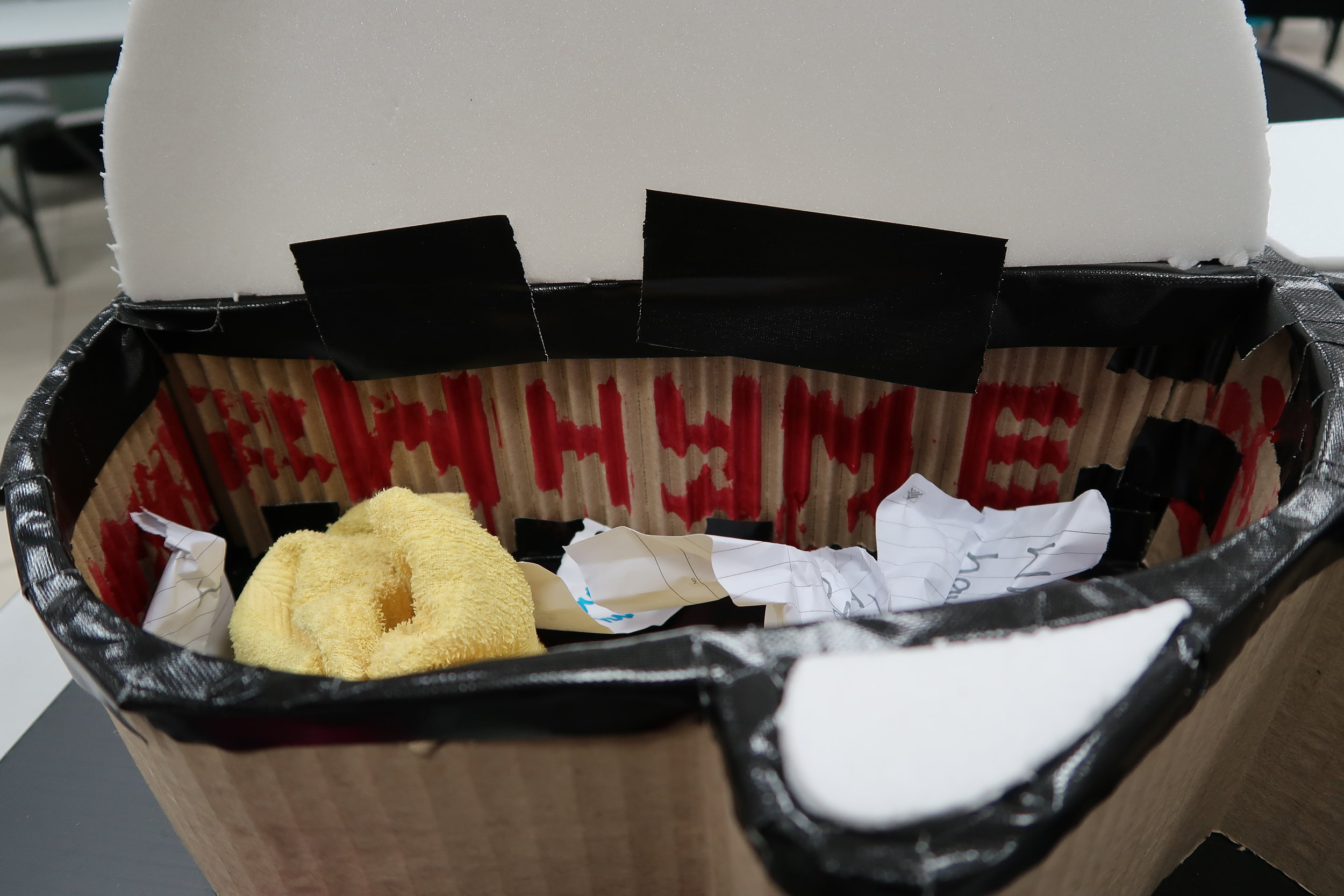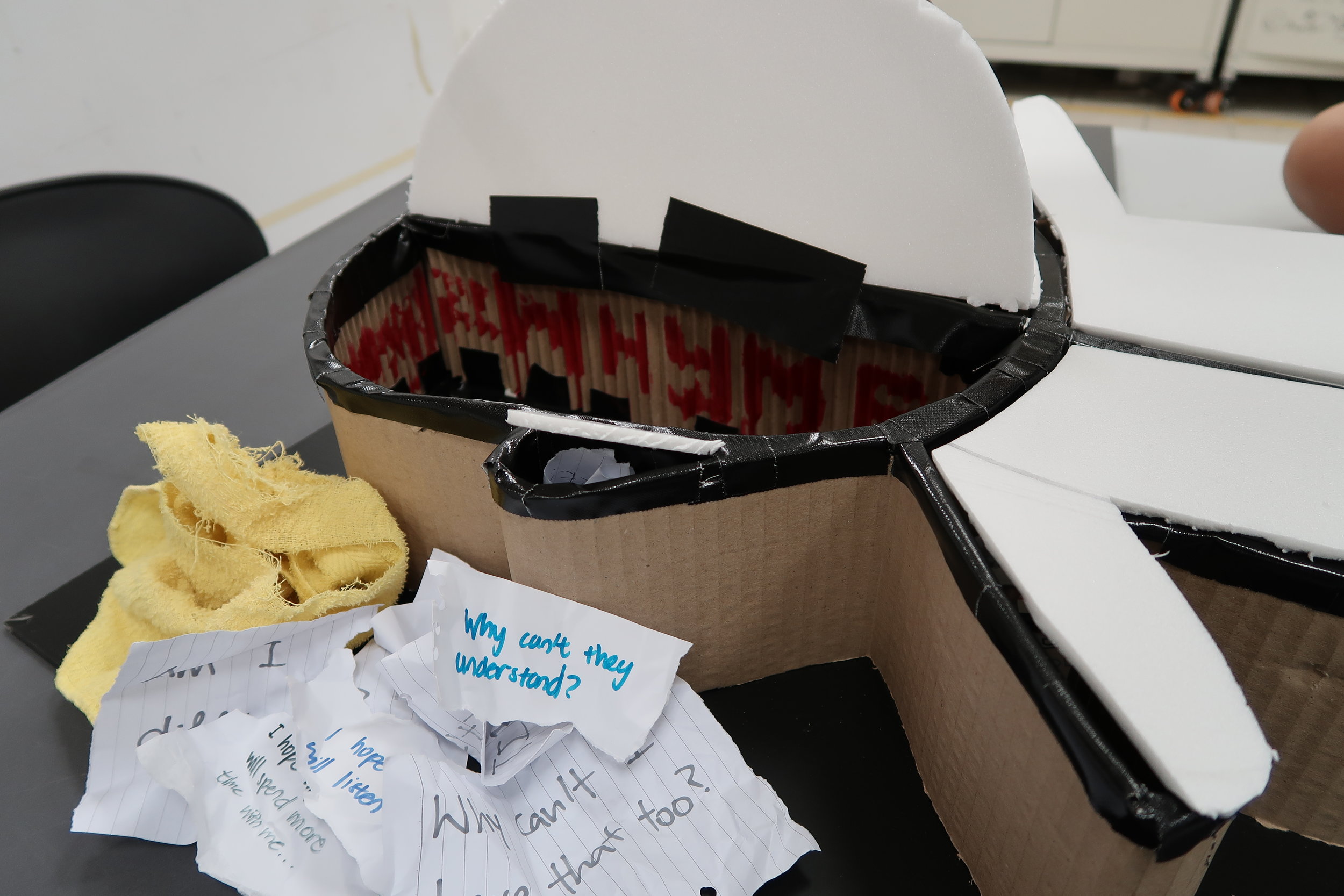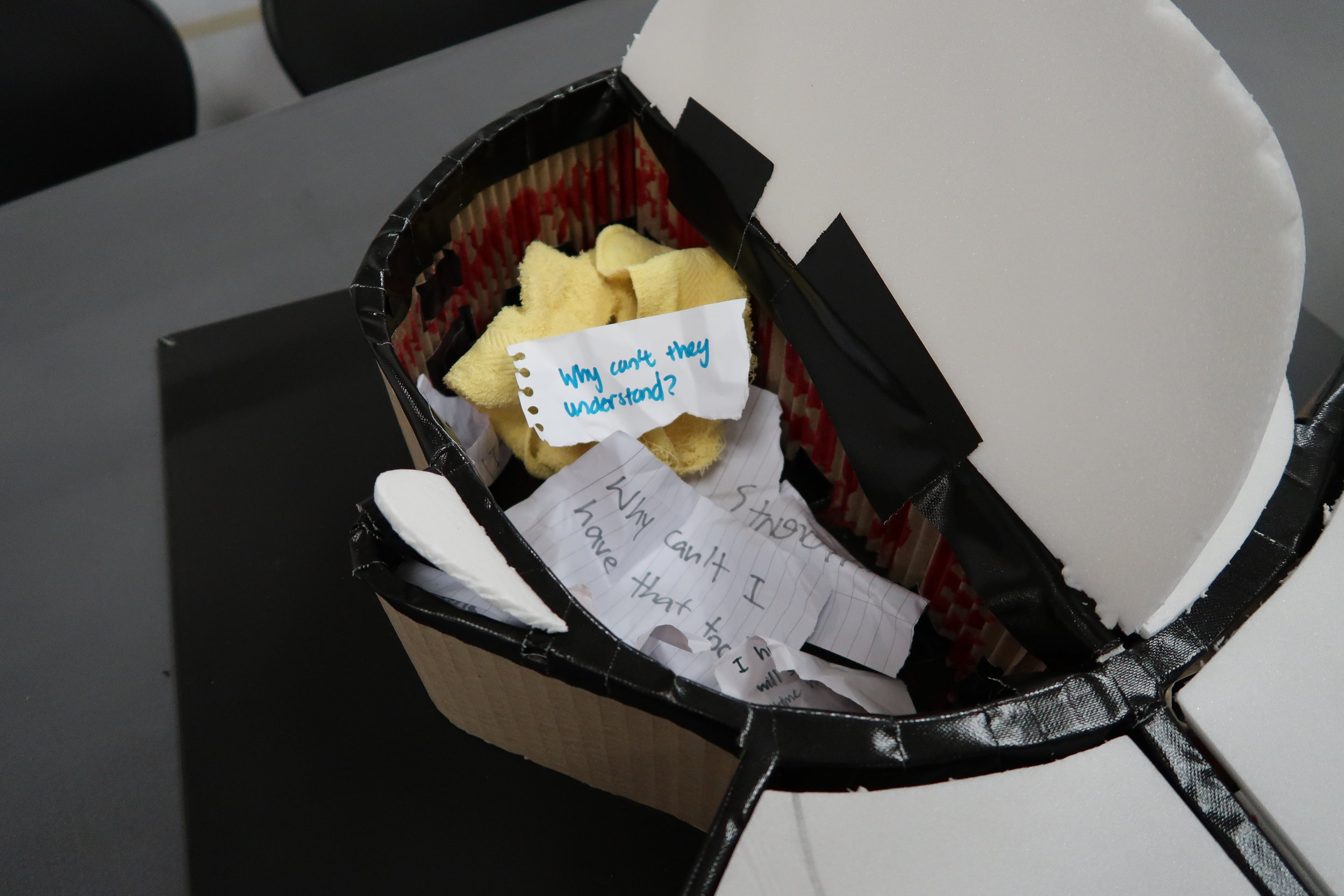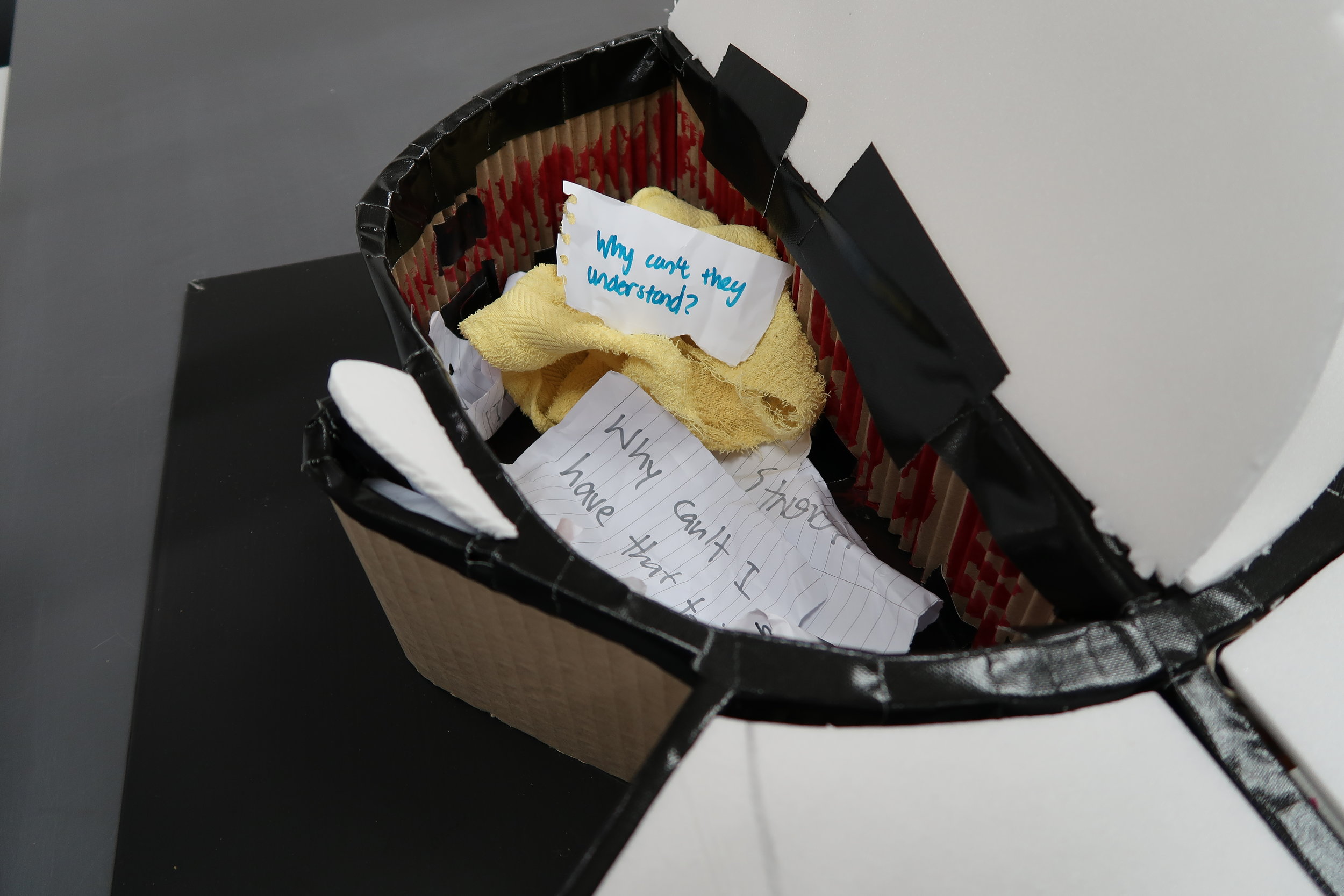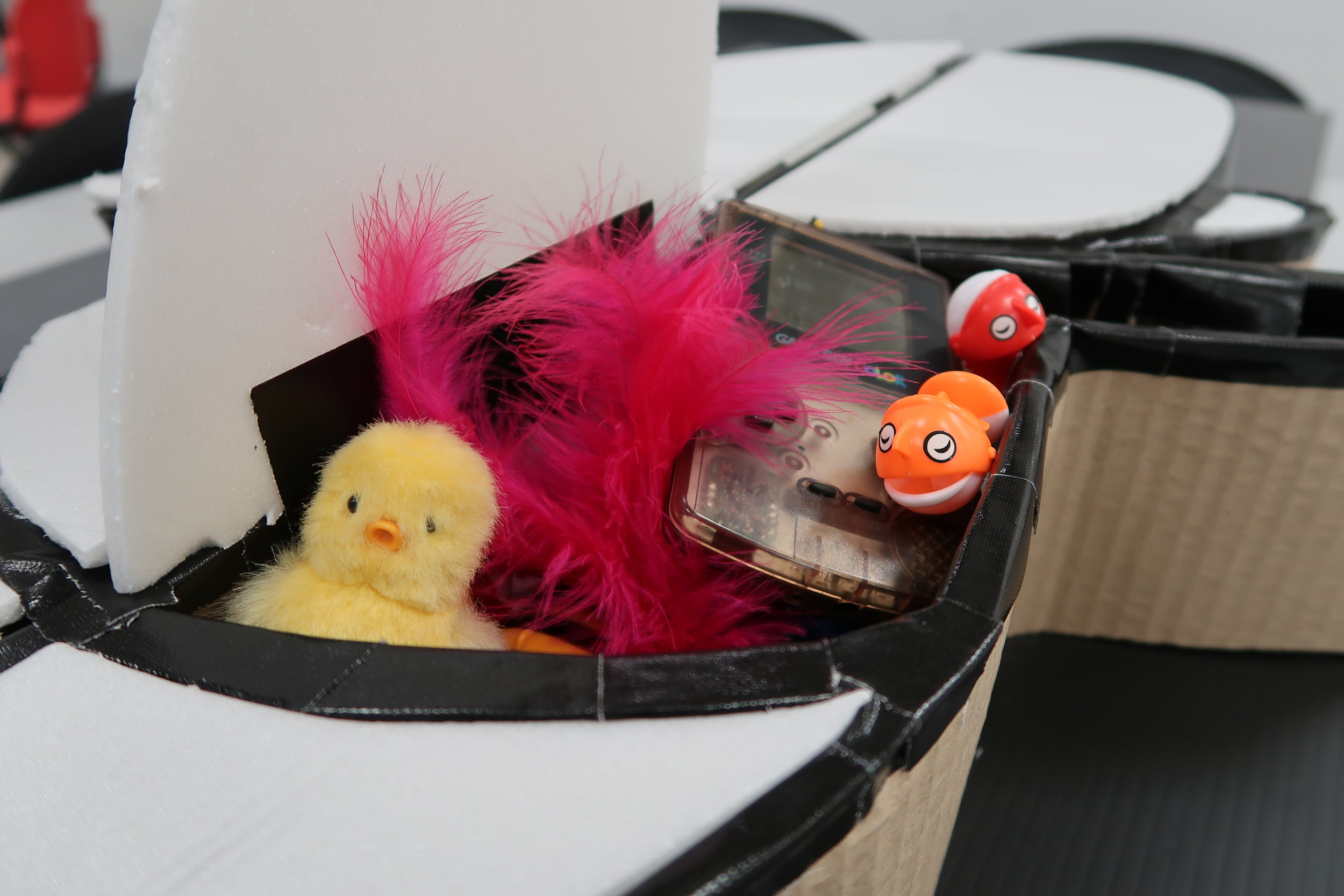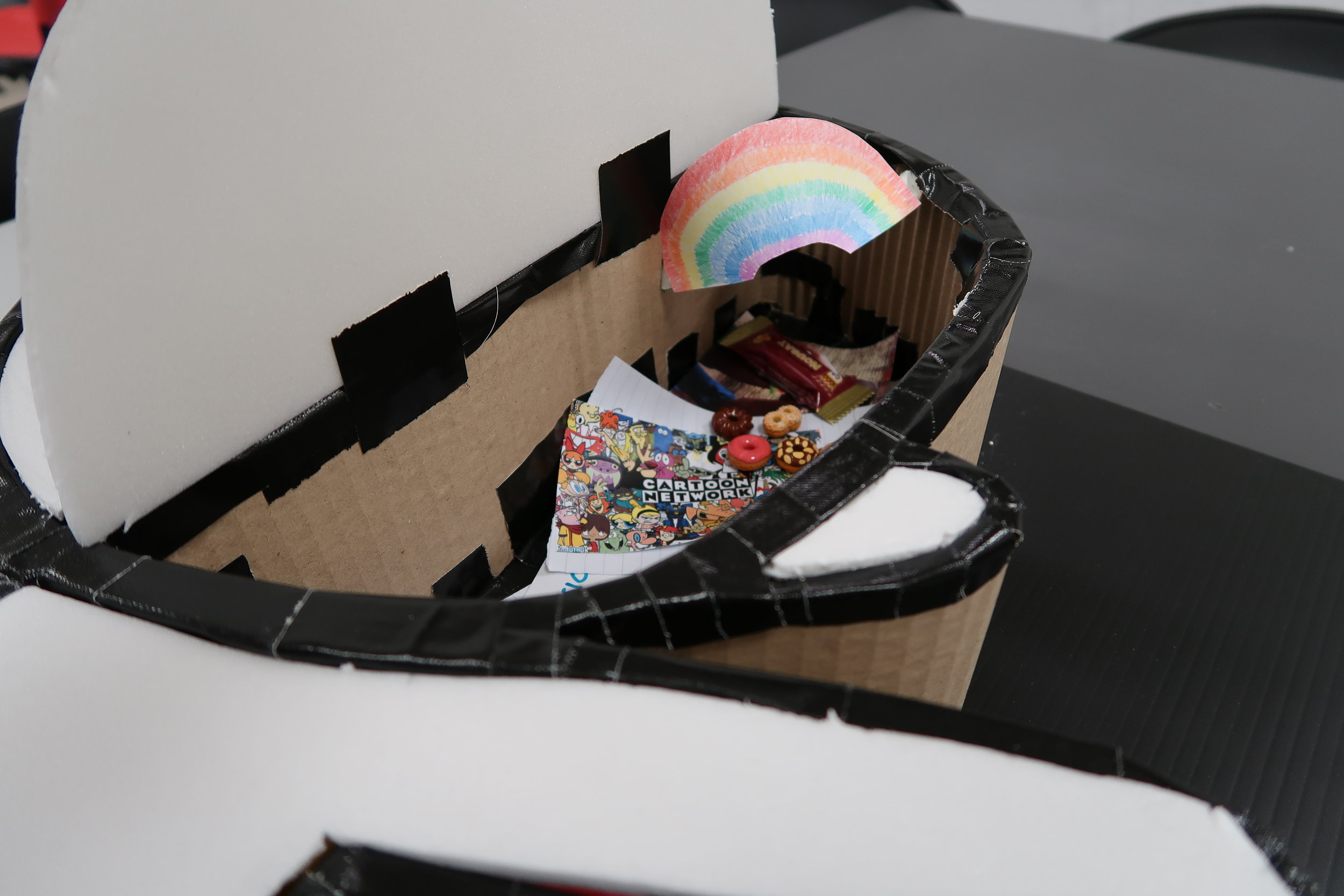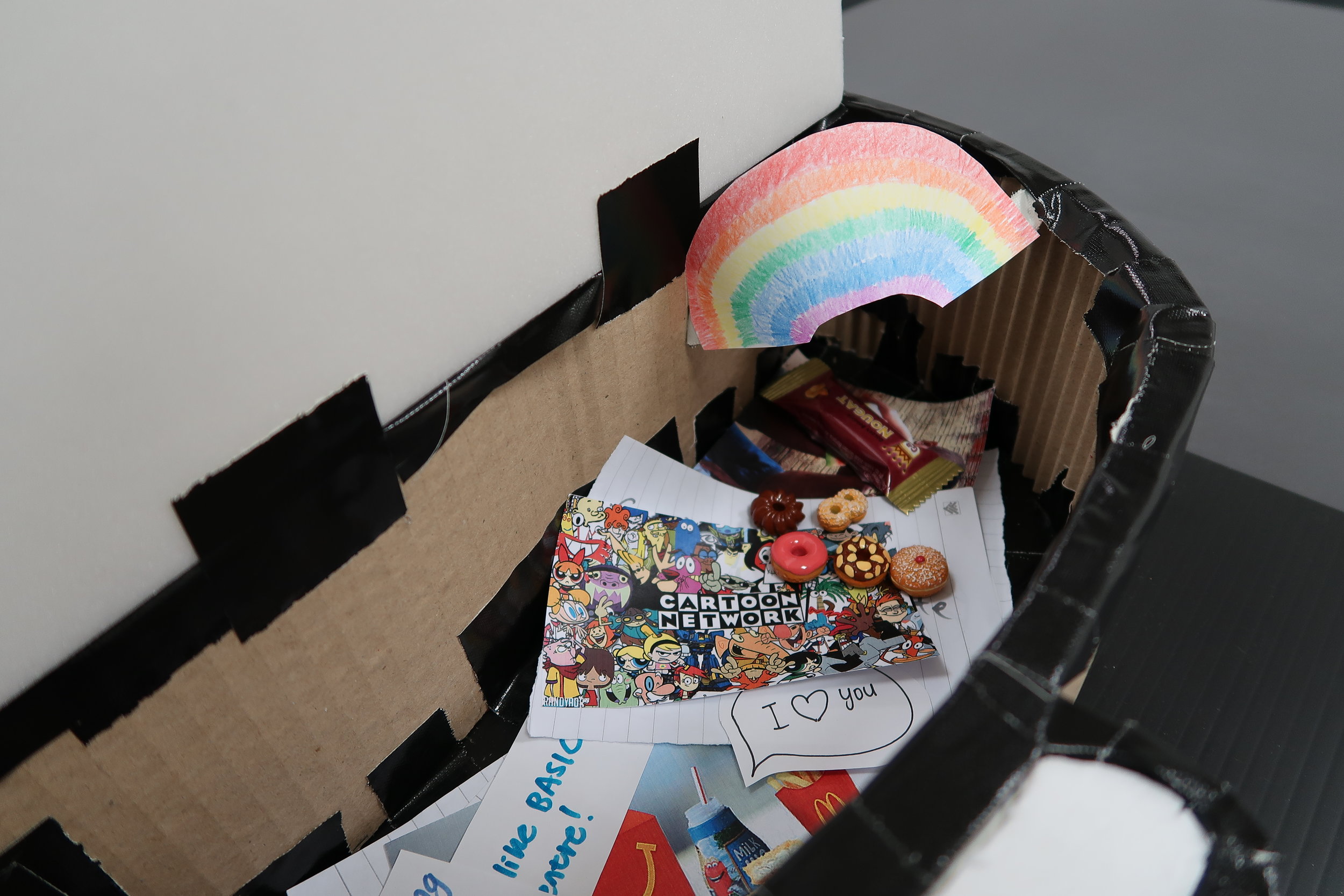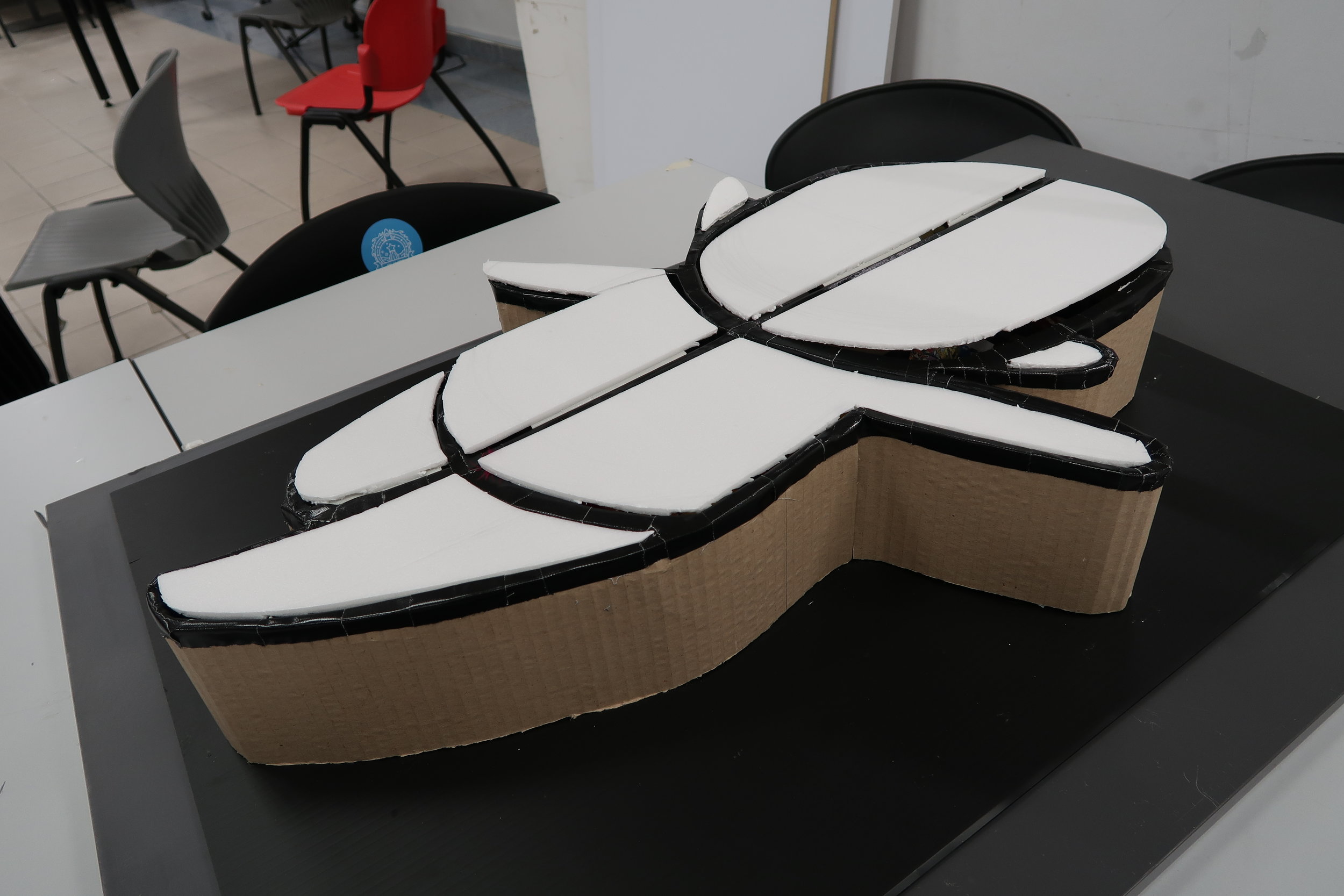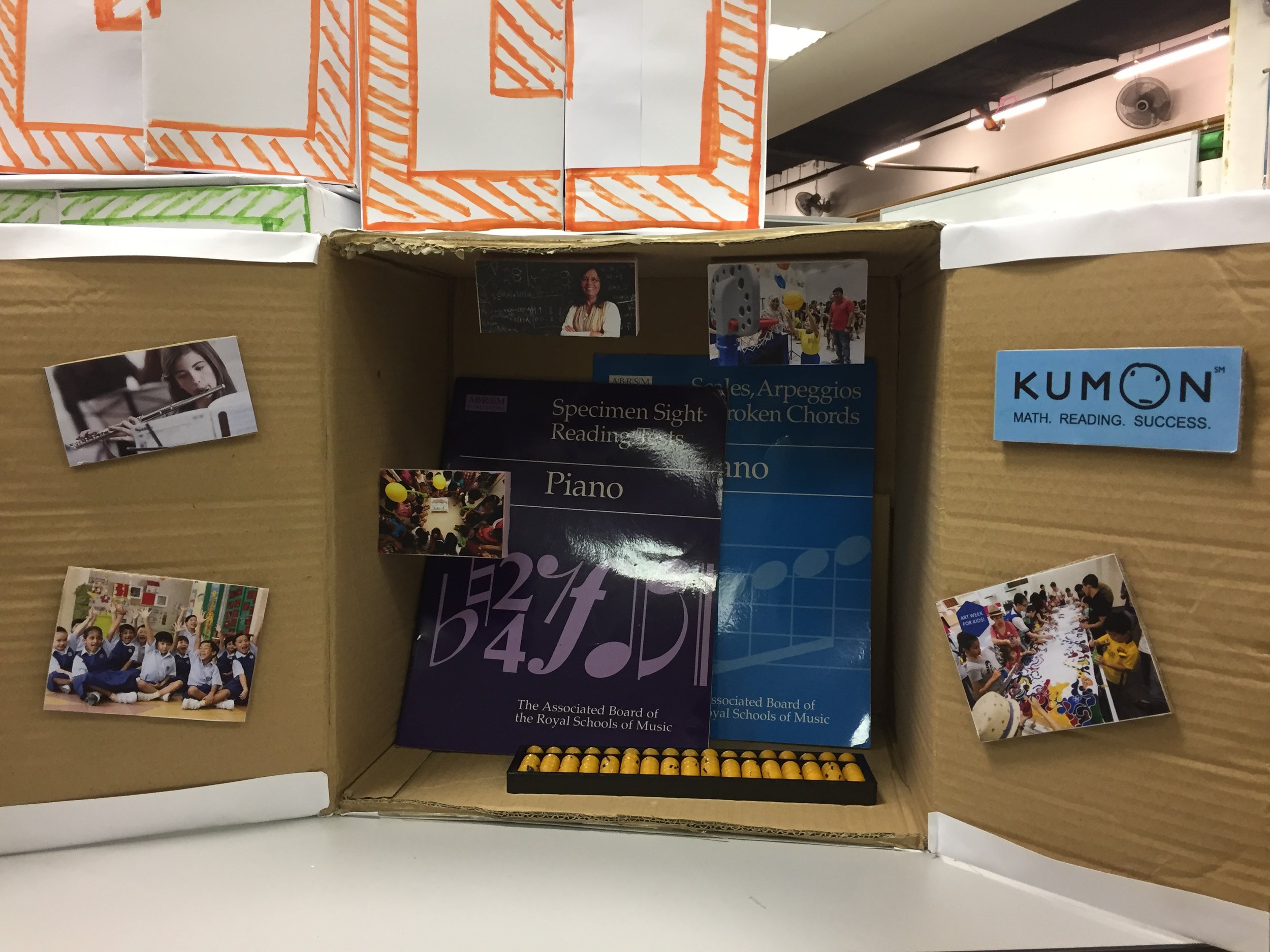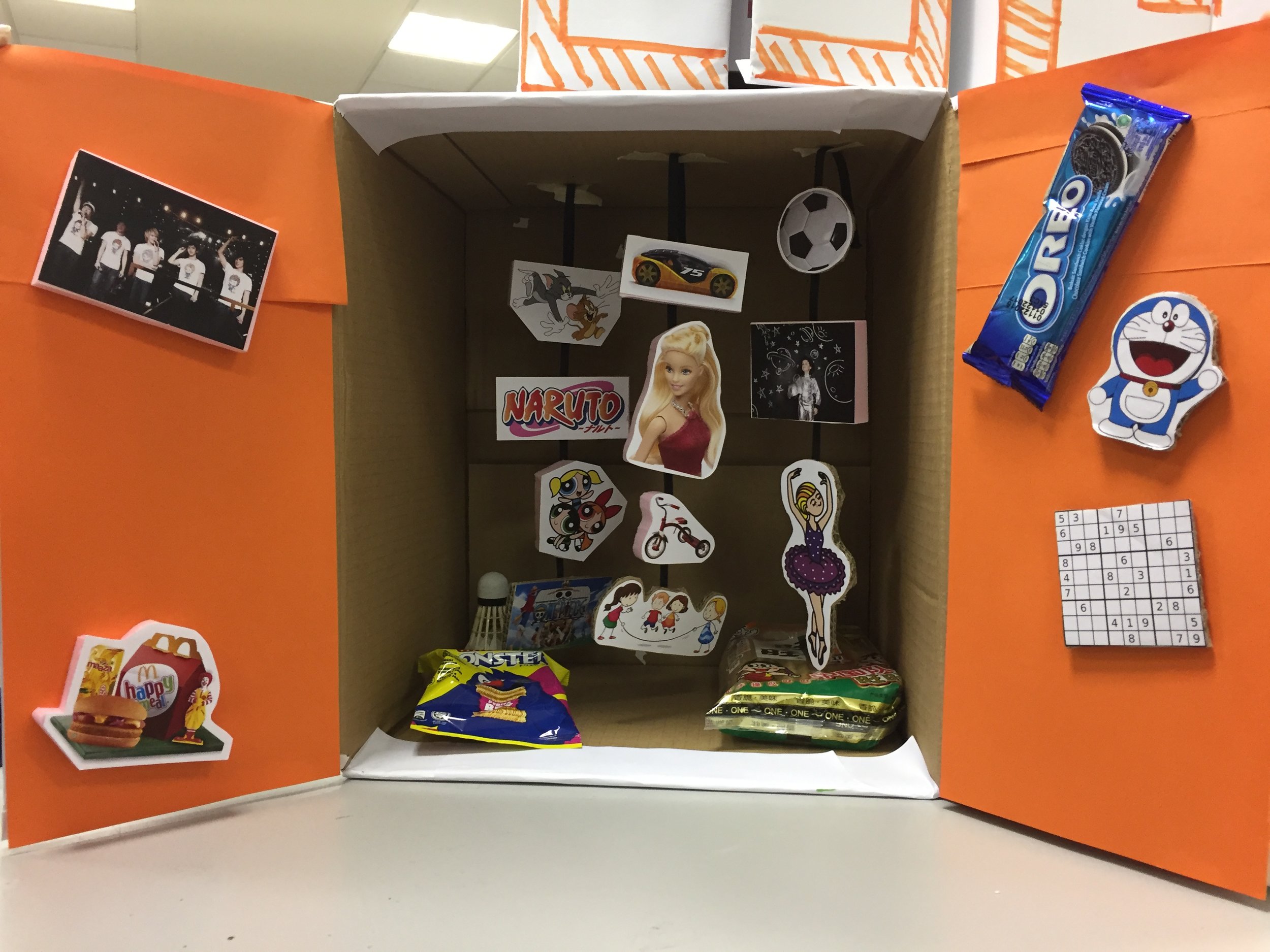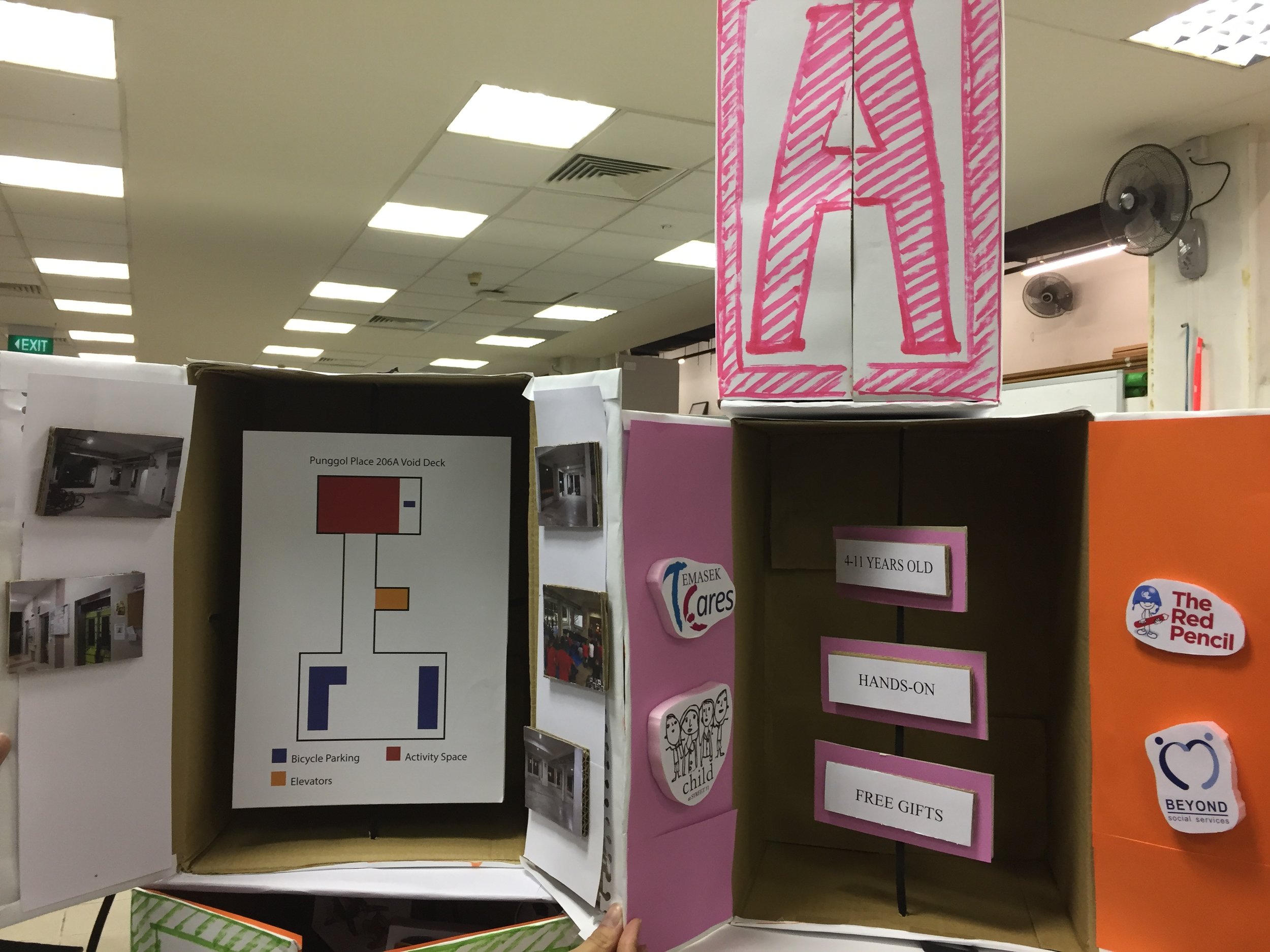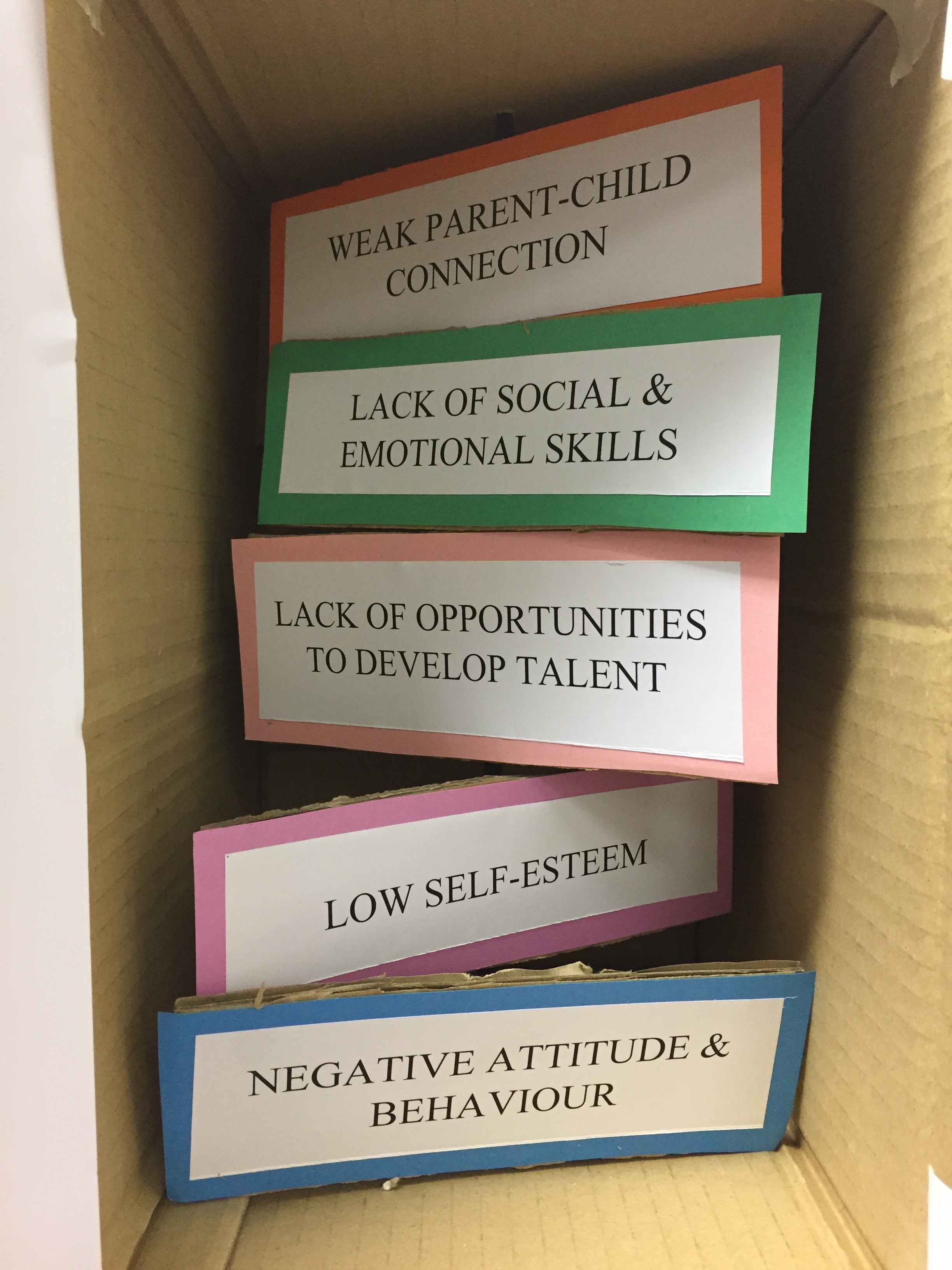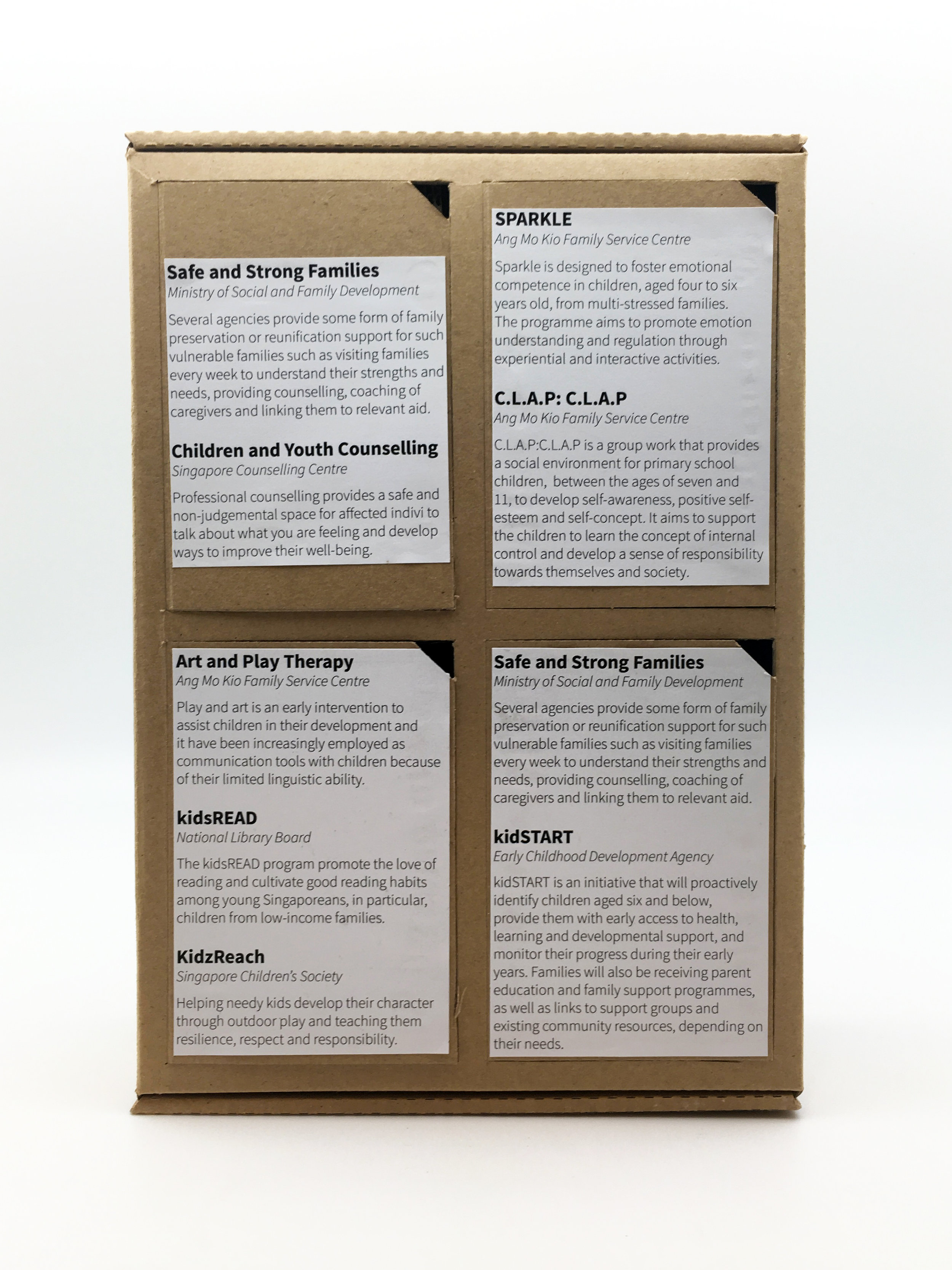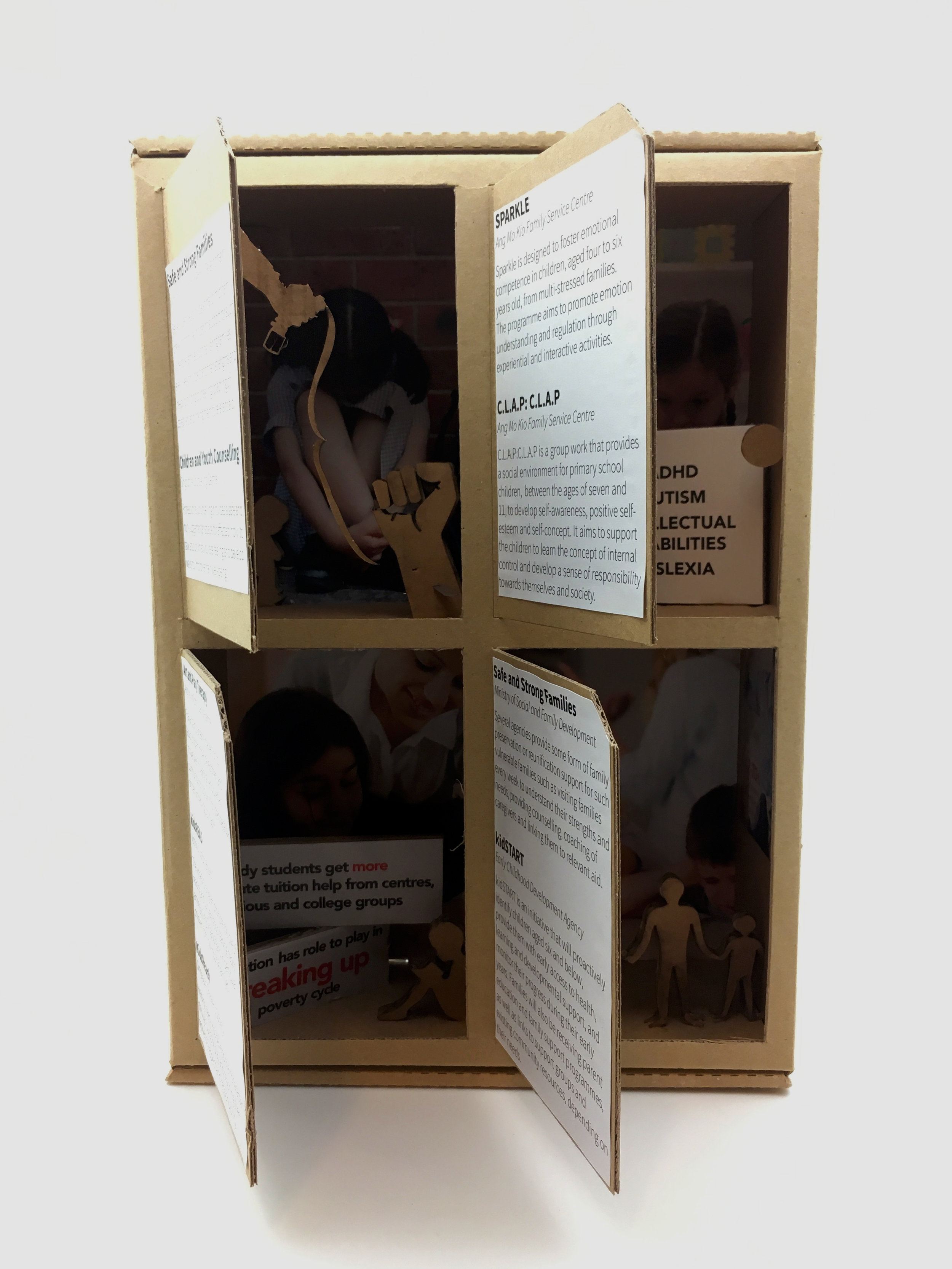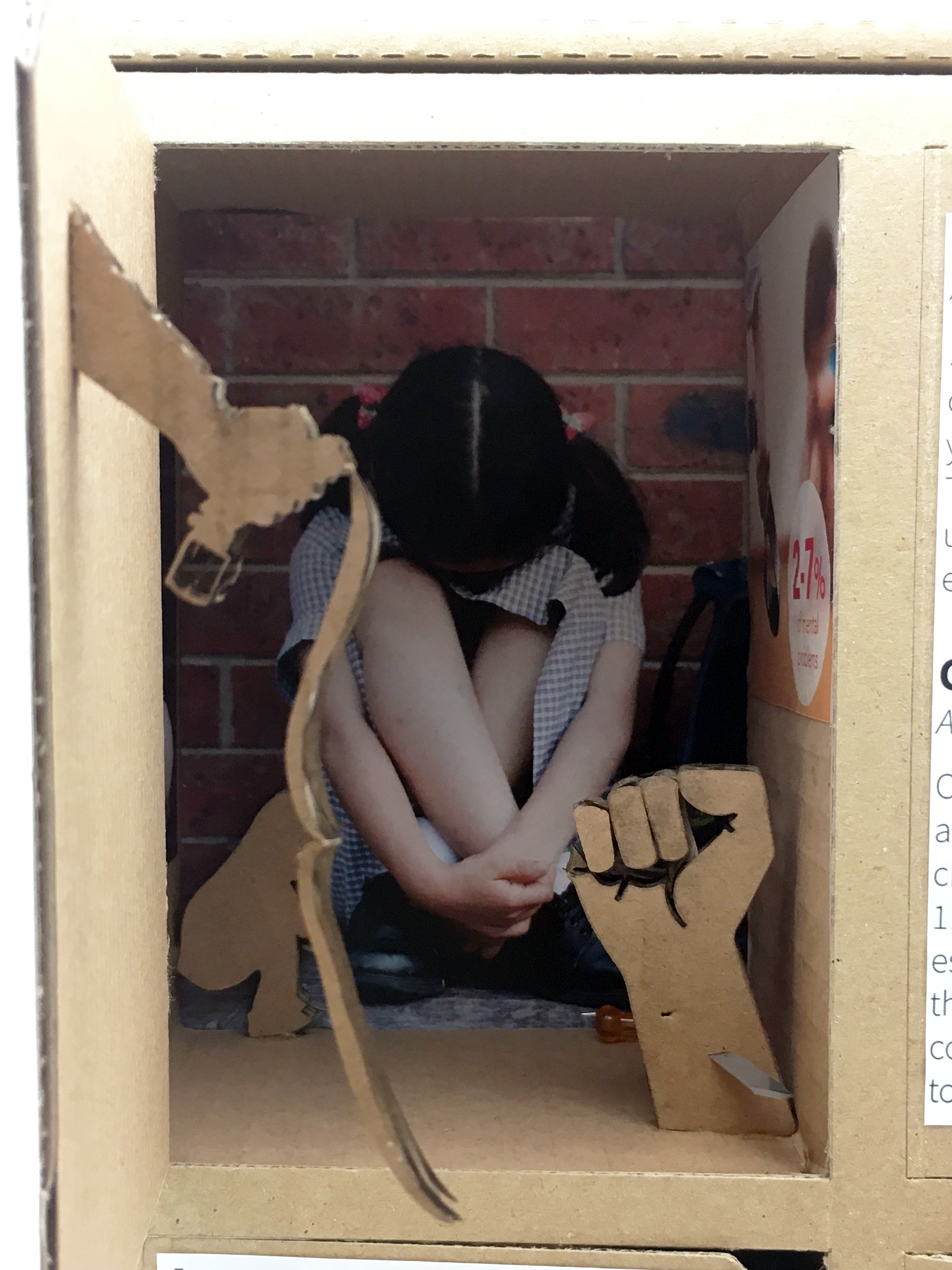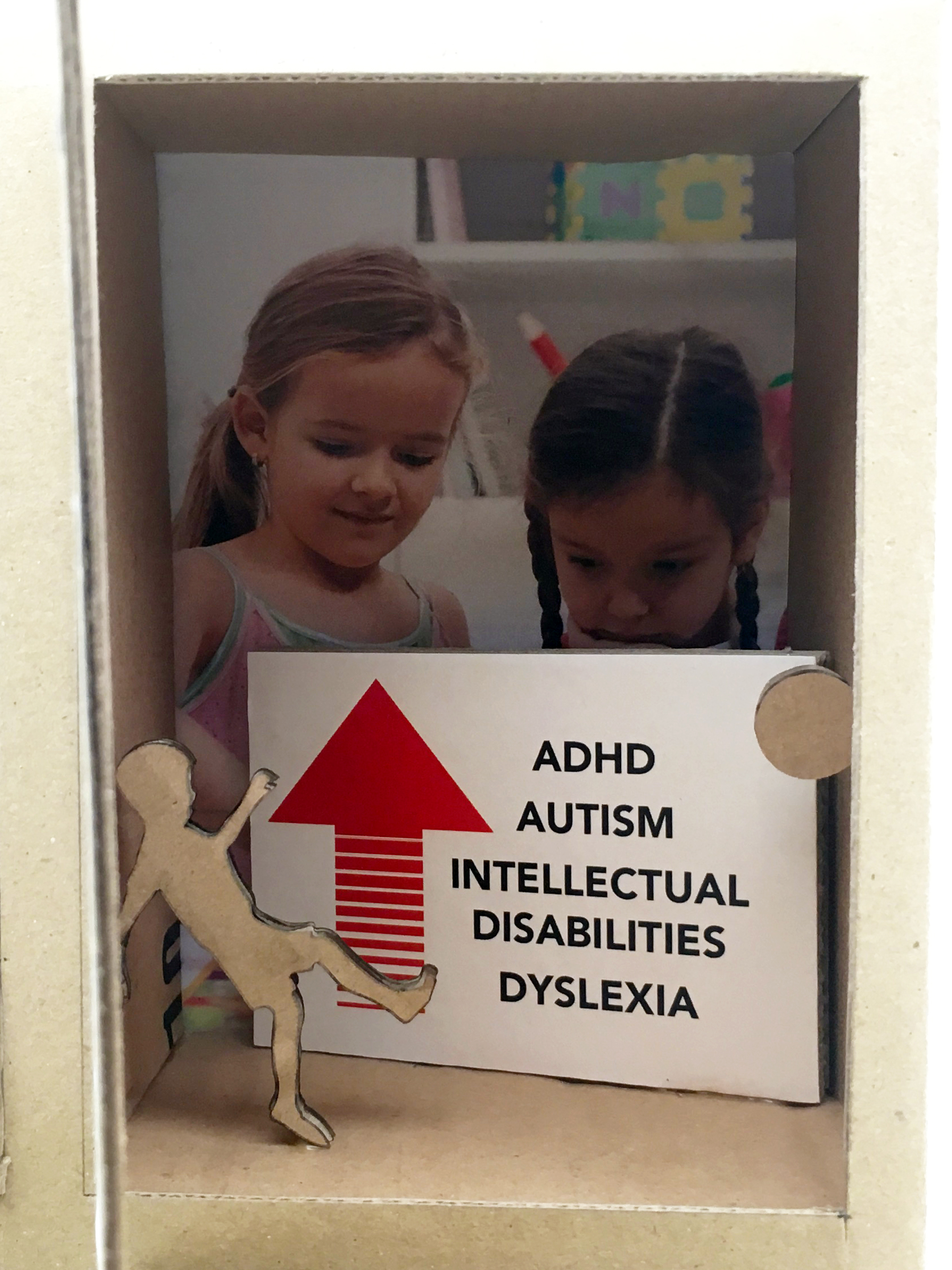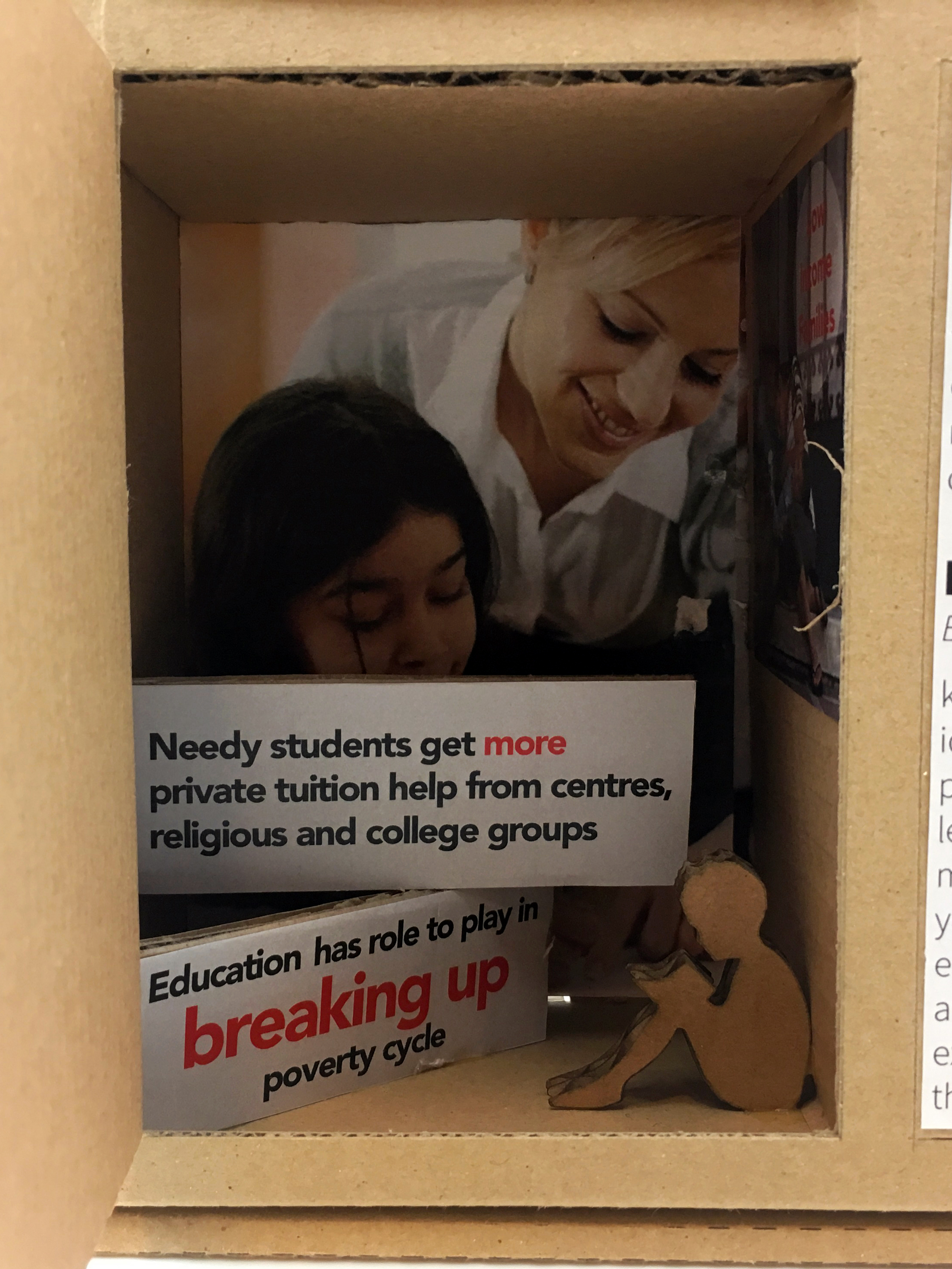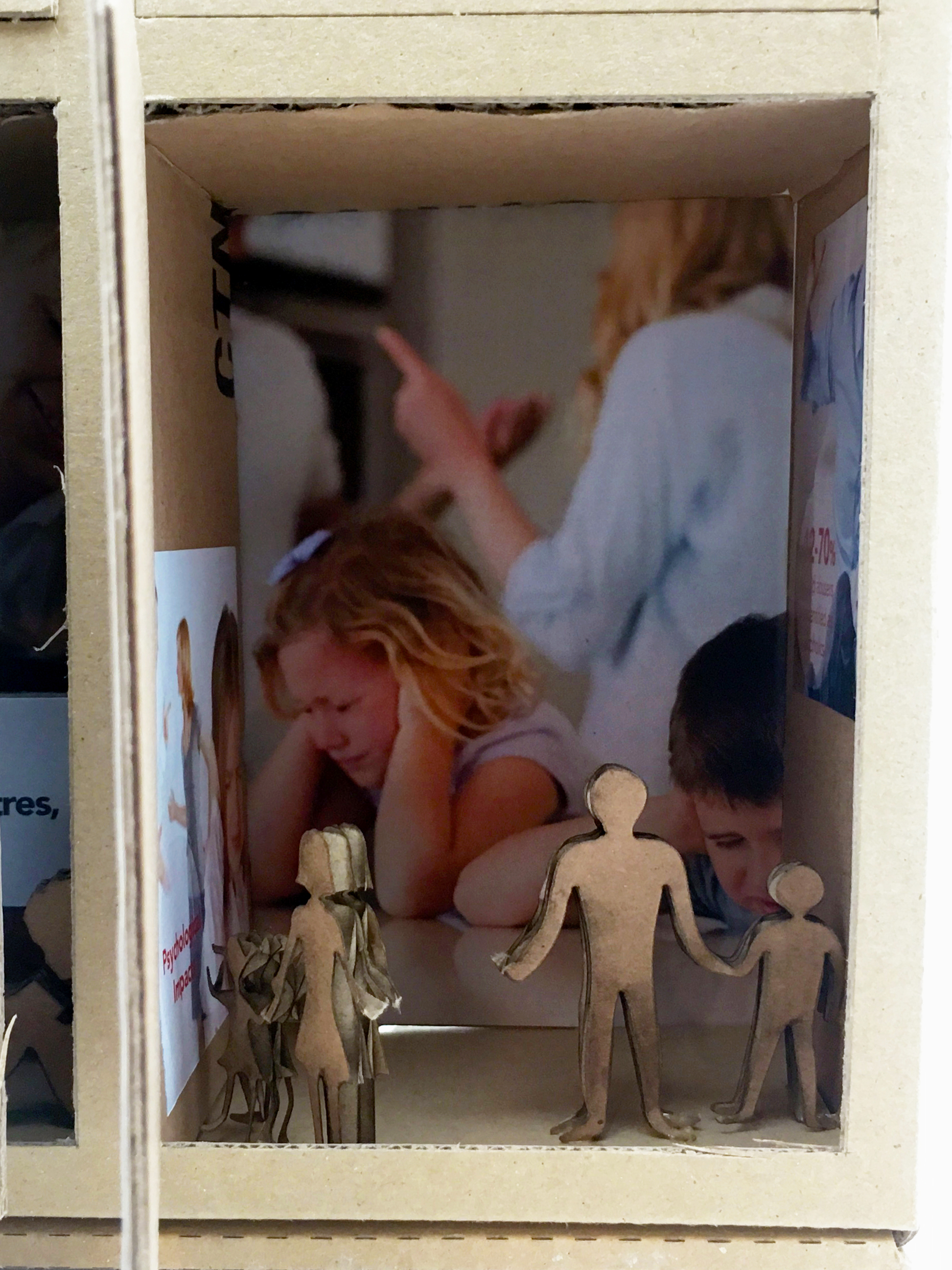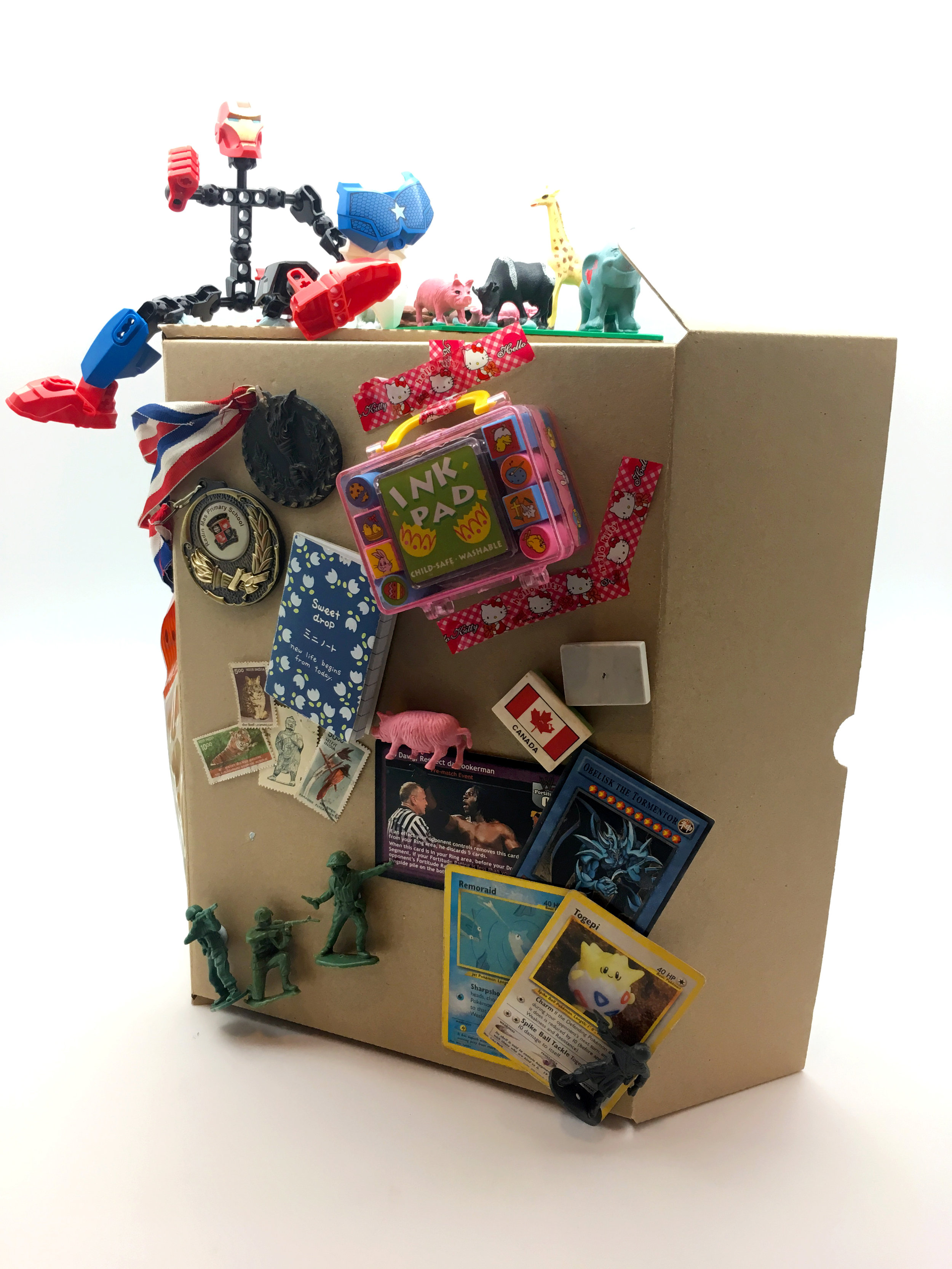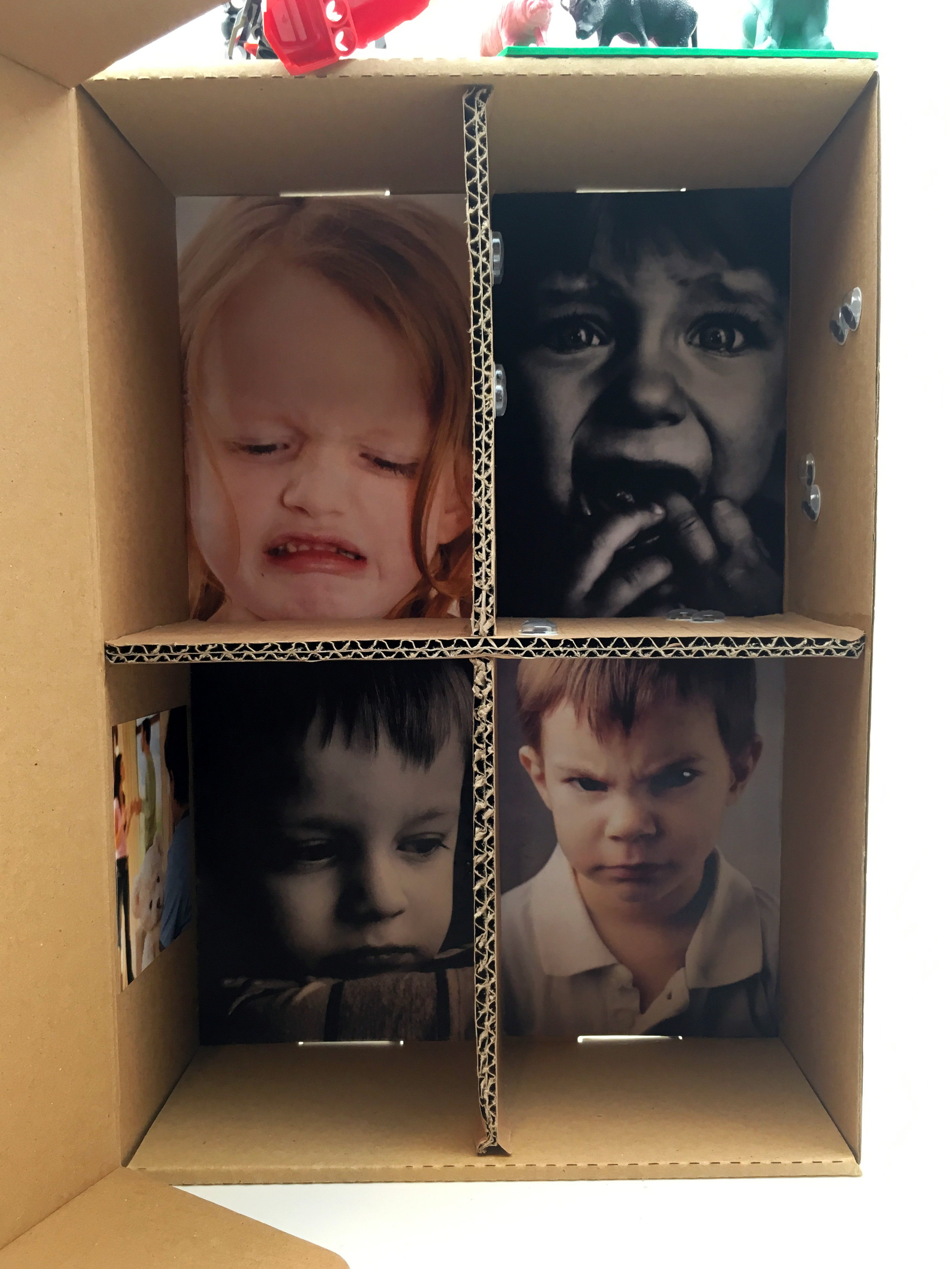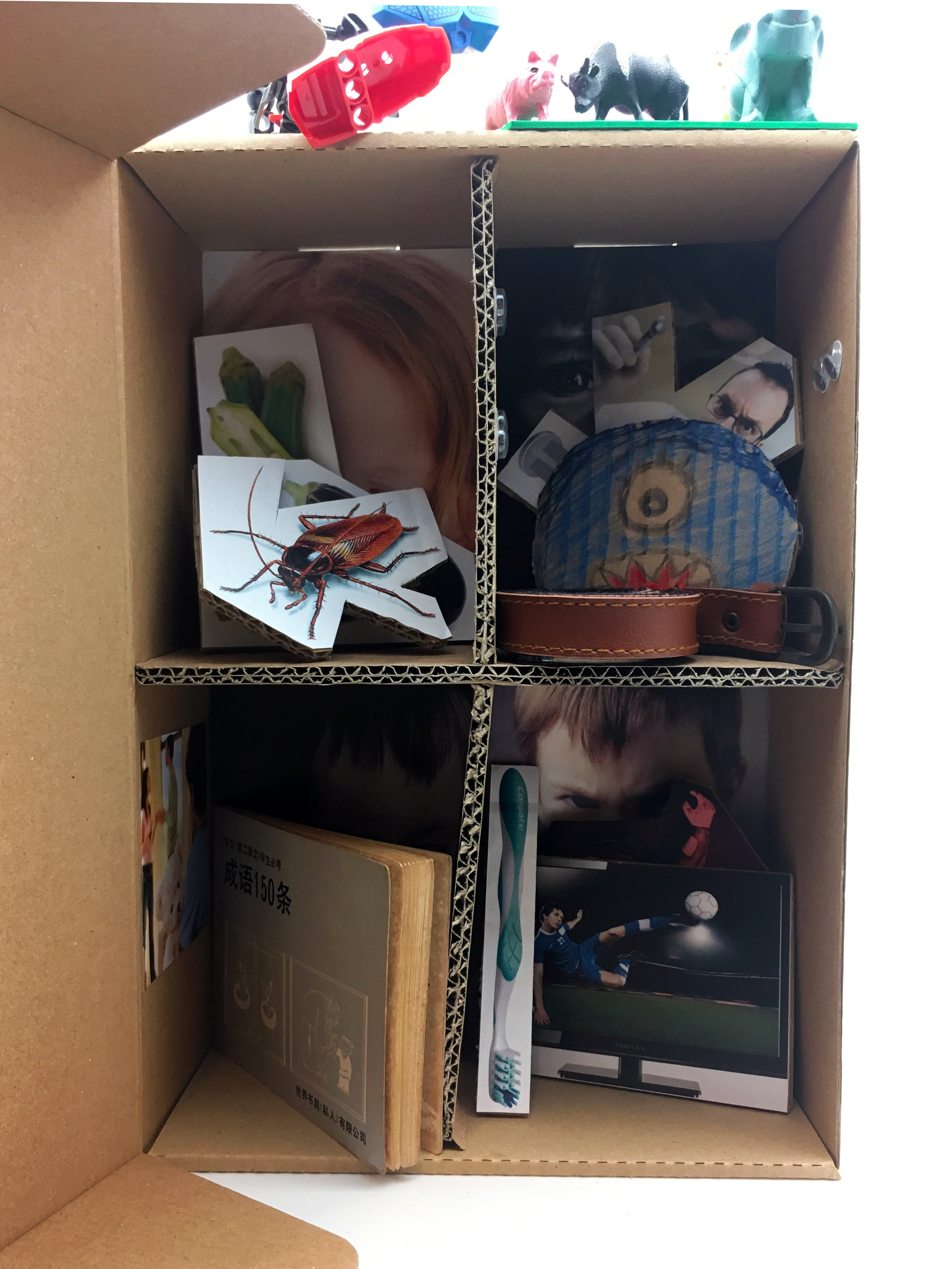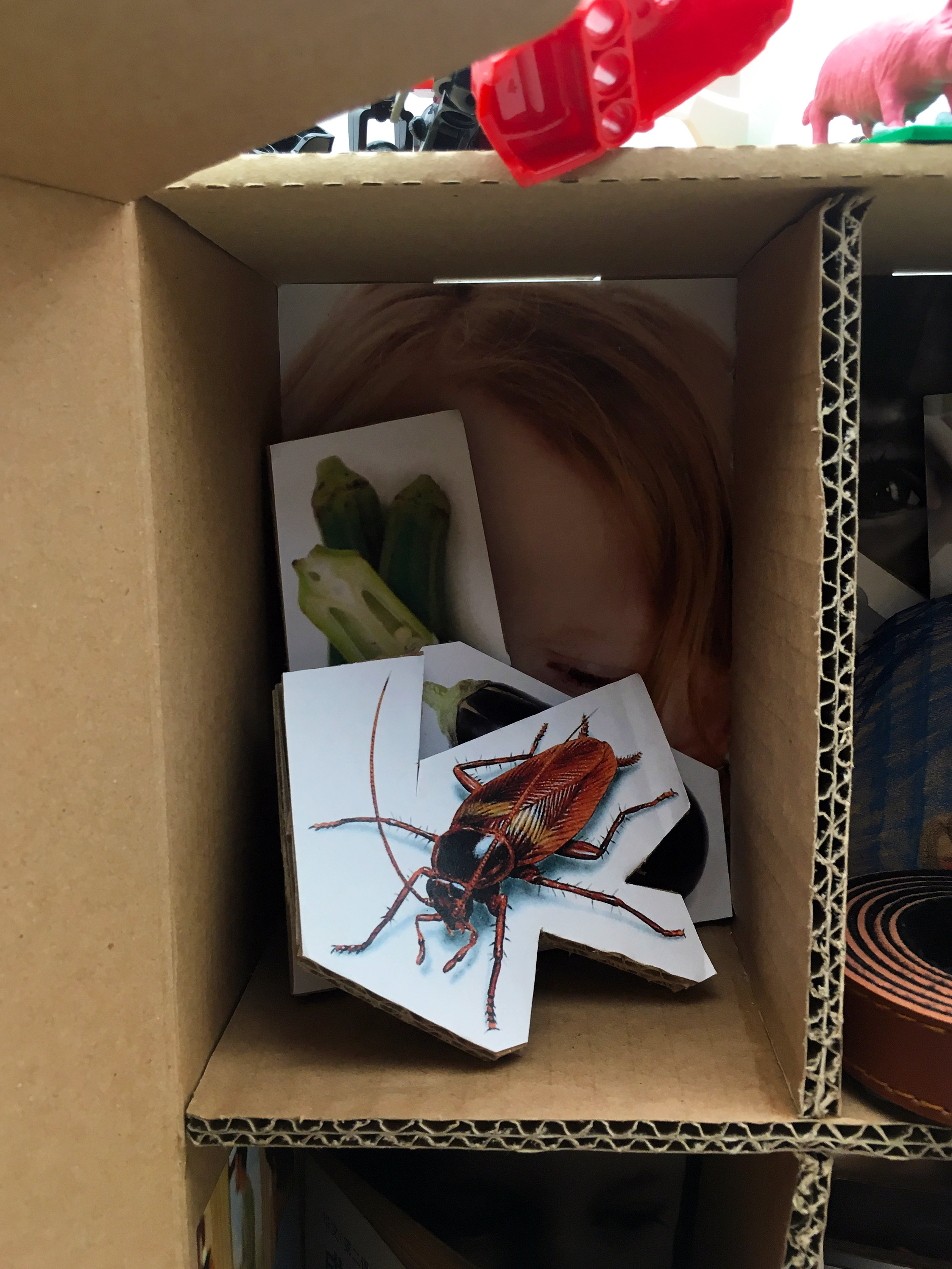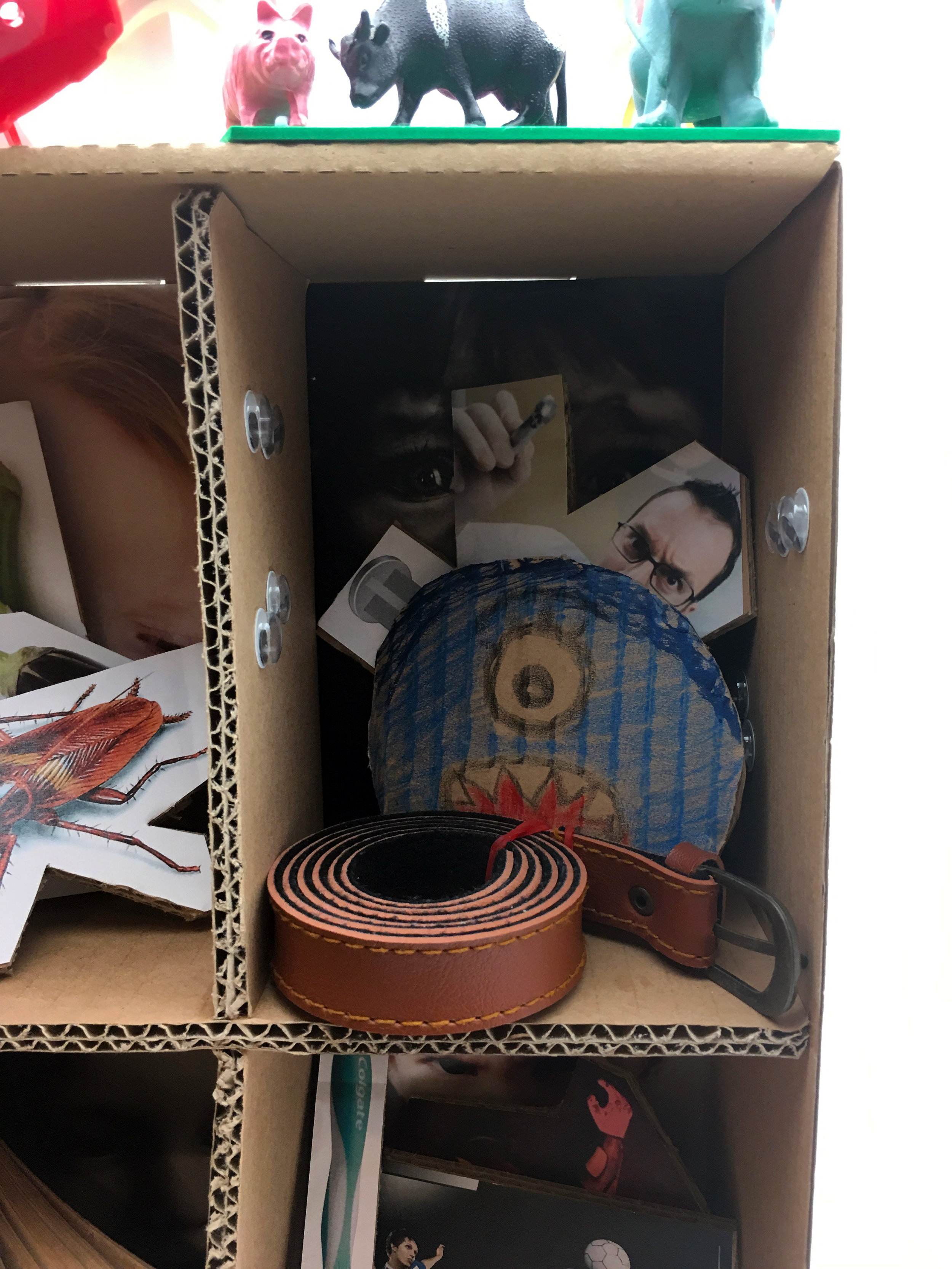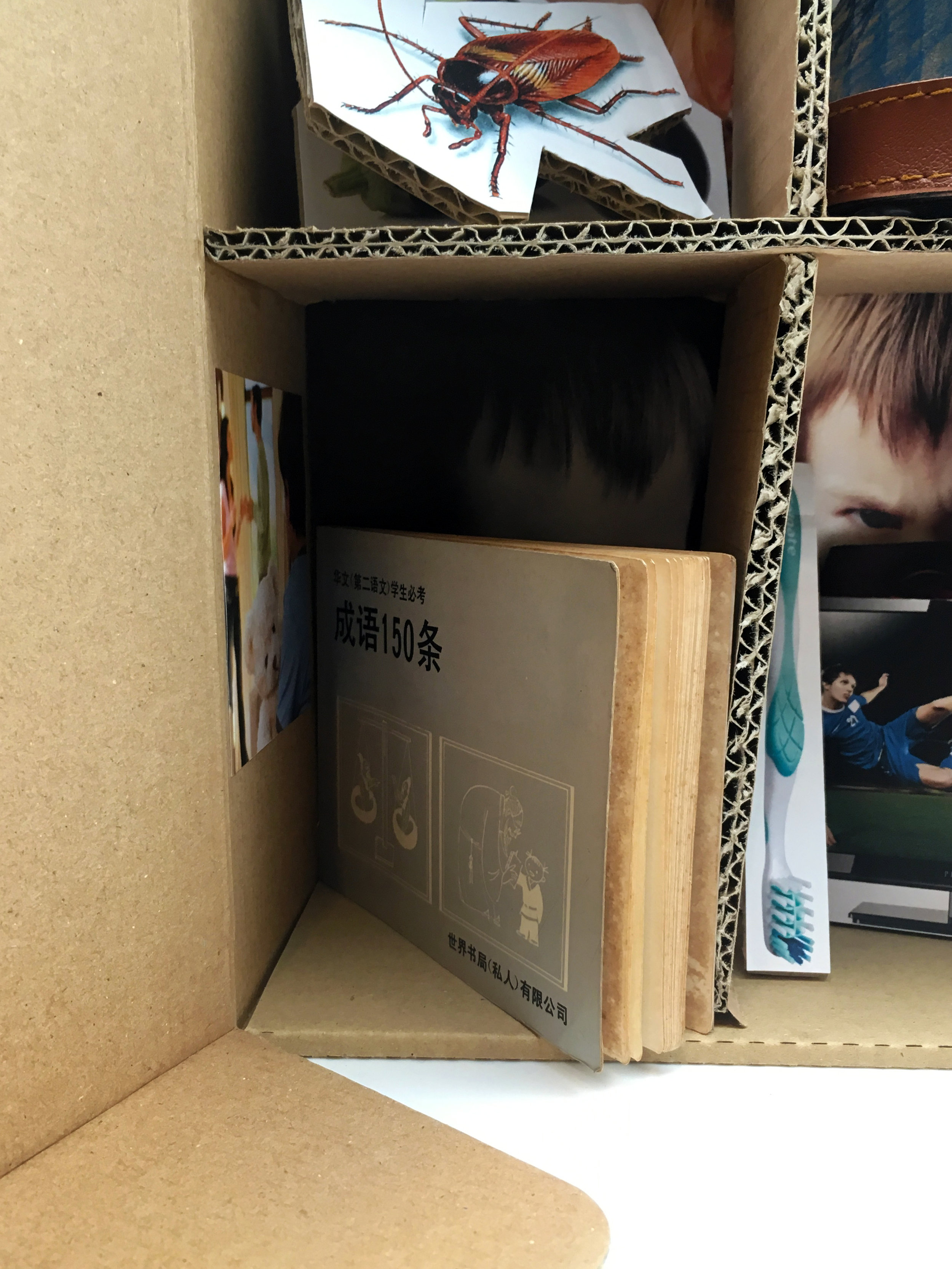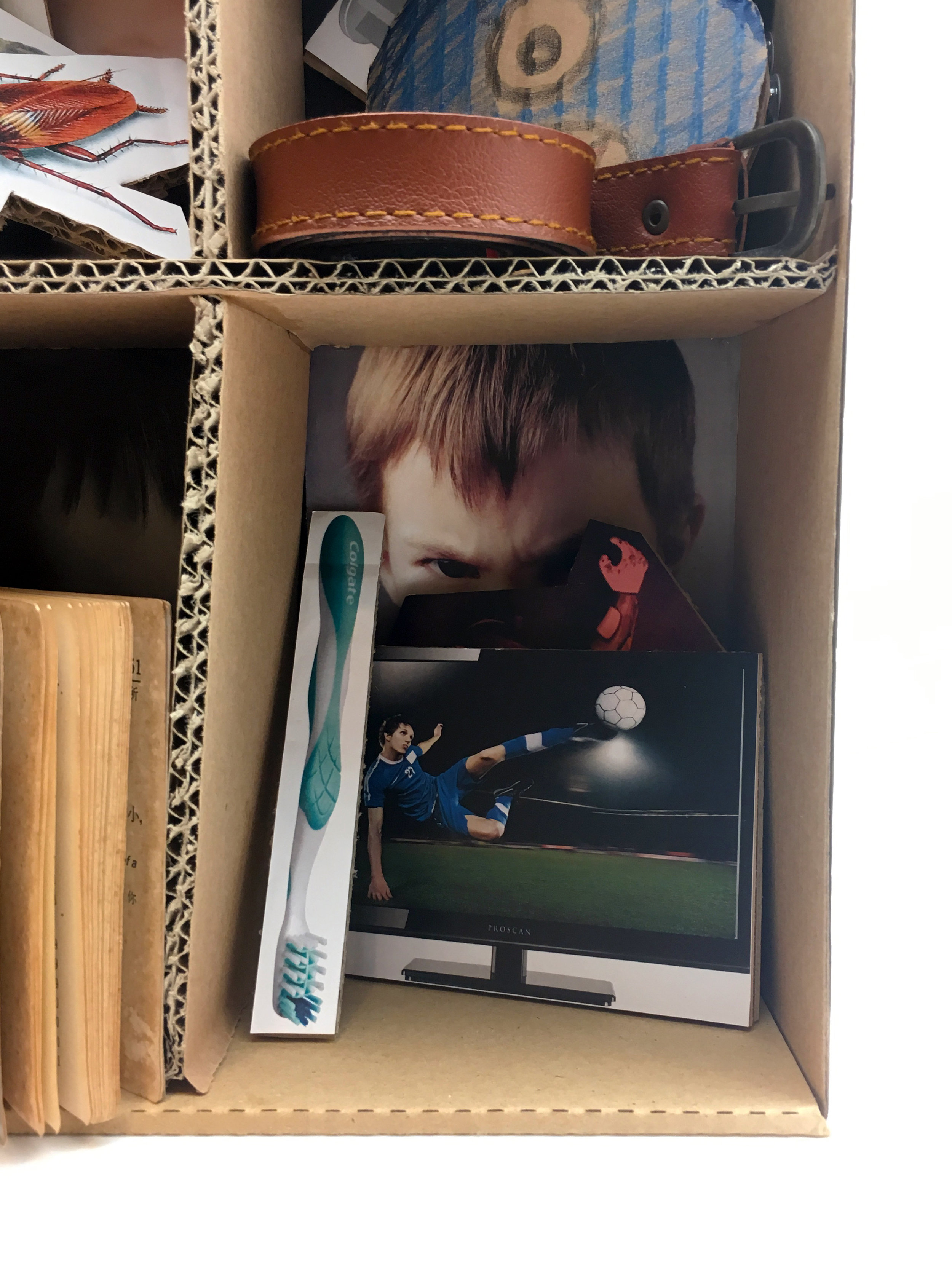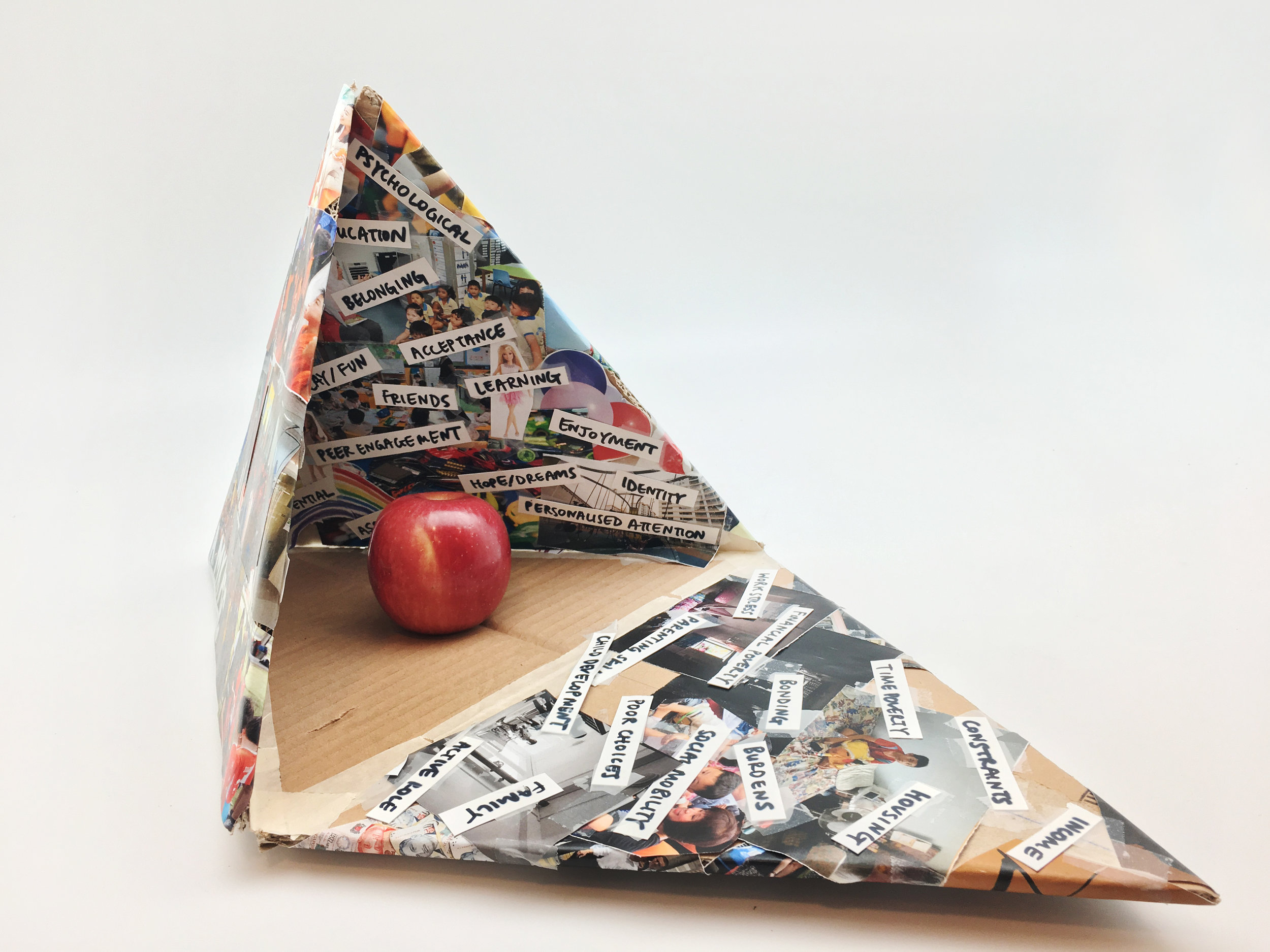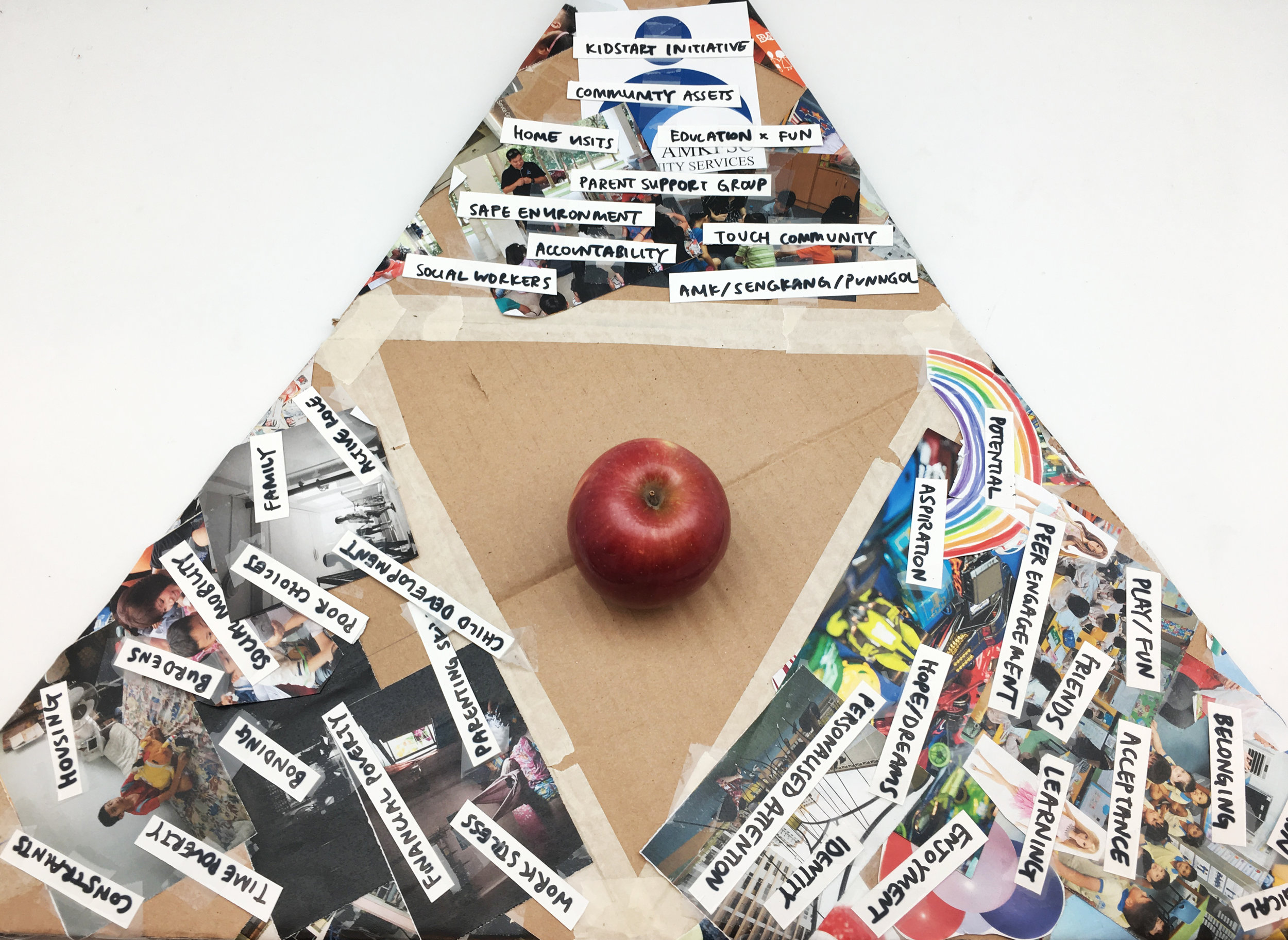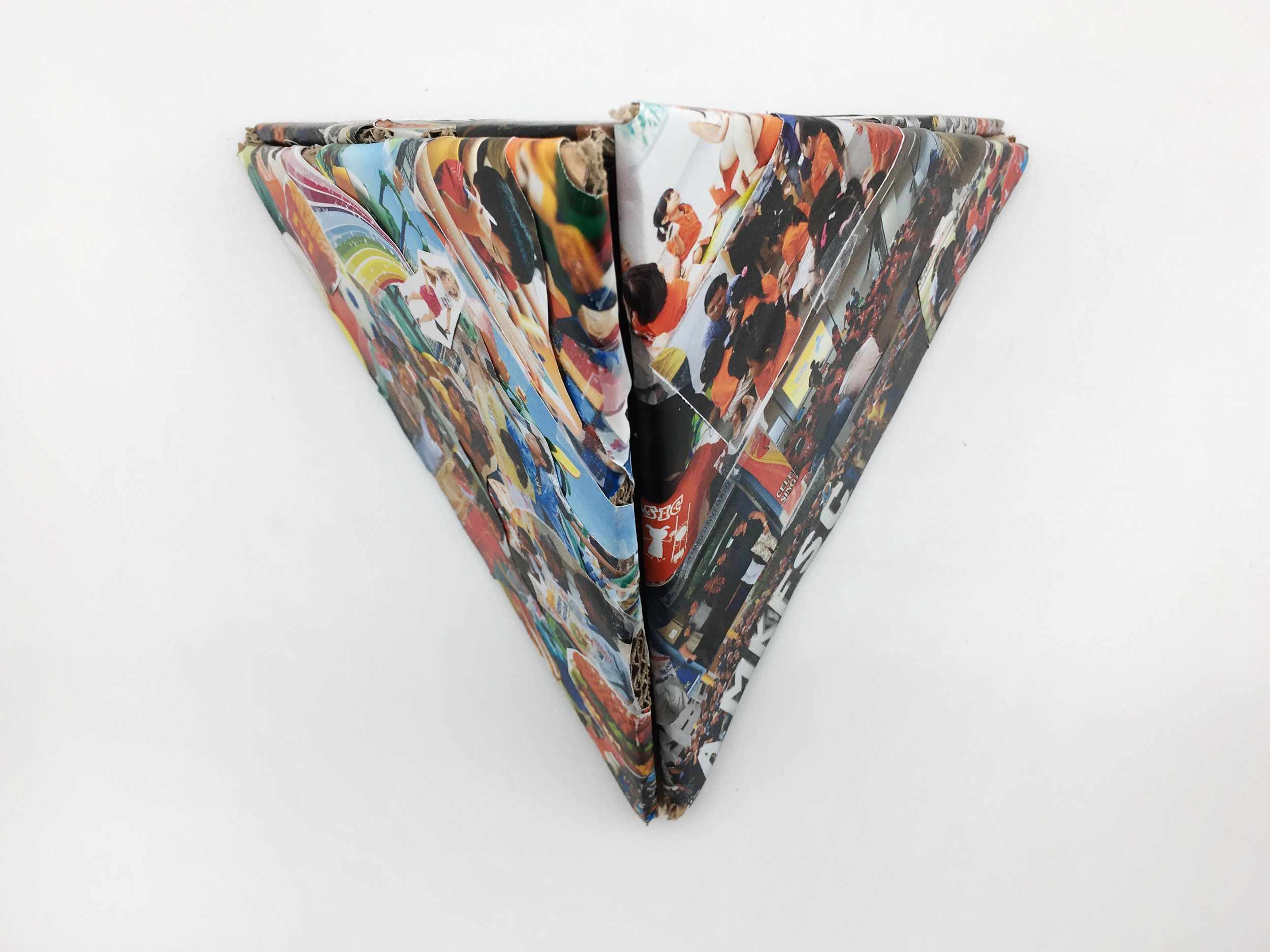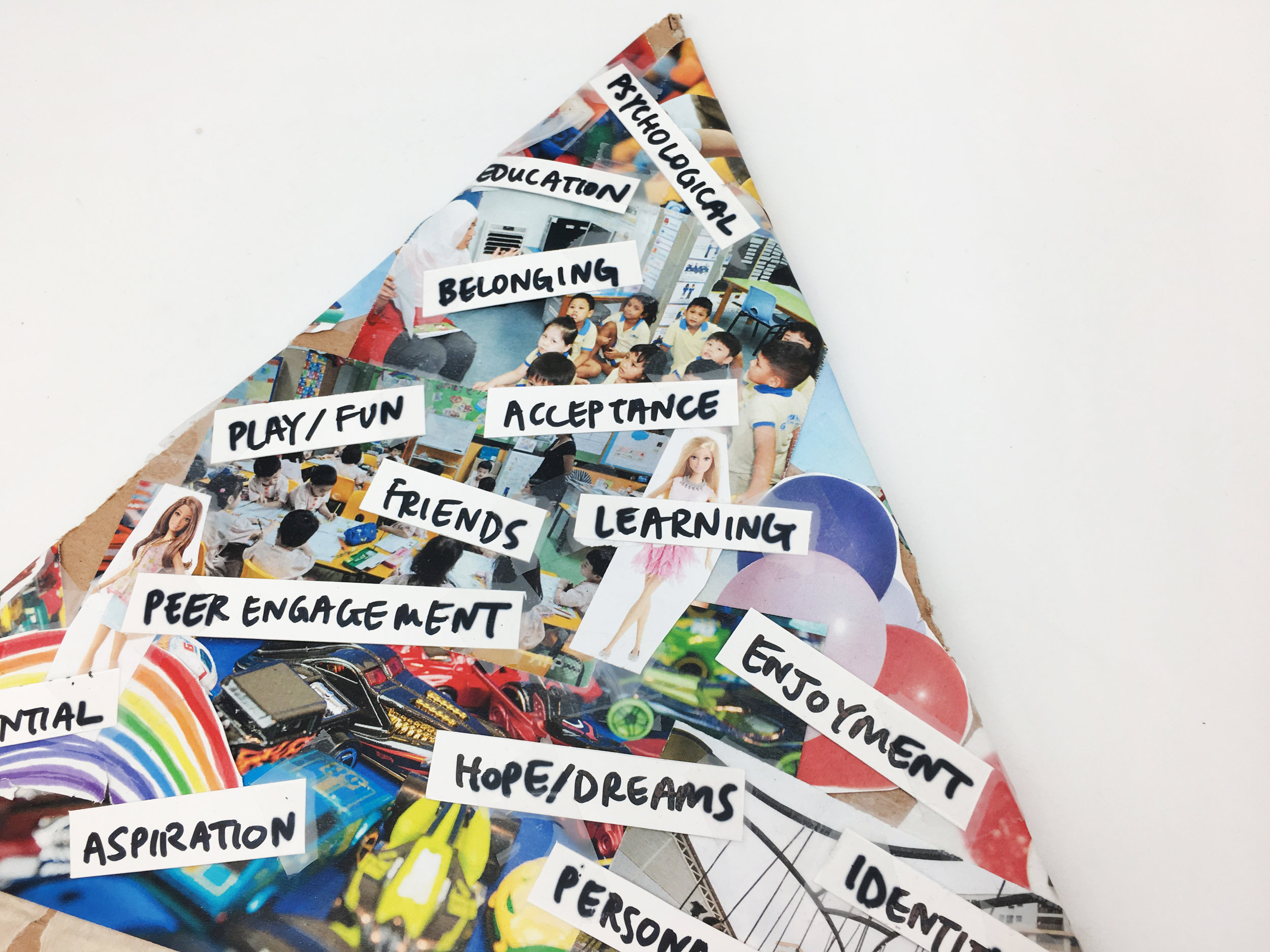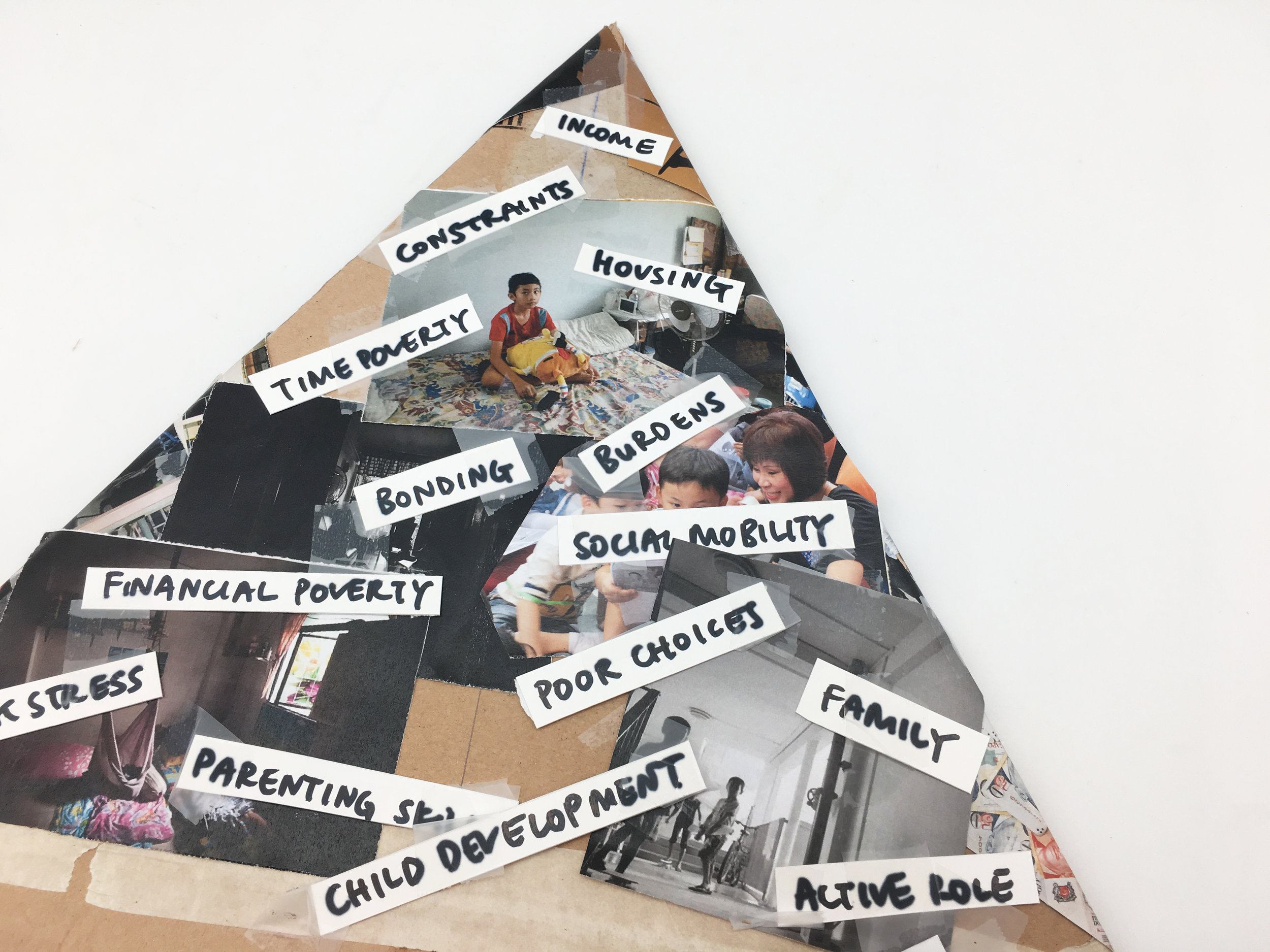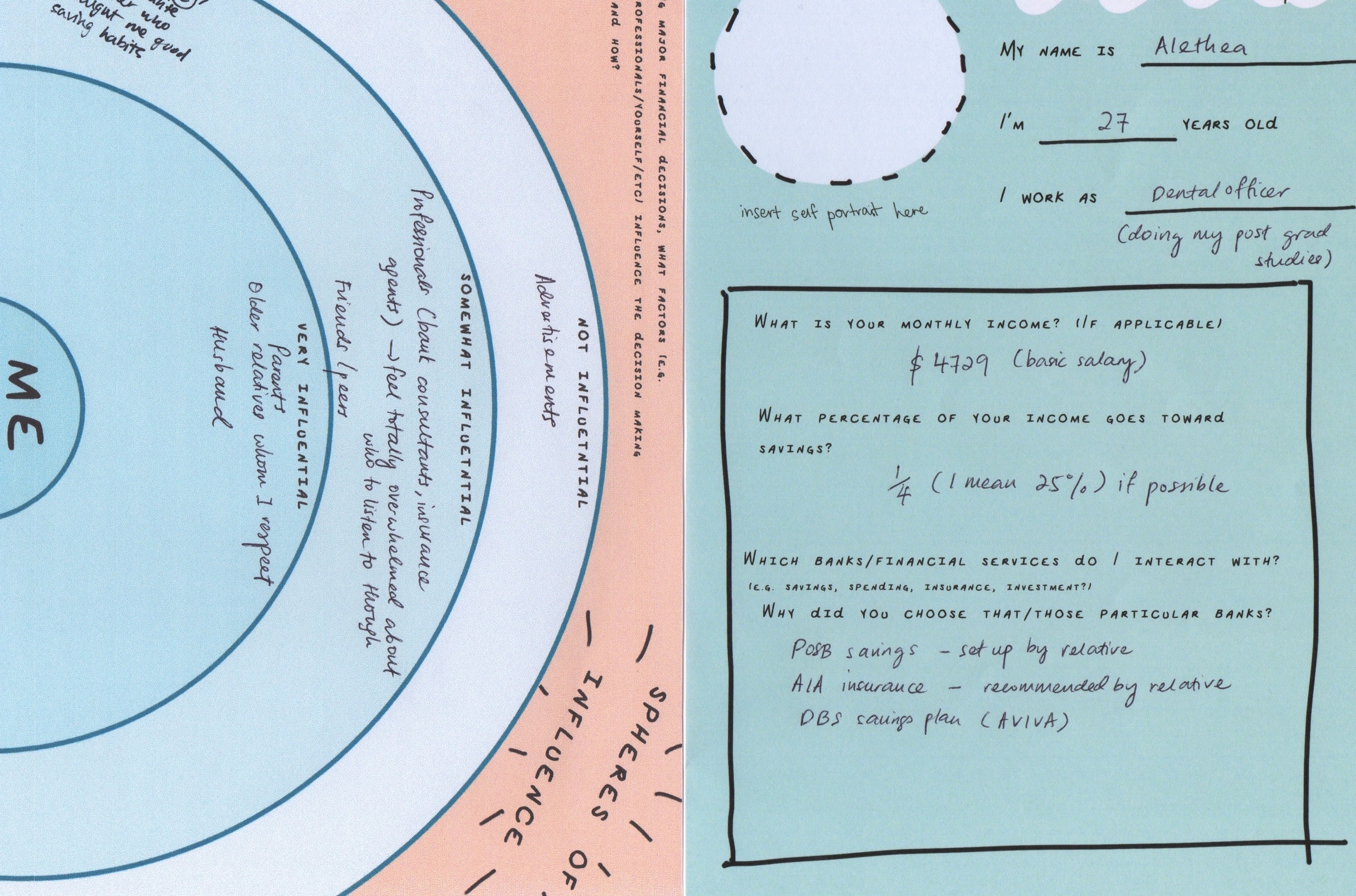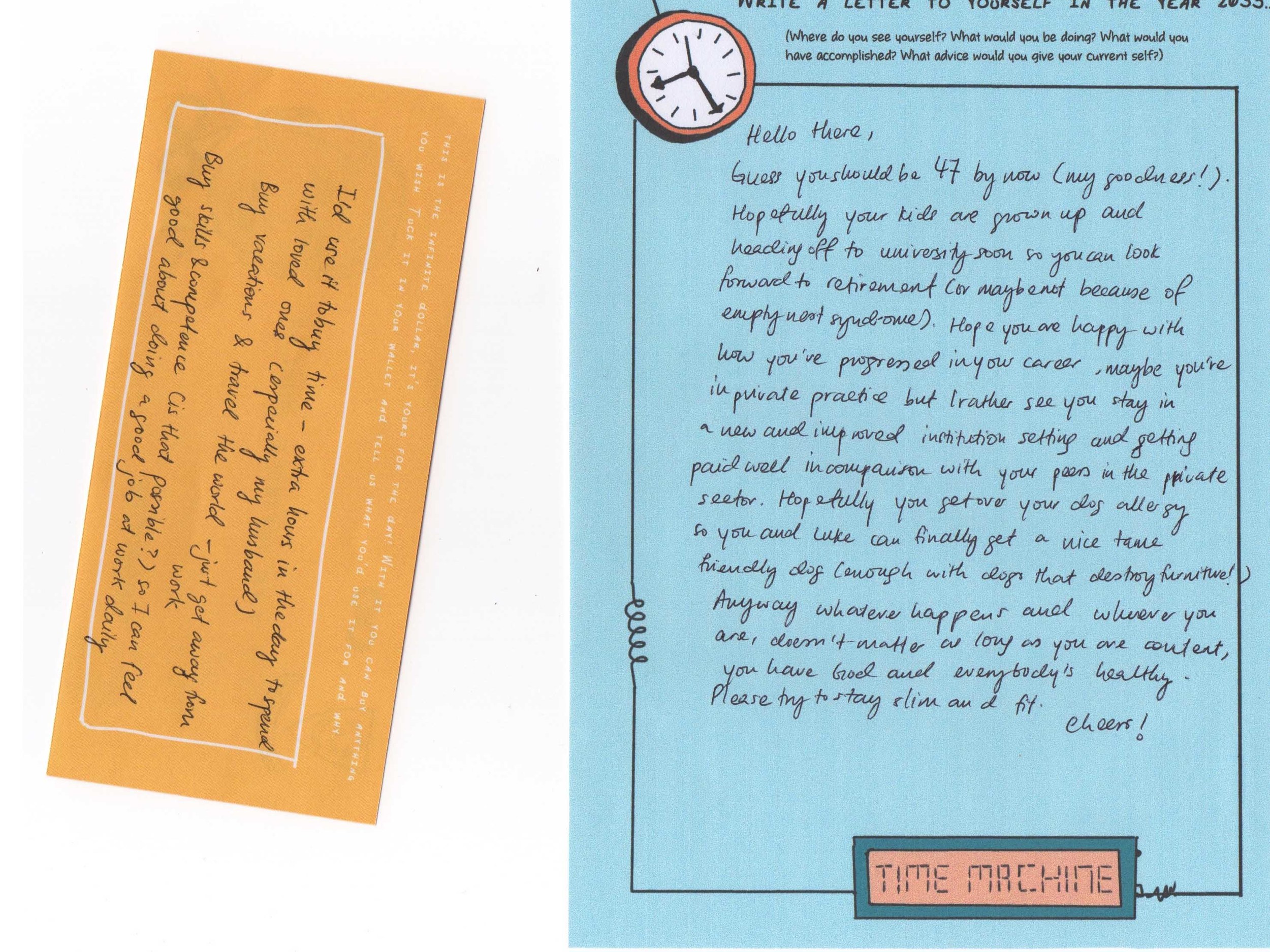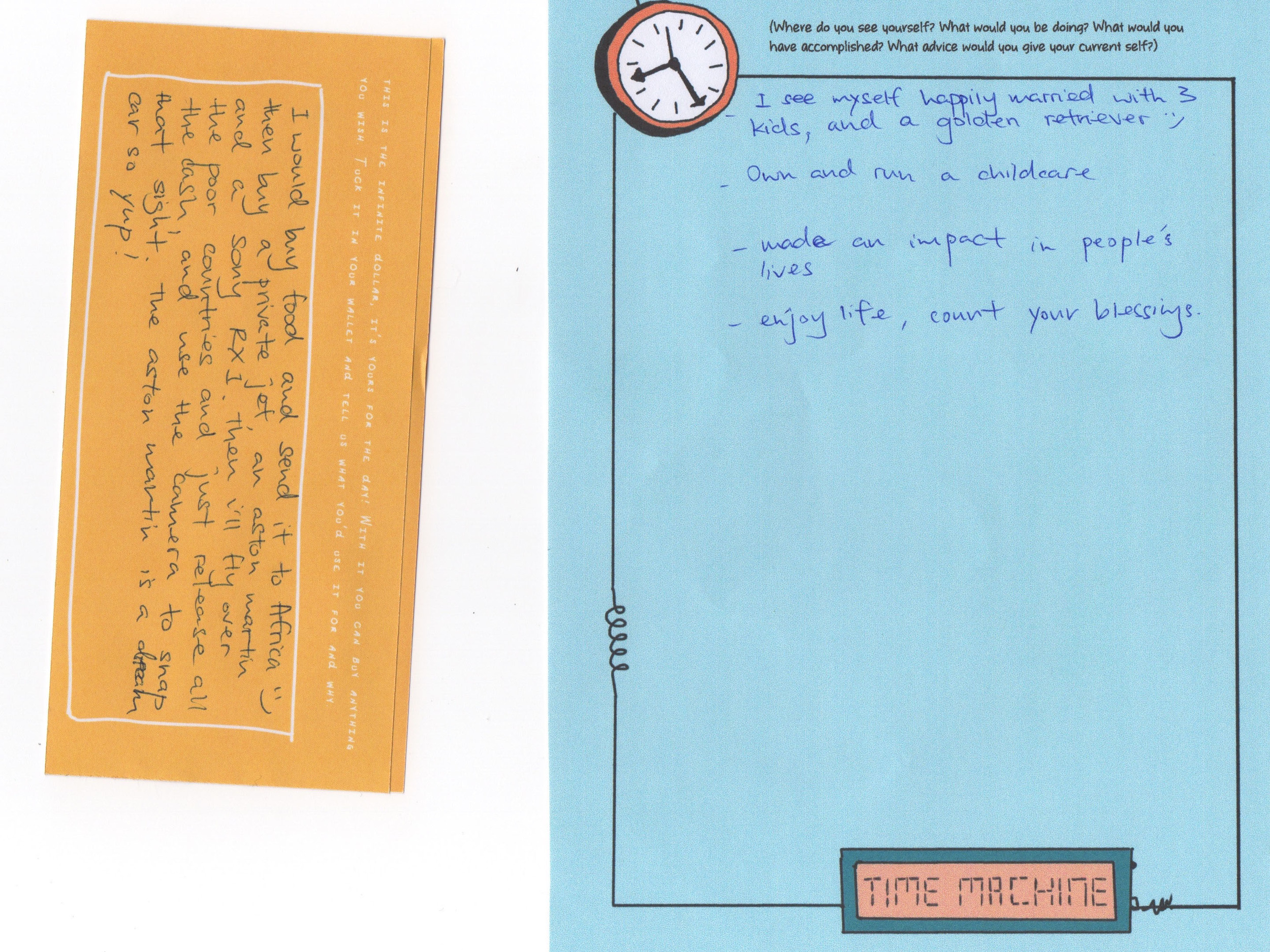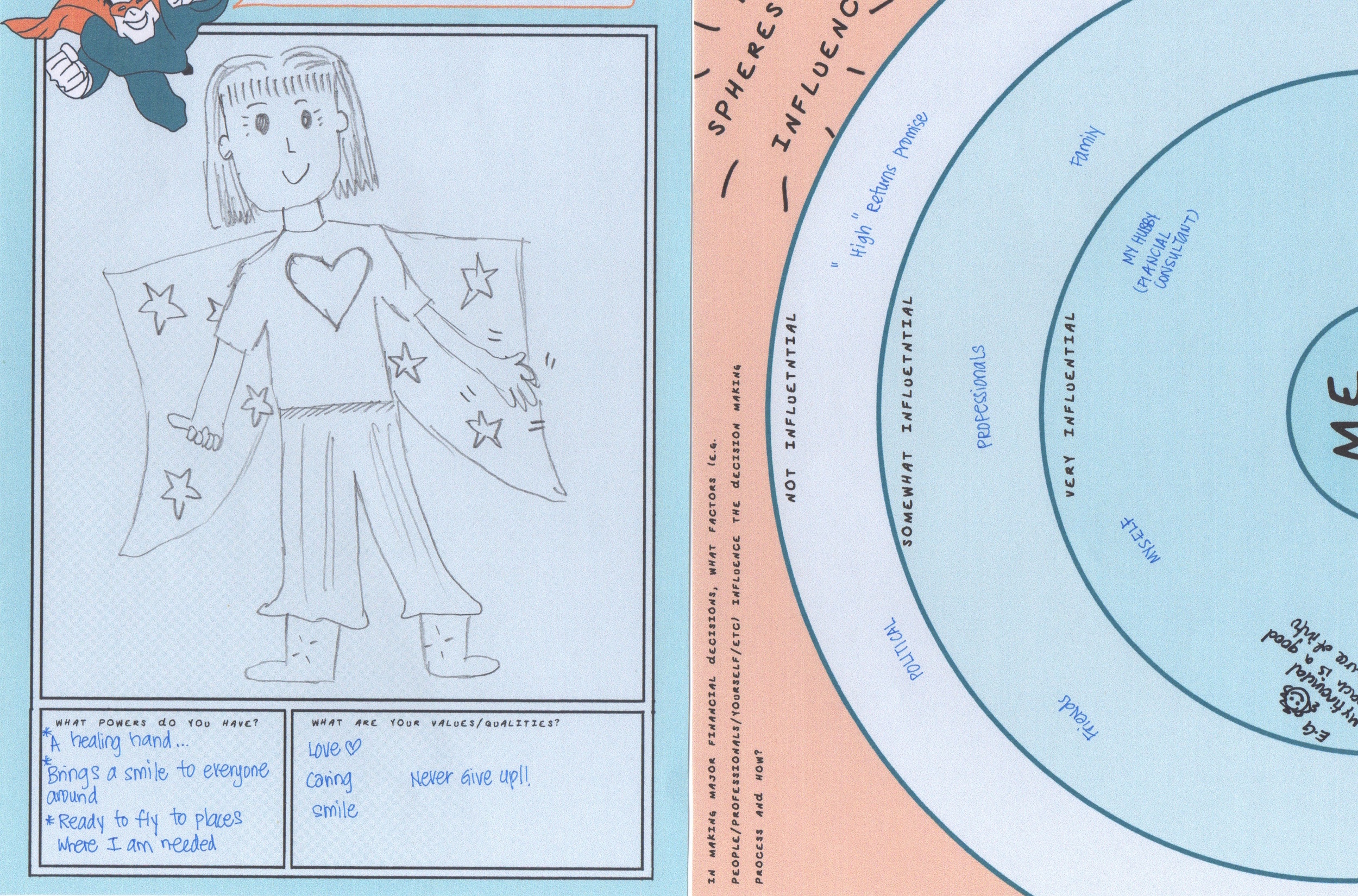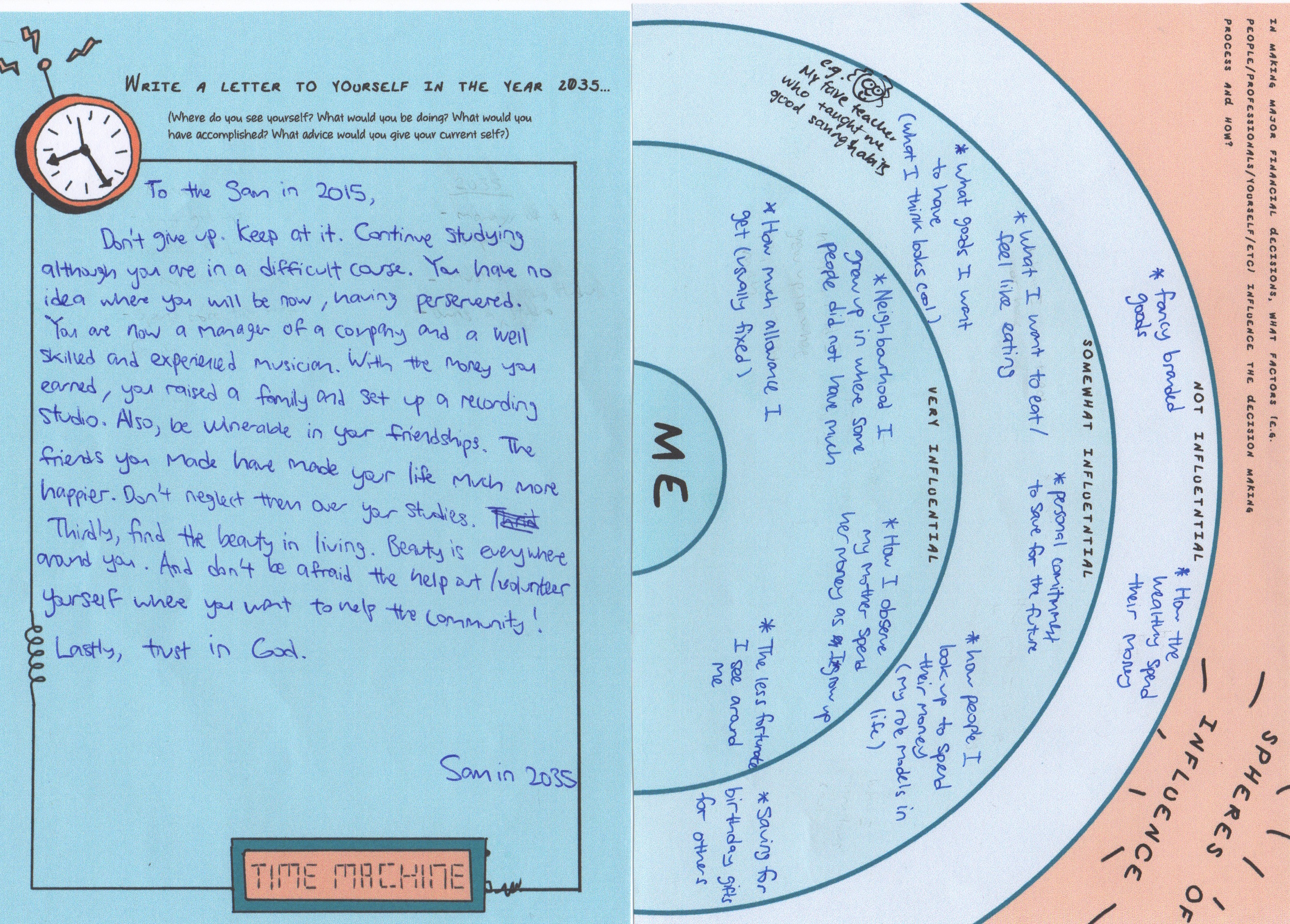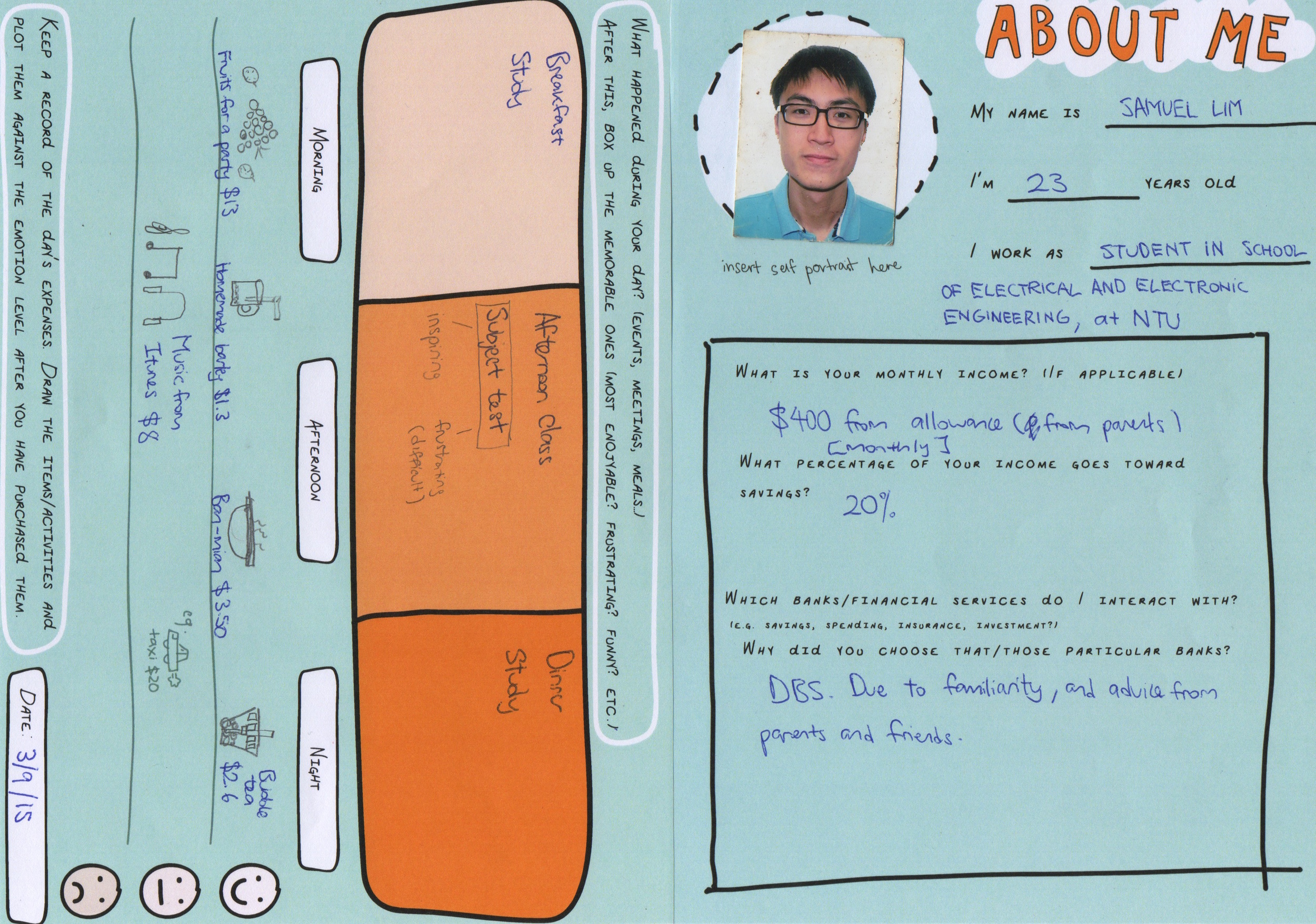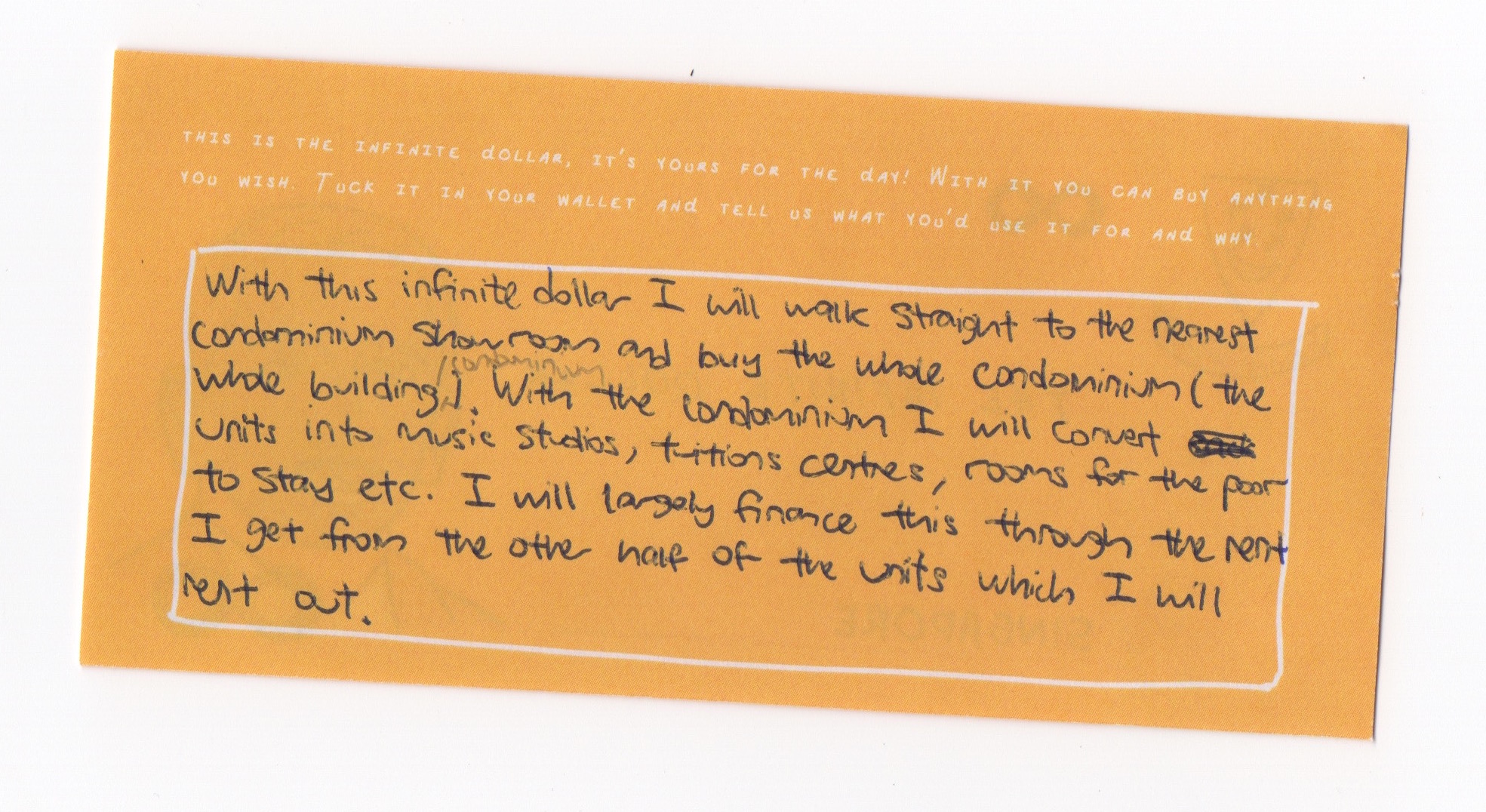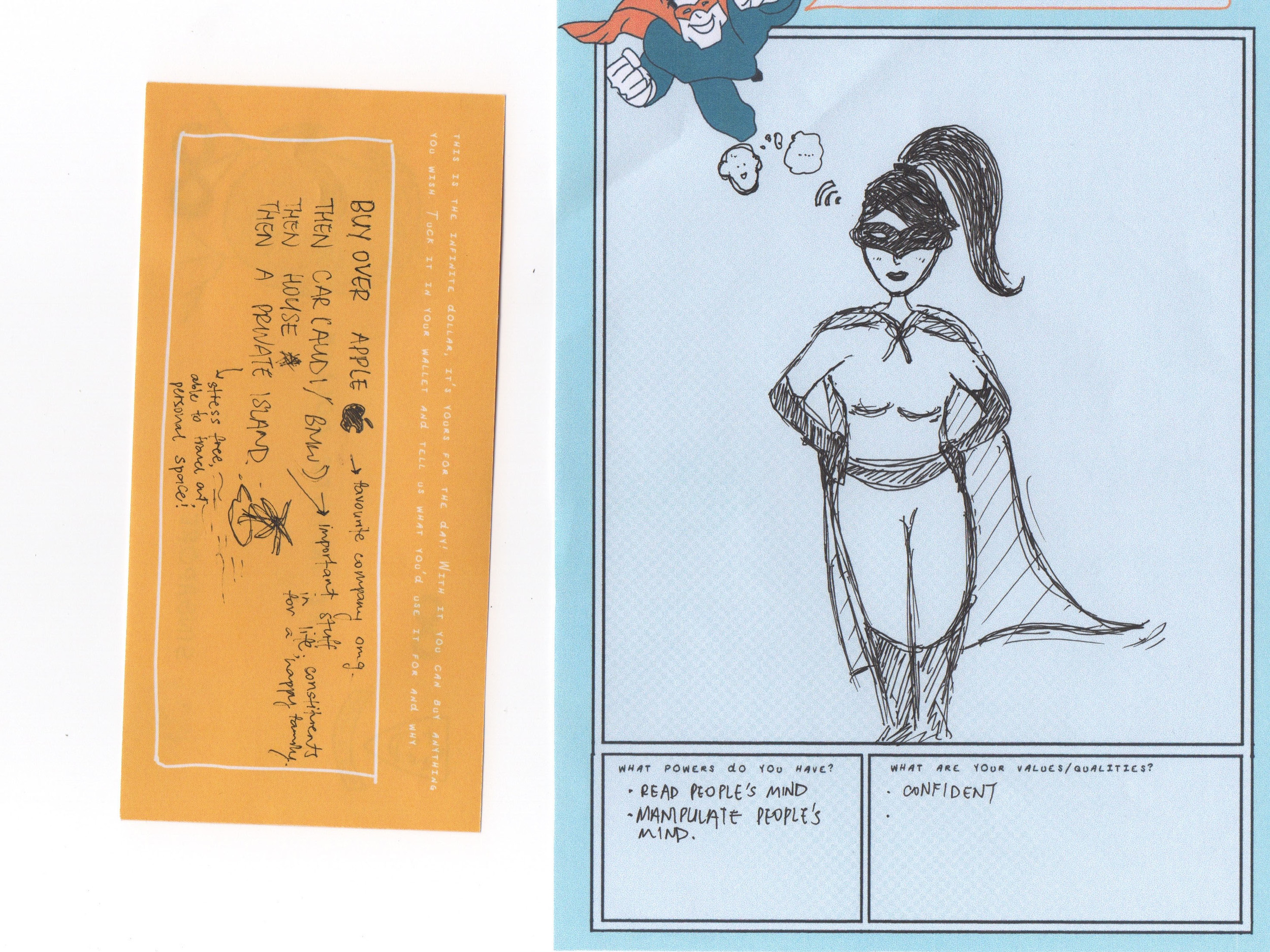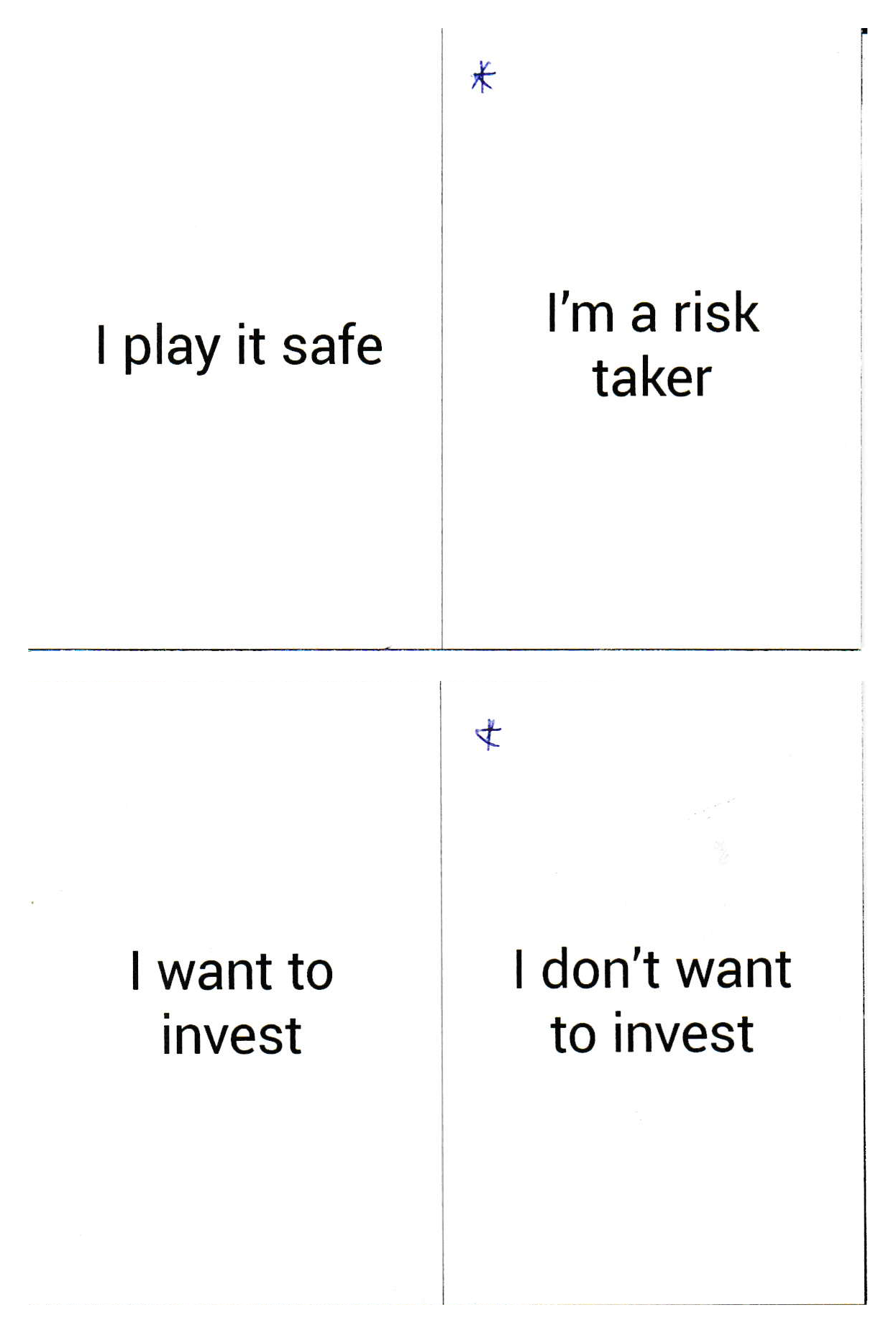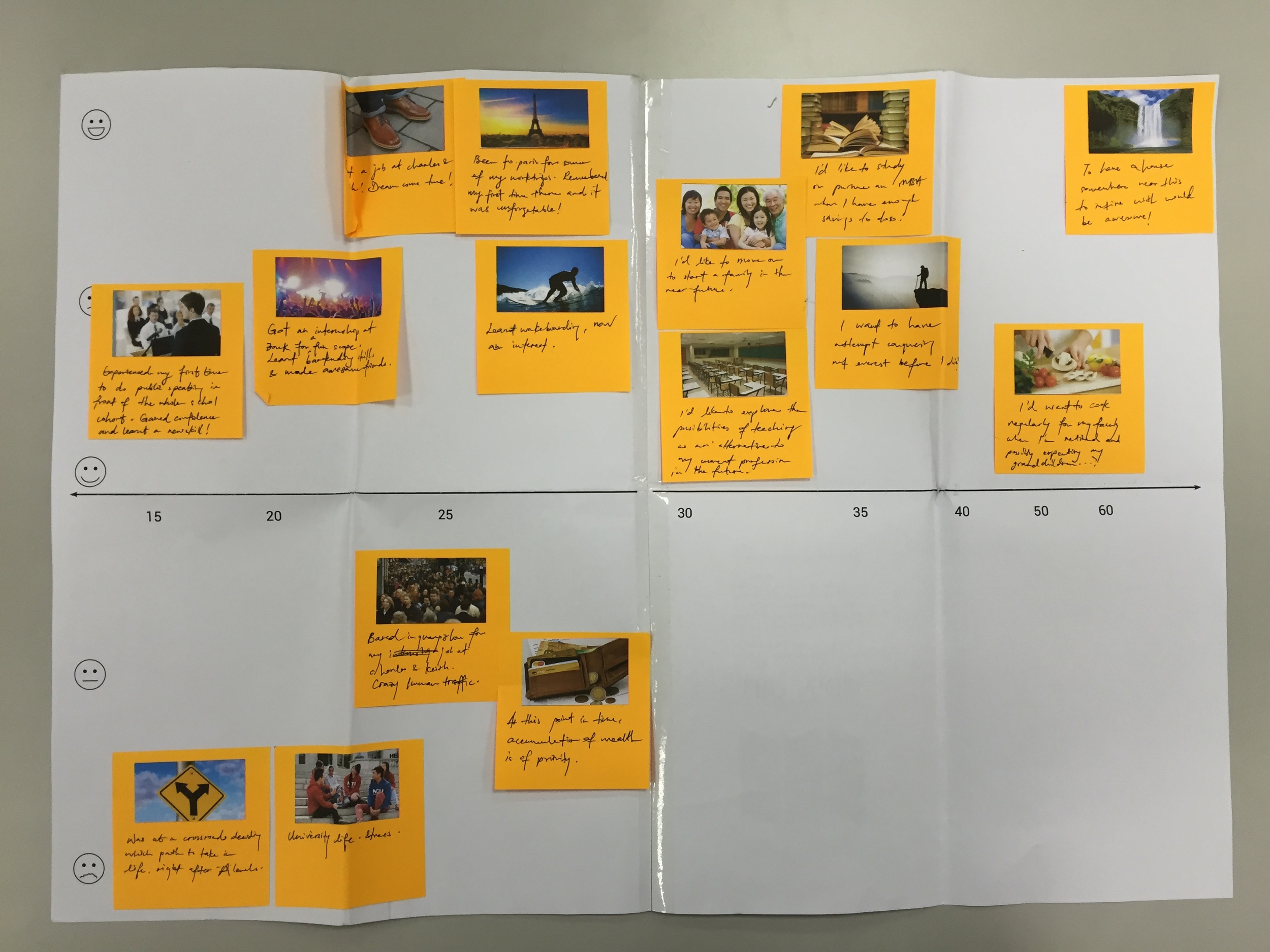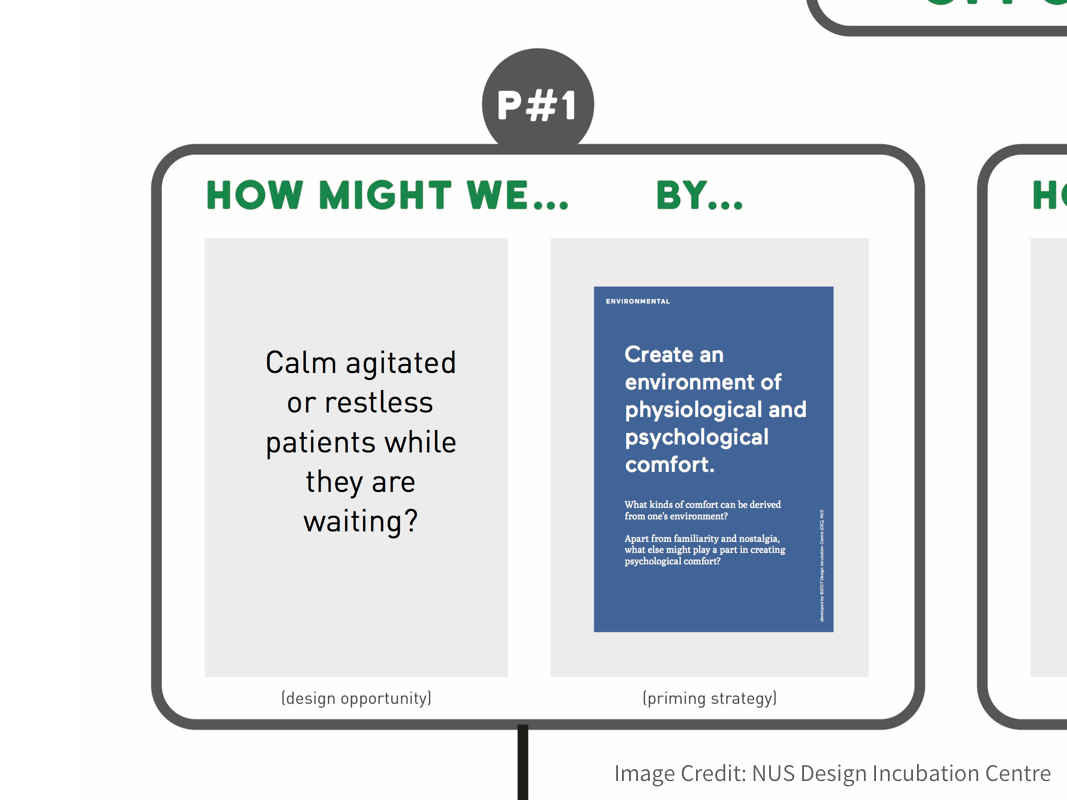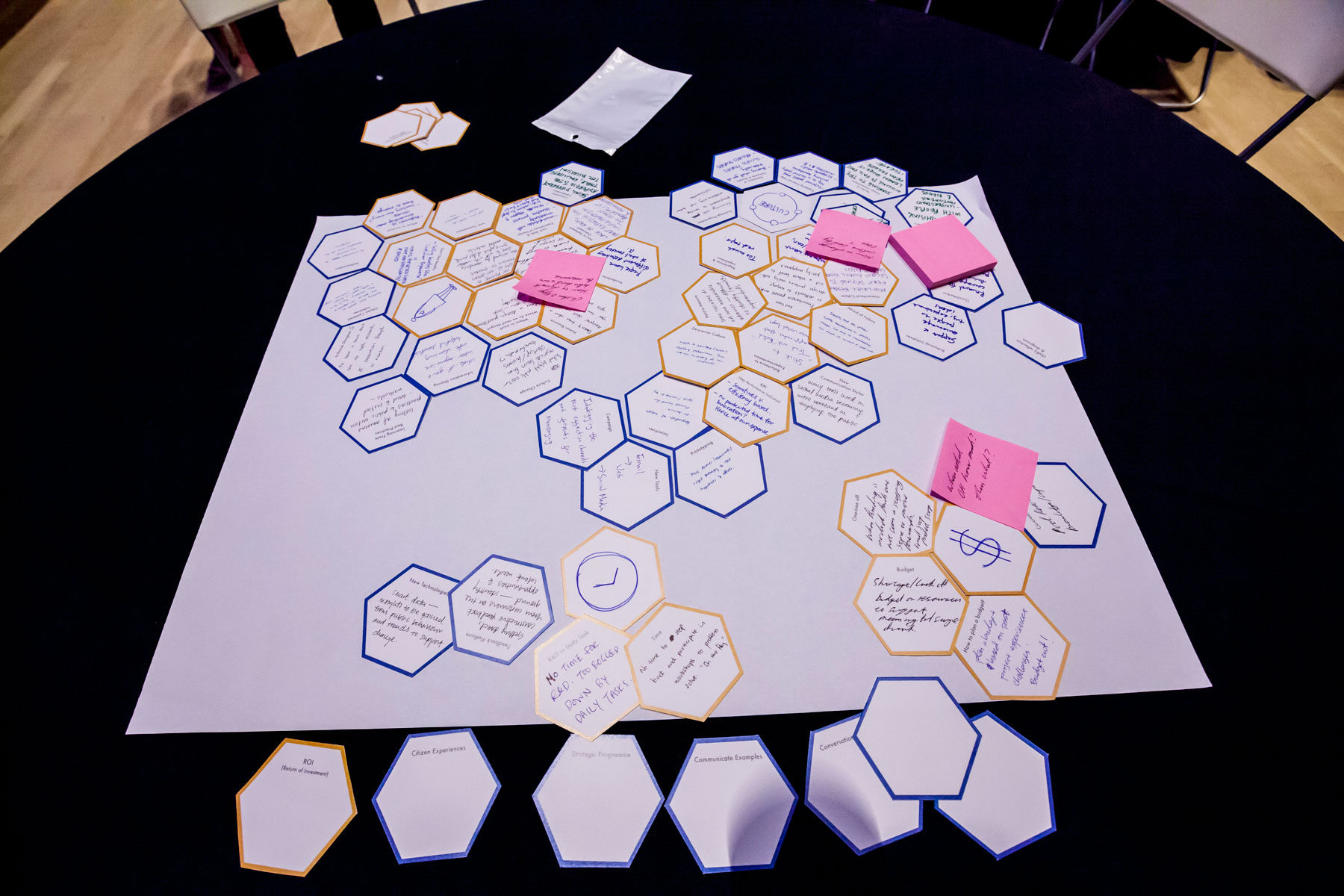“A nudge is any aspect of choice architecture that alters people’s behaviour in a predictable way, without forbidding any options or significantly changing their incentives.” - Thaler & Sunstein, (2008) ‘Nudge’
The idea of a ‘nudge’ was first introduced as a behavioral economic concept by Thaler and Sunstein in their book ‘Nudge’, detailing how small but deliberate changes can influence decision-making in a significant way.
“A prime is a type of nudge, that uses subtle influence to increase the ease with which certain information comes to mind.” With the use of a prime, a designer can subtly alter a person’s behaviour through eliciting rationality that enables one to achieve long term positive outcomes, without having to implement significant changes.
For our project, we collaborated with the Design Incubation Centre to conduct a Nudge Workshop for 18 design students. With the introduction of priming strategies, we wanted to demonstrate how a small but relevant design solution can have a significant impact. Prior to the workshop, students were tasked to identify several problem areas in their own projects. During the workshop, students were then asked to consolidate their findings into Problem Statements according the following structure:
(problem)
because
(why is this a problem)
and need a way to
(do/achieve something).
This provided a guide for the students to dig deep, compelling them to pinpoint the root cause of the problem they just described. Through identifying the root cause of a problem, students were then able to define key opportunity areas that they can work on. These opportunities are translated into ‘How might we?’ statements, detailing the design opportunities for the project.
A deck of priming strategy cards, designed and developed by Design Incubation Centre, was introduced as a tool to induce the Priming Effect in real-world scenarios. Each card offers an actionable strategy as well as questions that provoke deeper thoughts. Designers can make use of priming strategies as enablers to come up with design inspiration and solutions.
Students were encouraged to find priming strategy cards that were relevant for their ‘How might we?’ statements and place them on the worksheets provided. As the priming strategy cards serve only as a prompt, the rewriting of the strategies for a more contextualized approach was encouraged. Coupling the ‘How might we?’ statements with priming strategy cards enabled students to discover new and relevant areas for ideation.
We share the examples of the Priming Strategy Toolkit to give inspiration to designers and students.
Credits to Design Incubation Centre.
Learn more about the Priming Strategy Toolkit here:
http://www.designincubationcentre.com/priming/toolkit/
